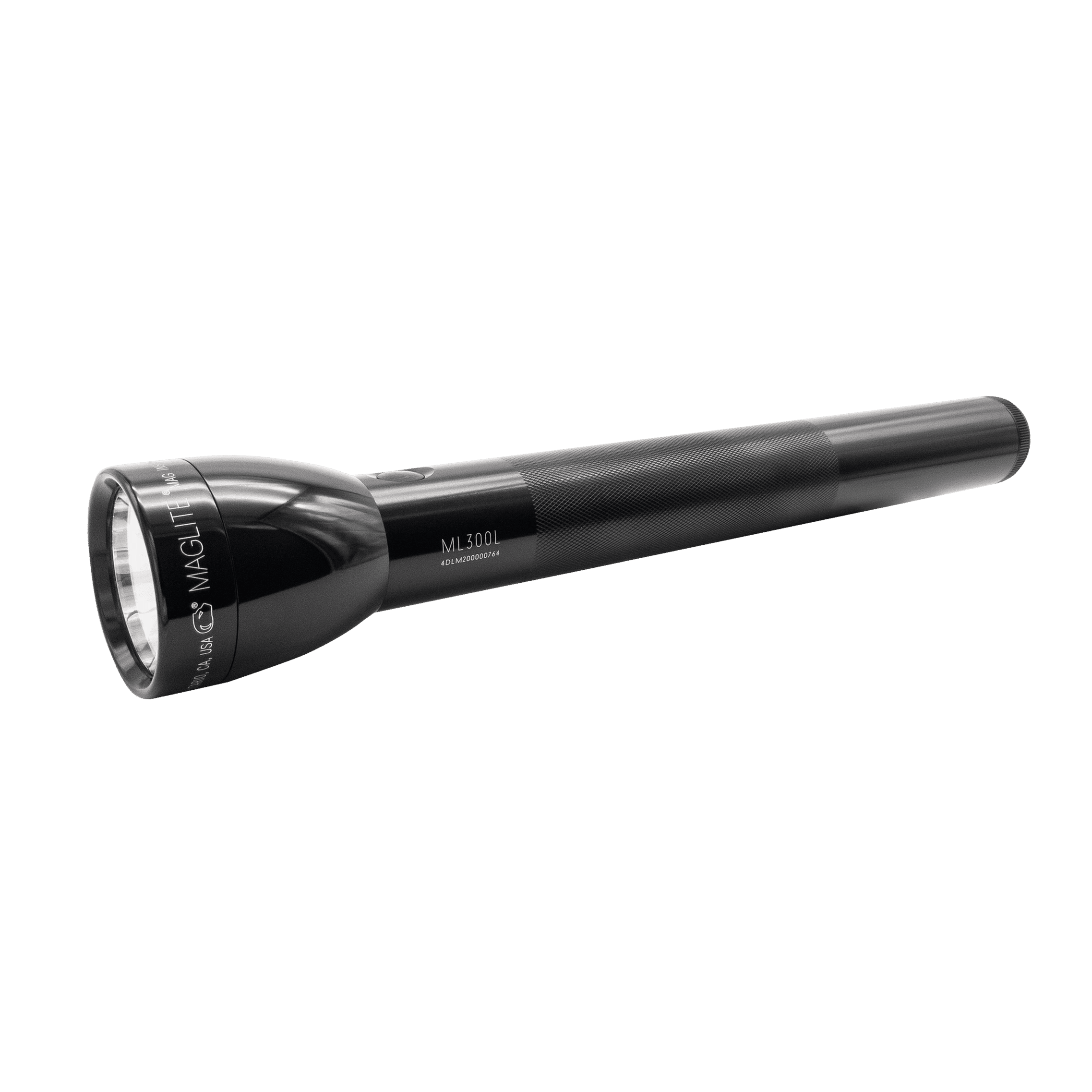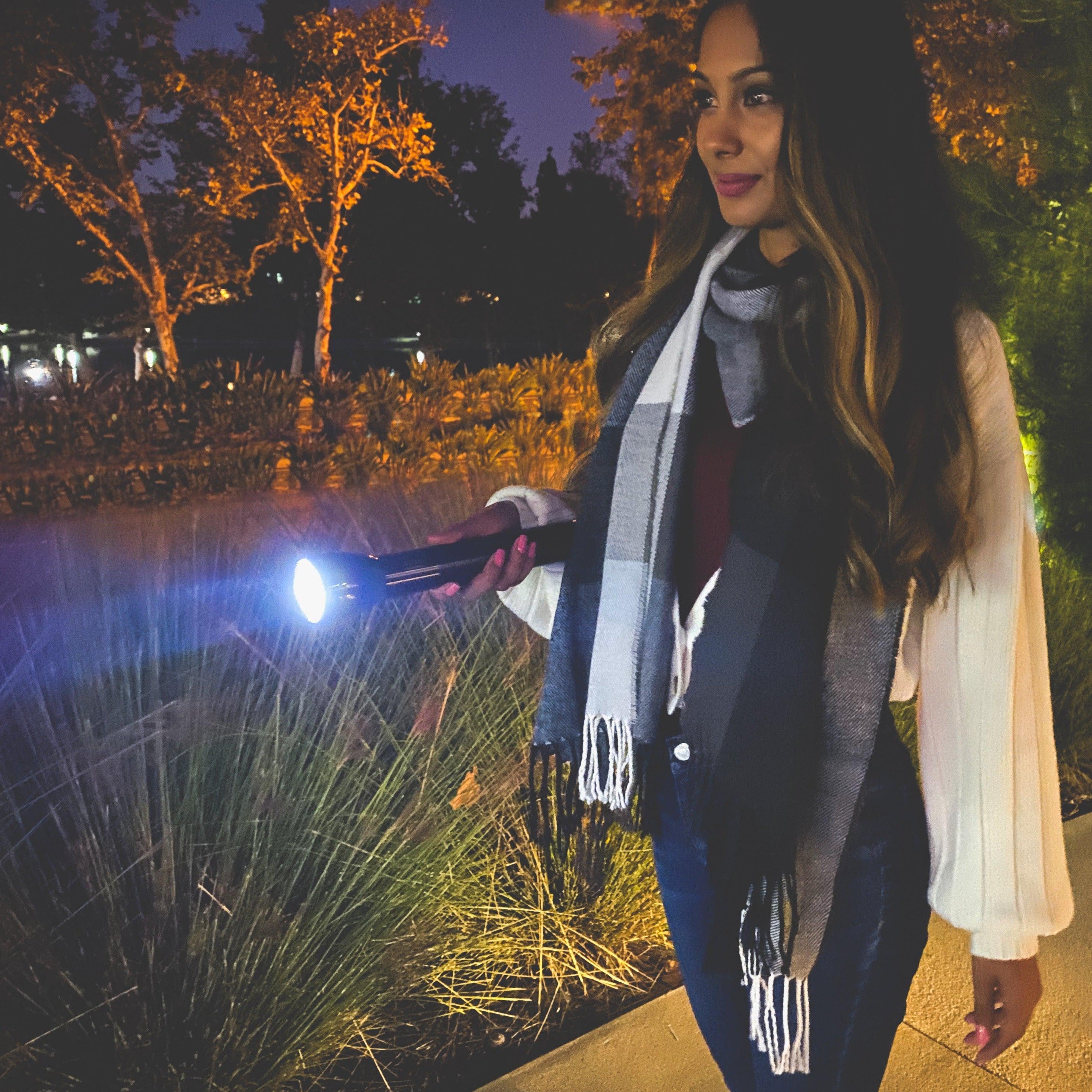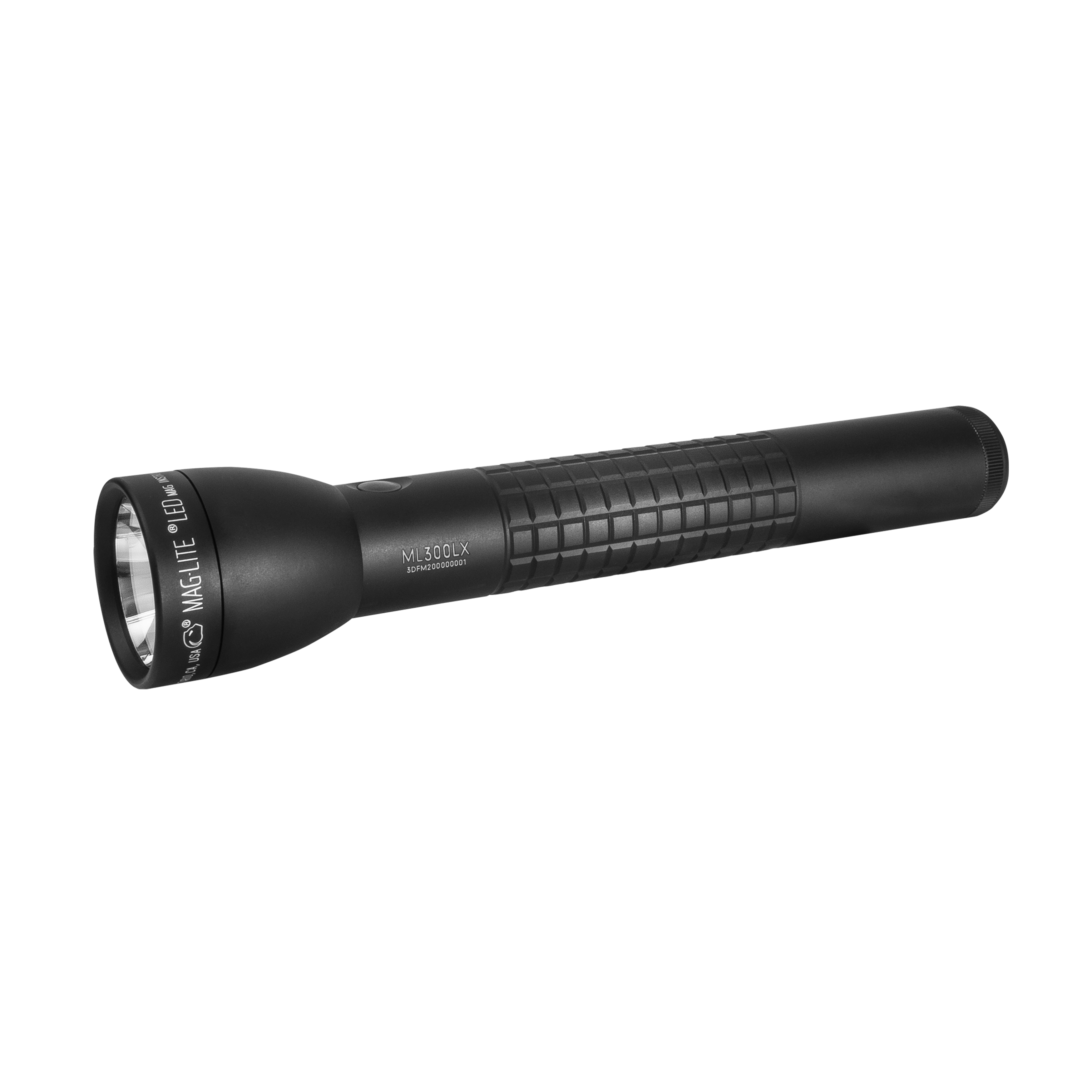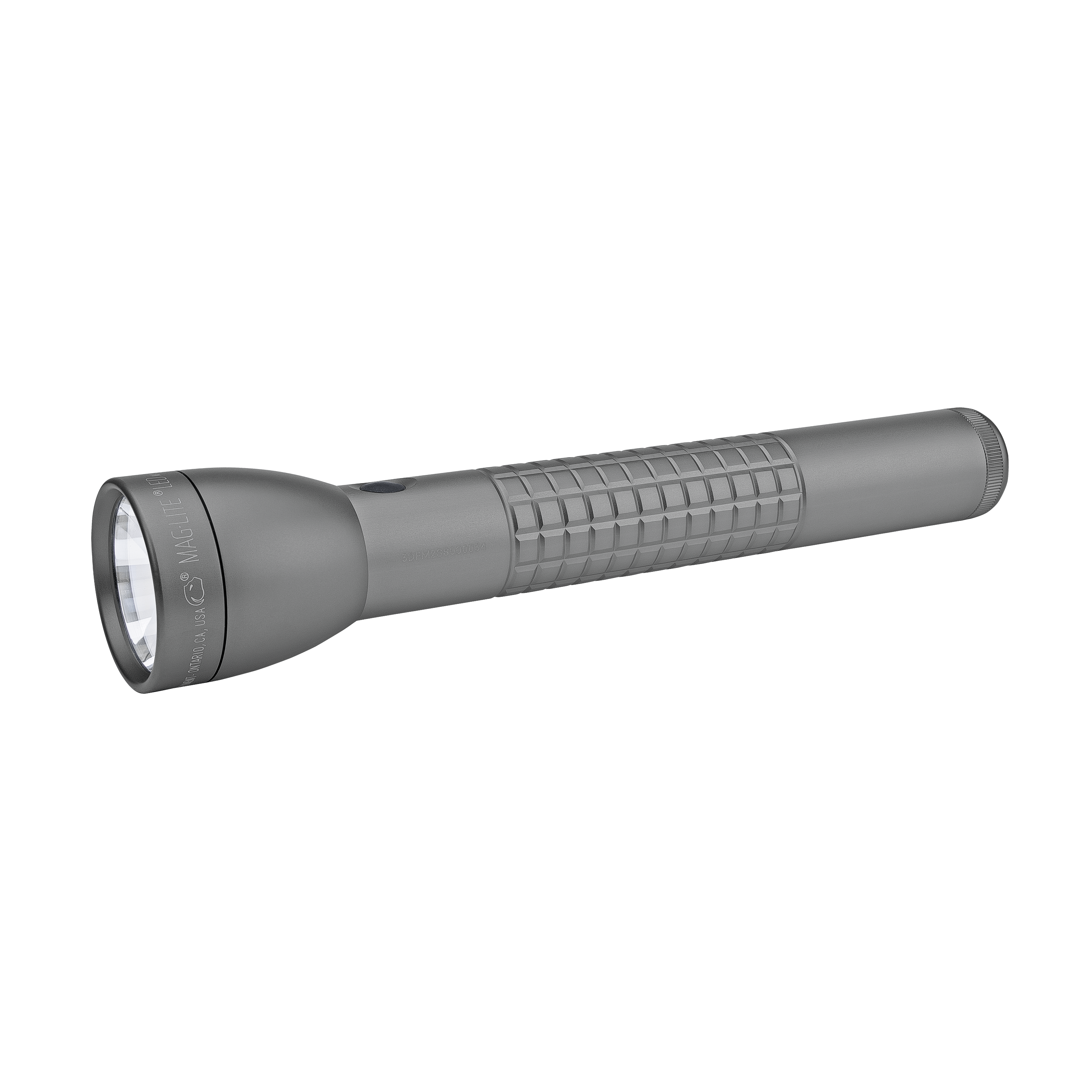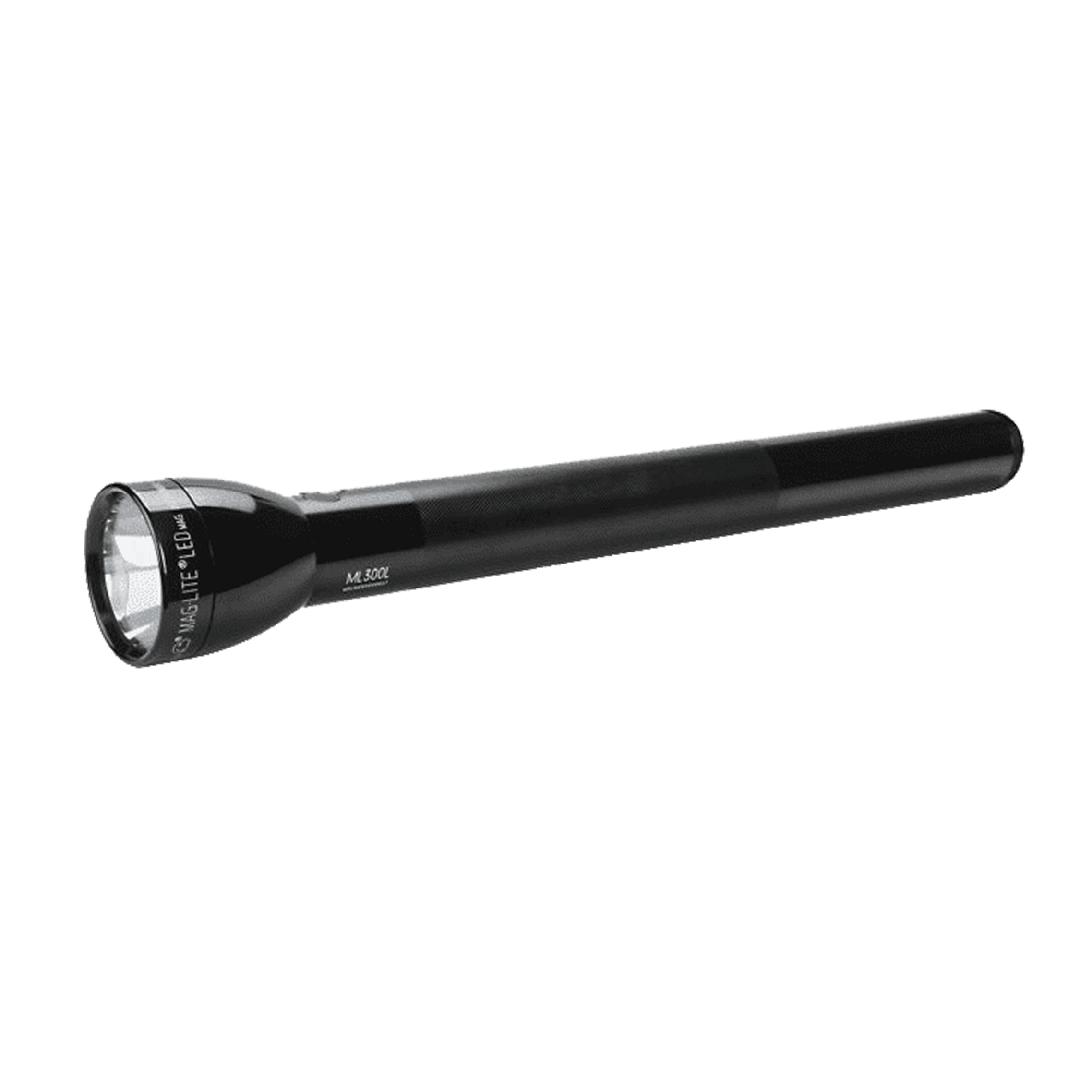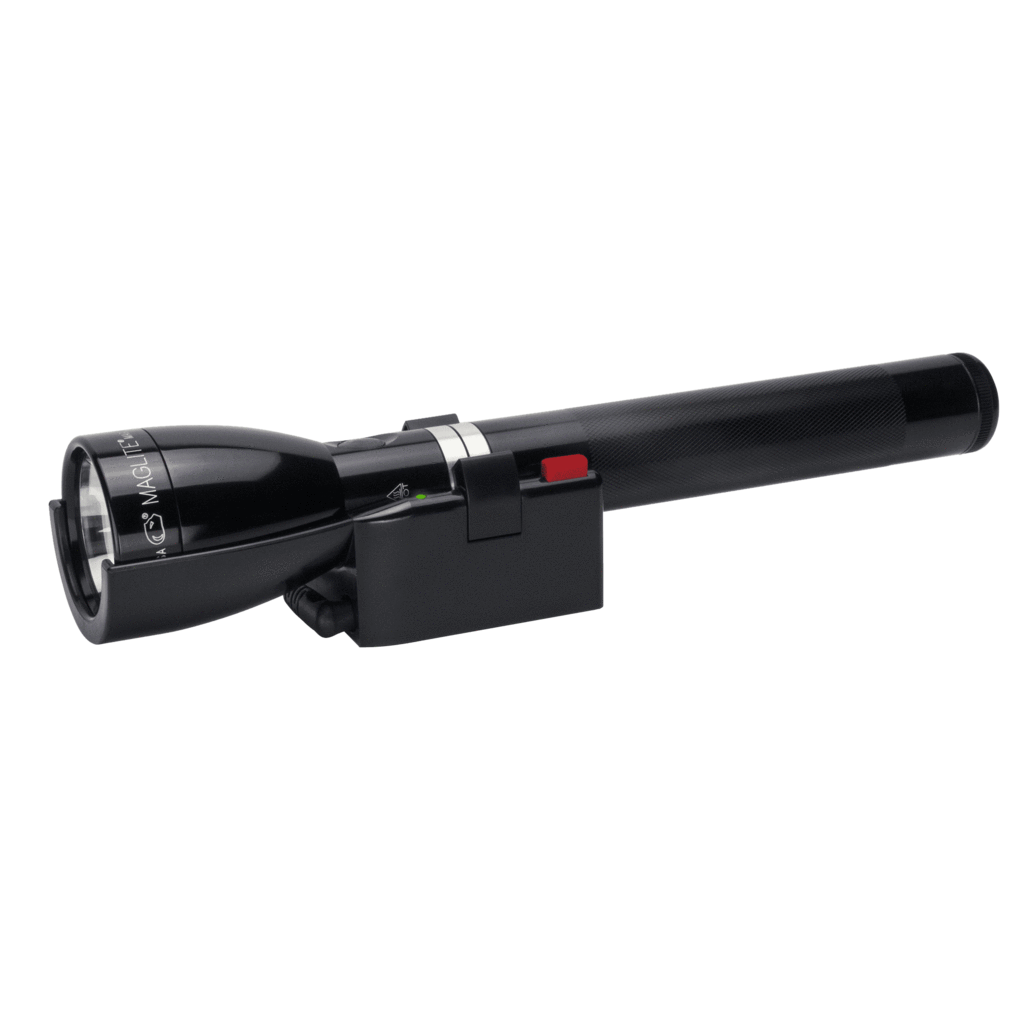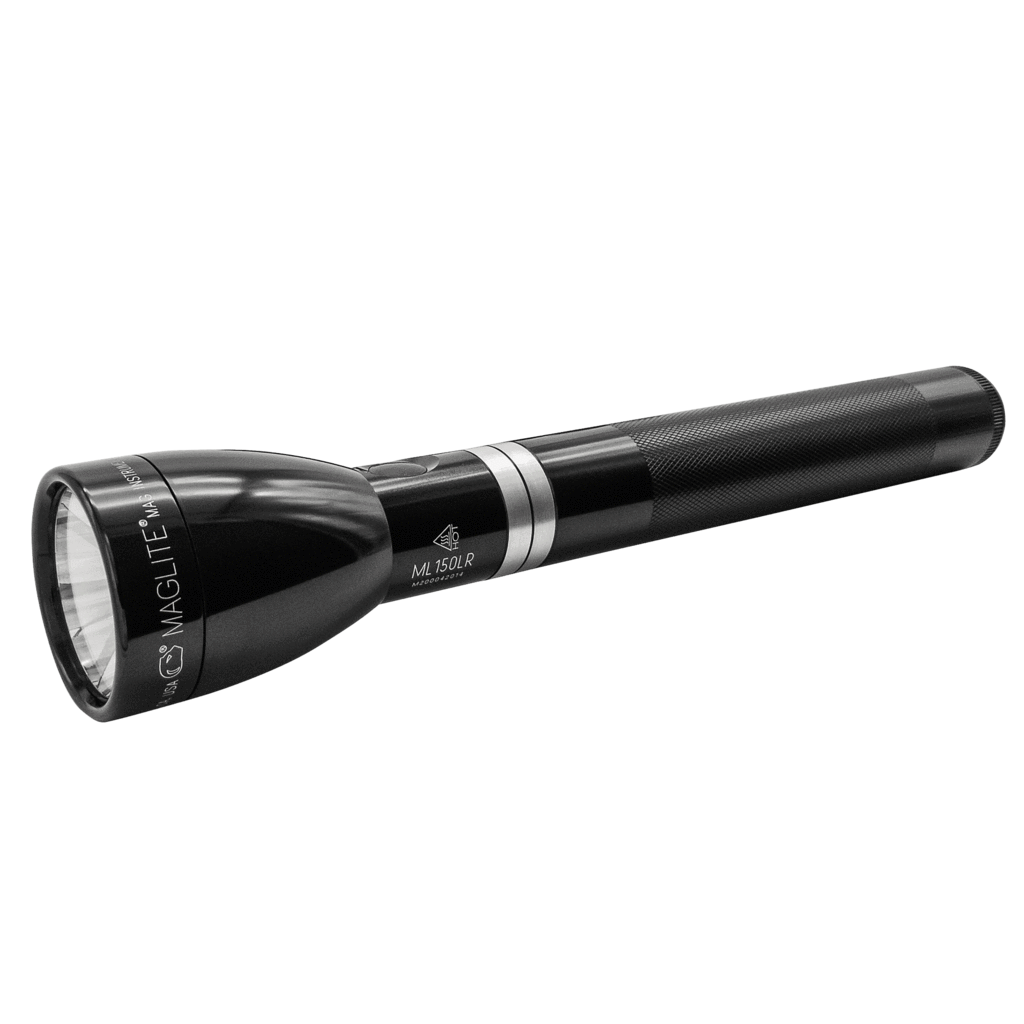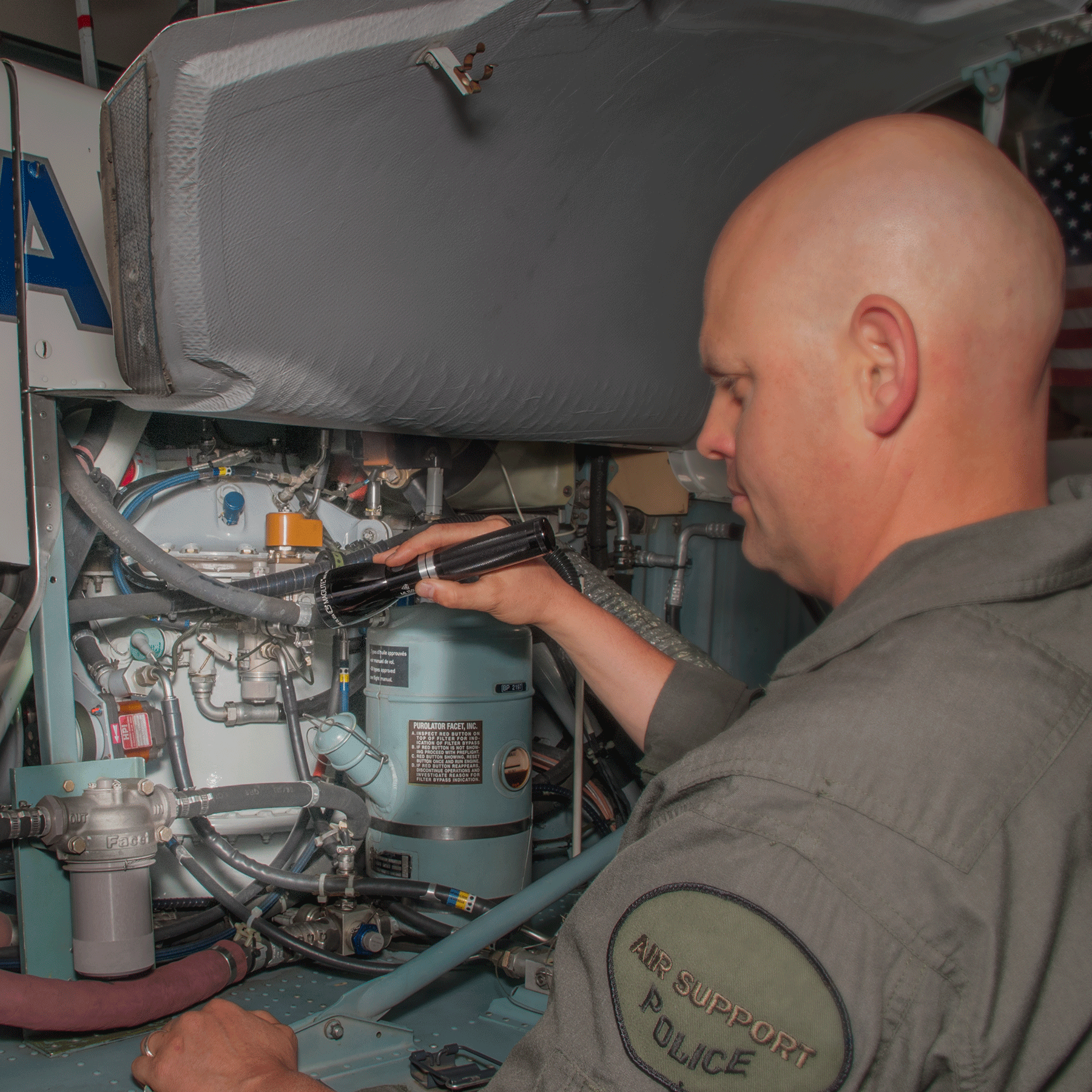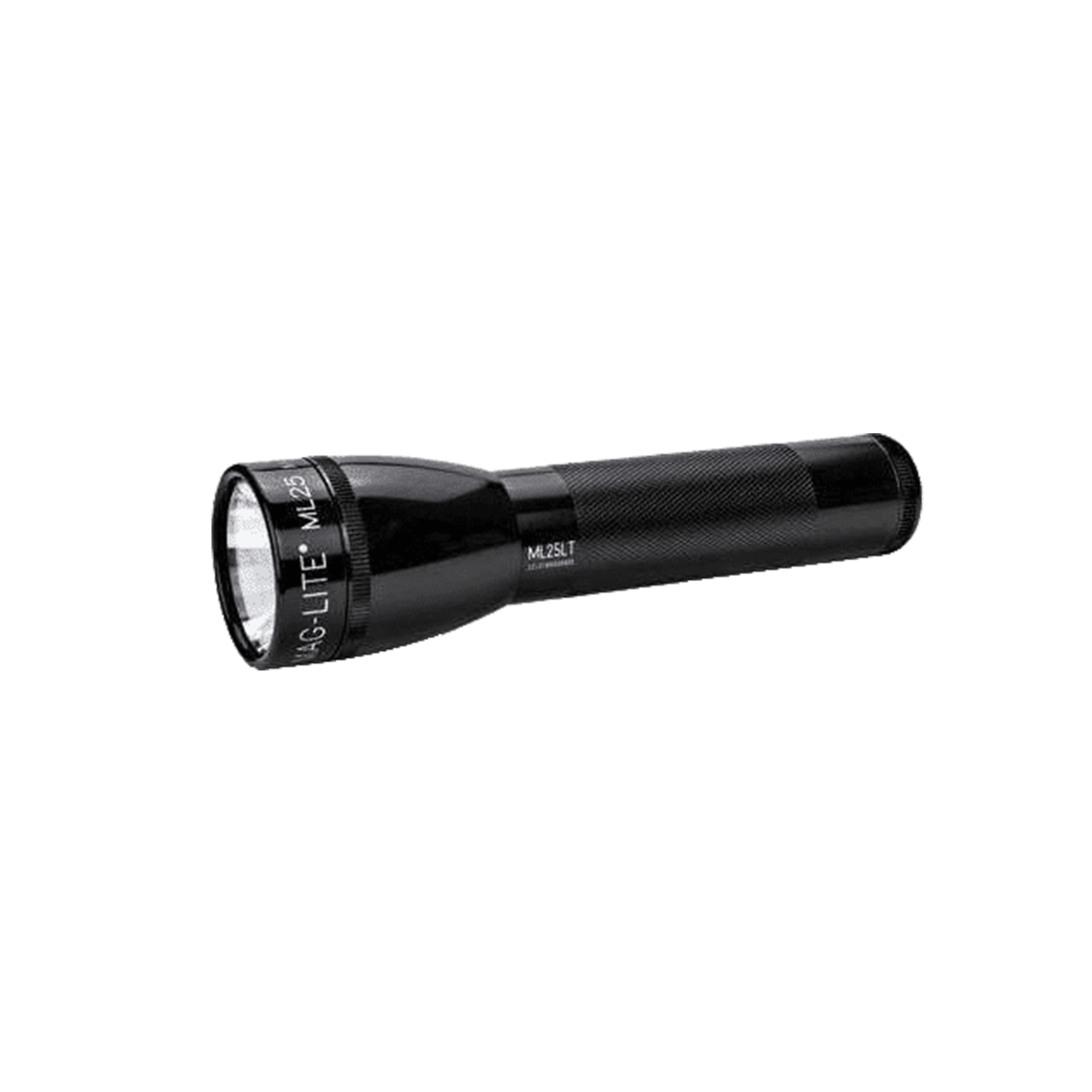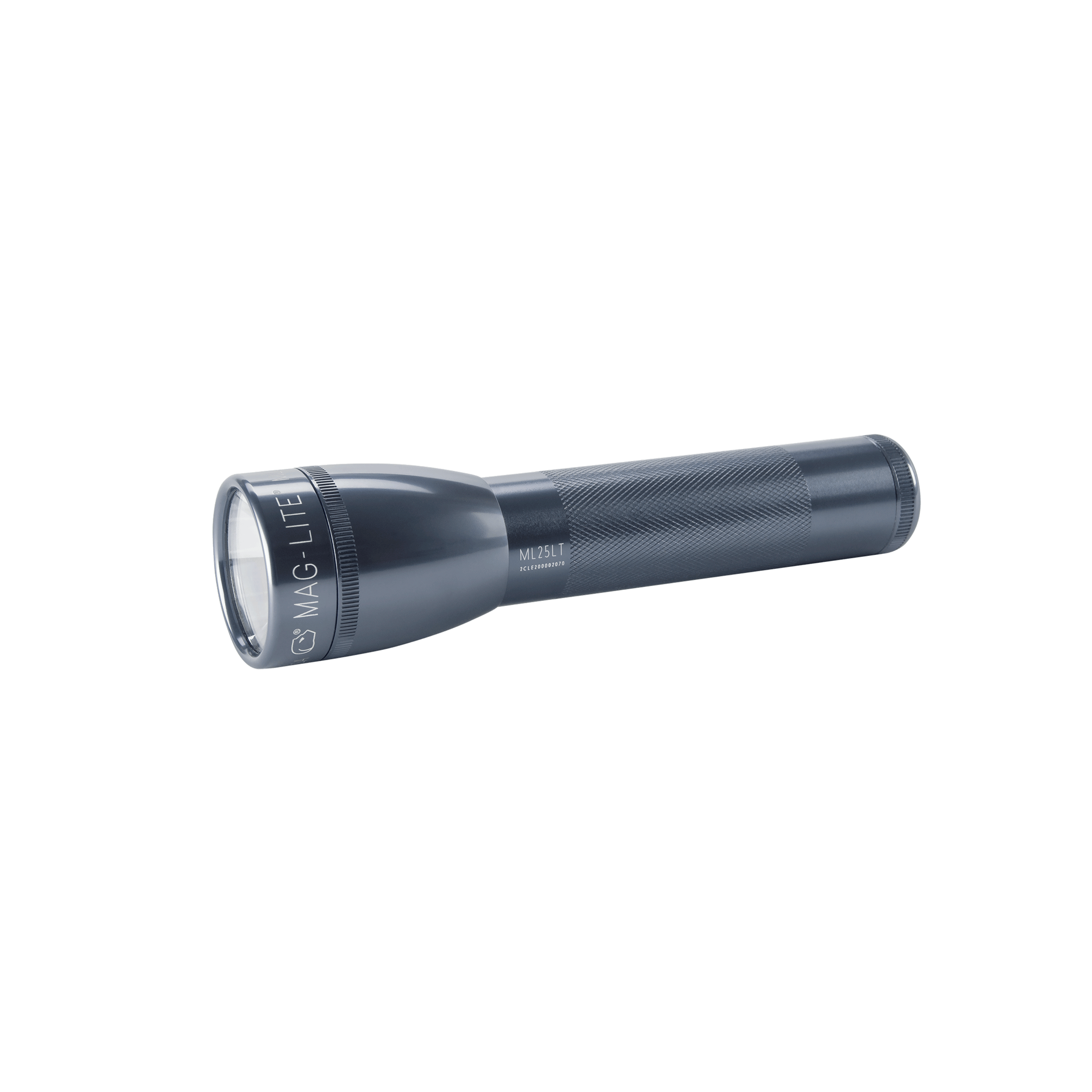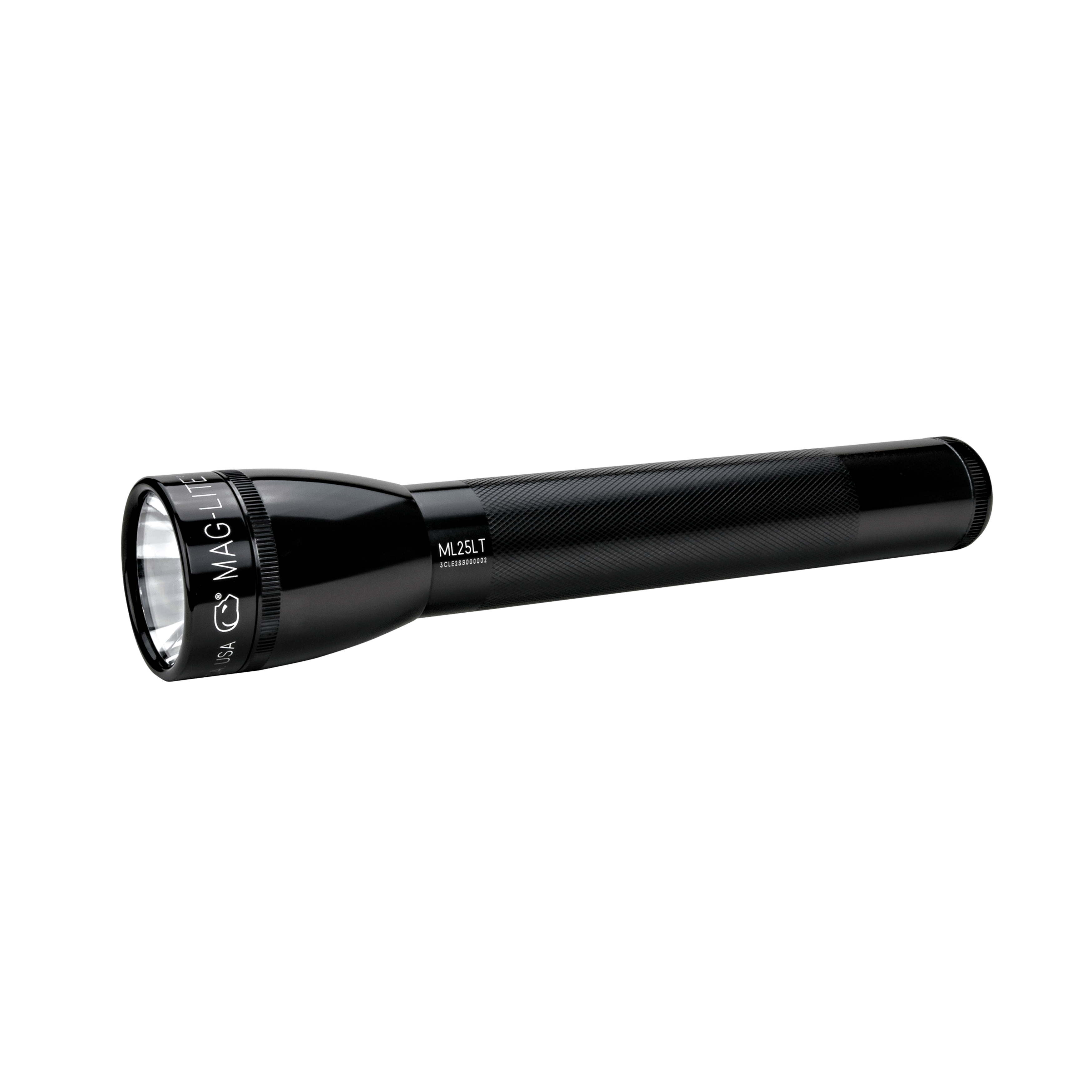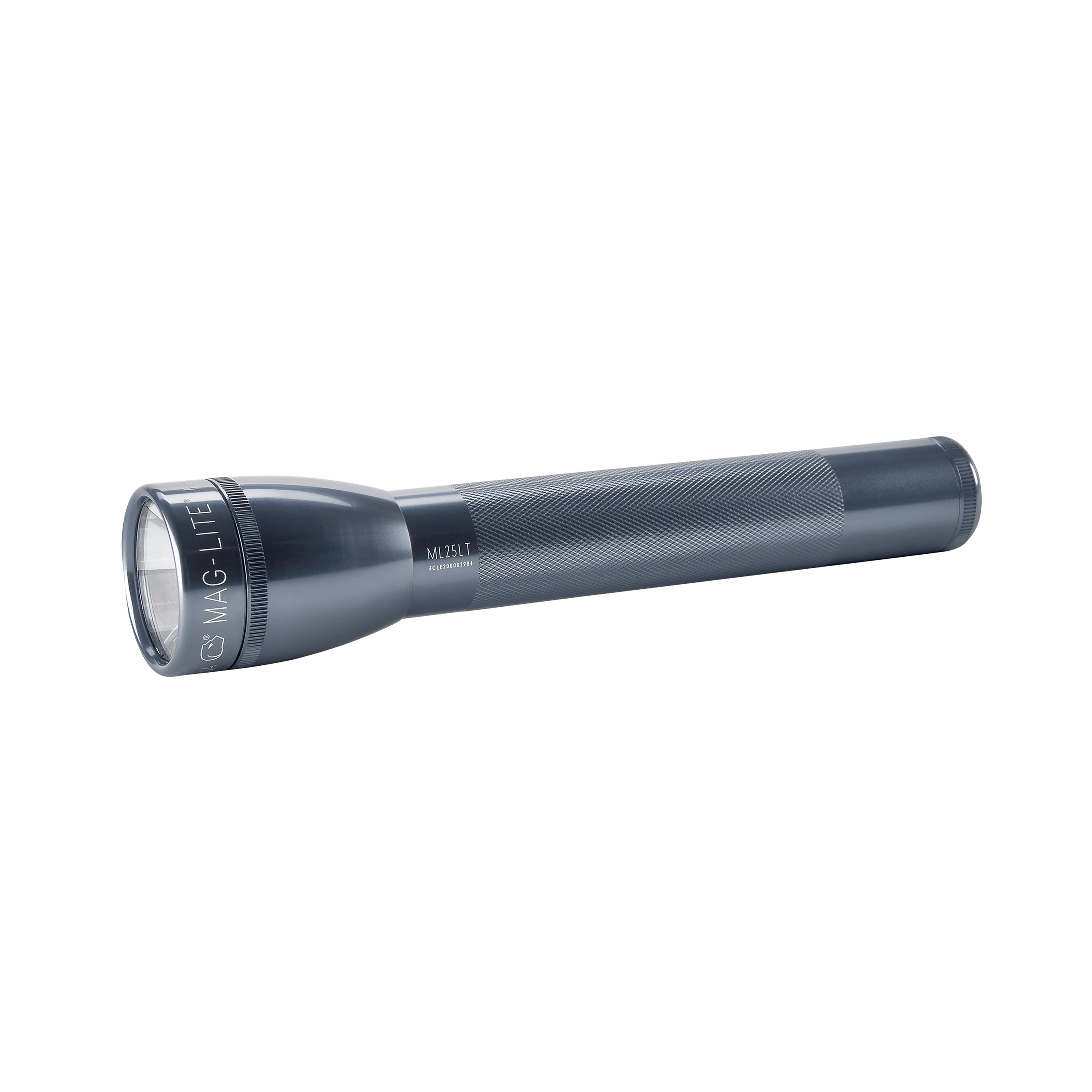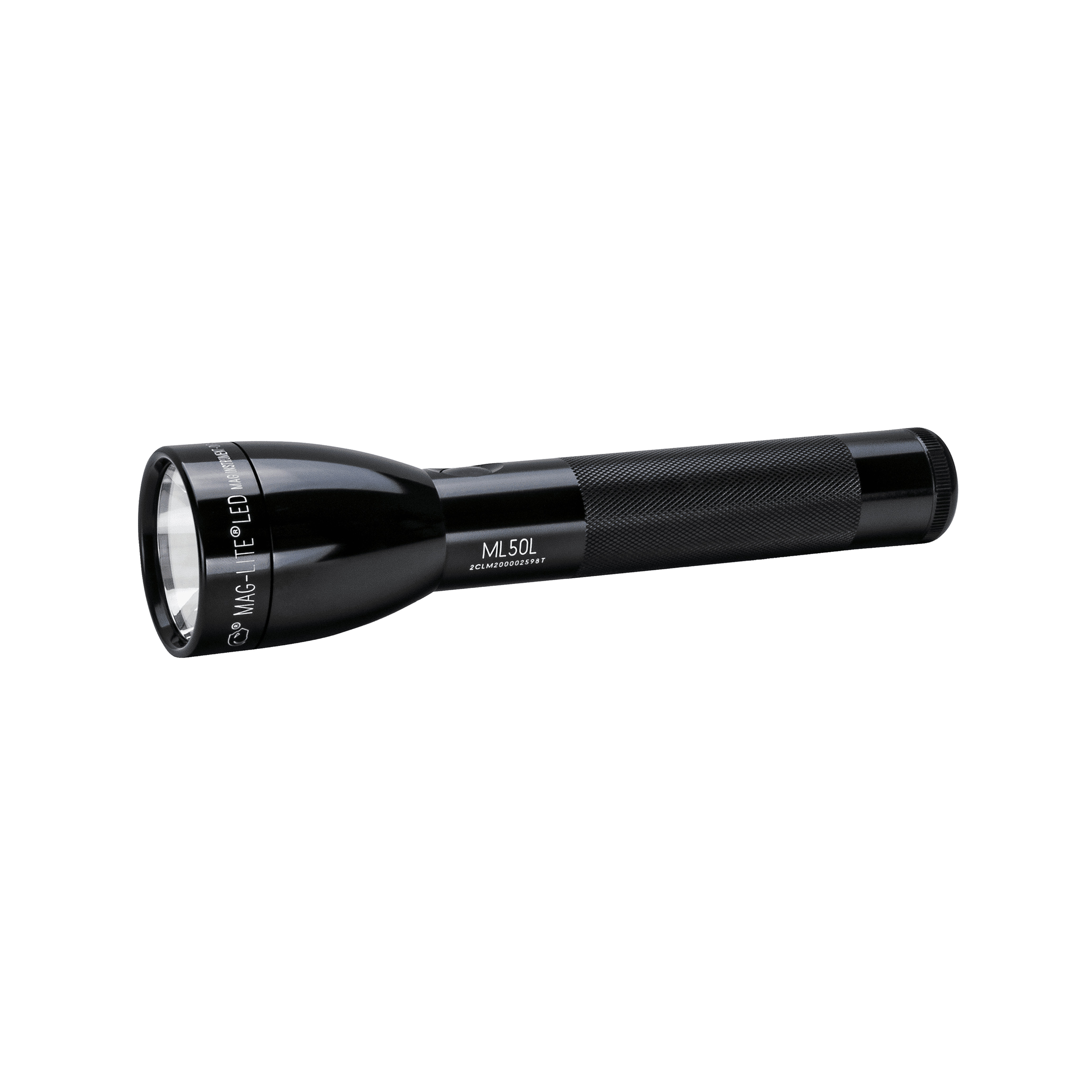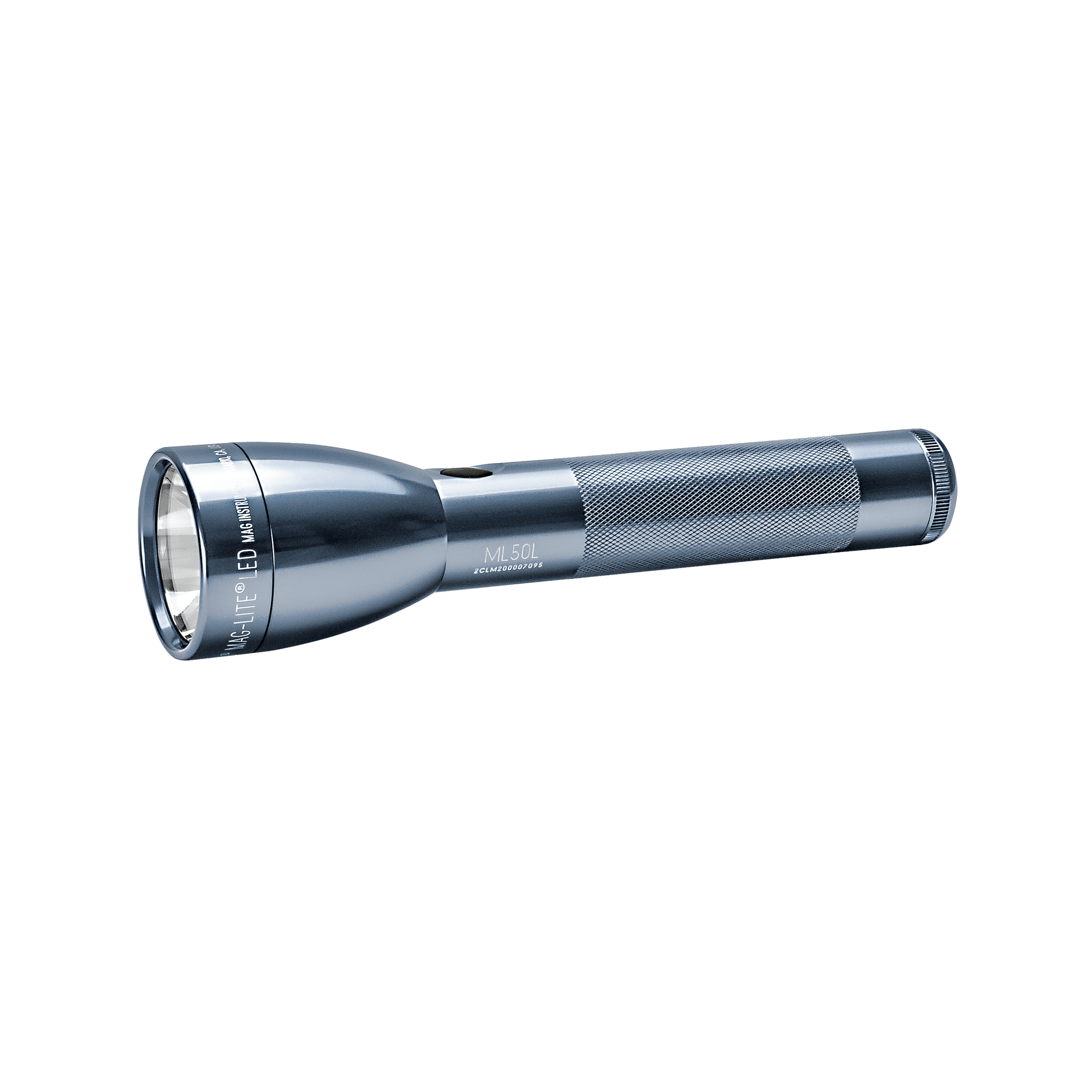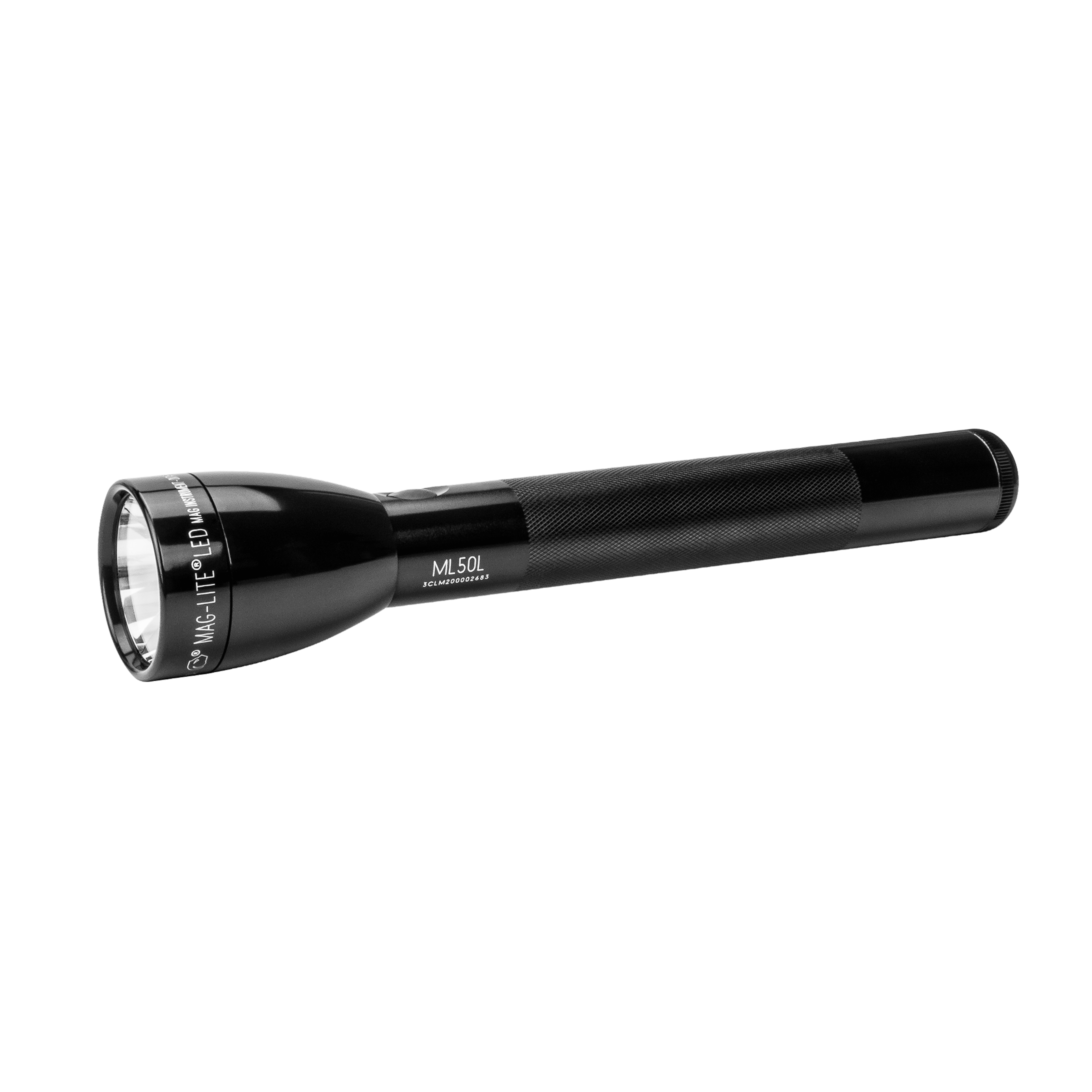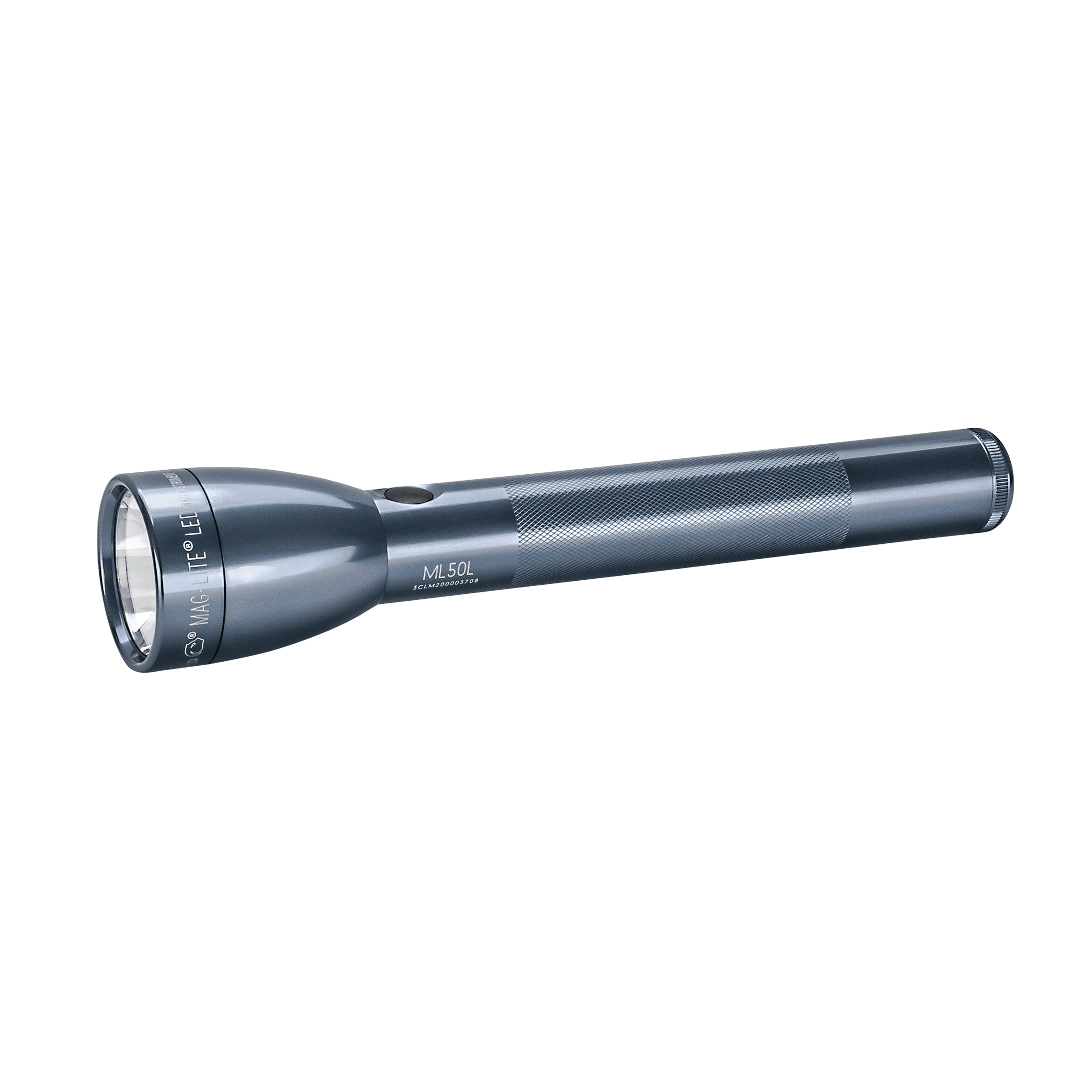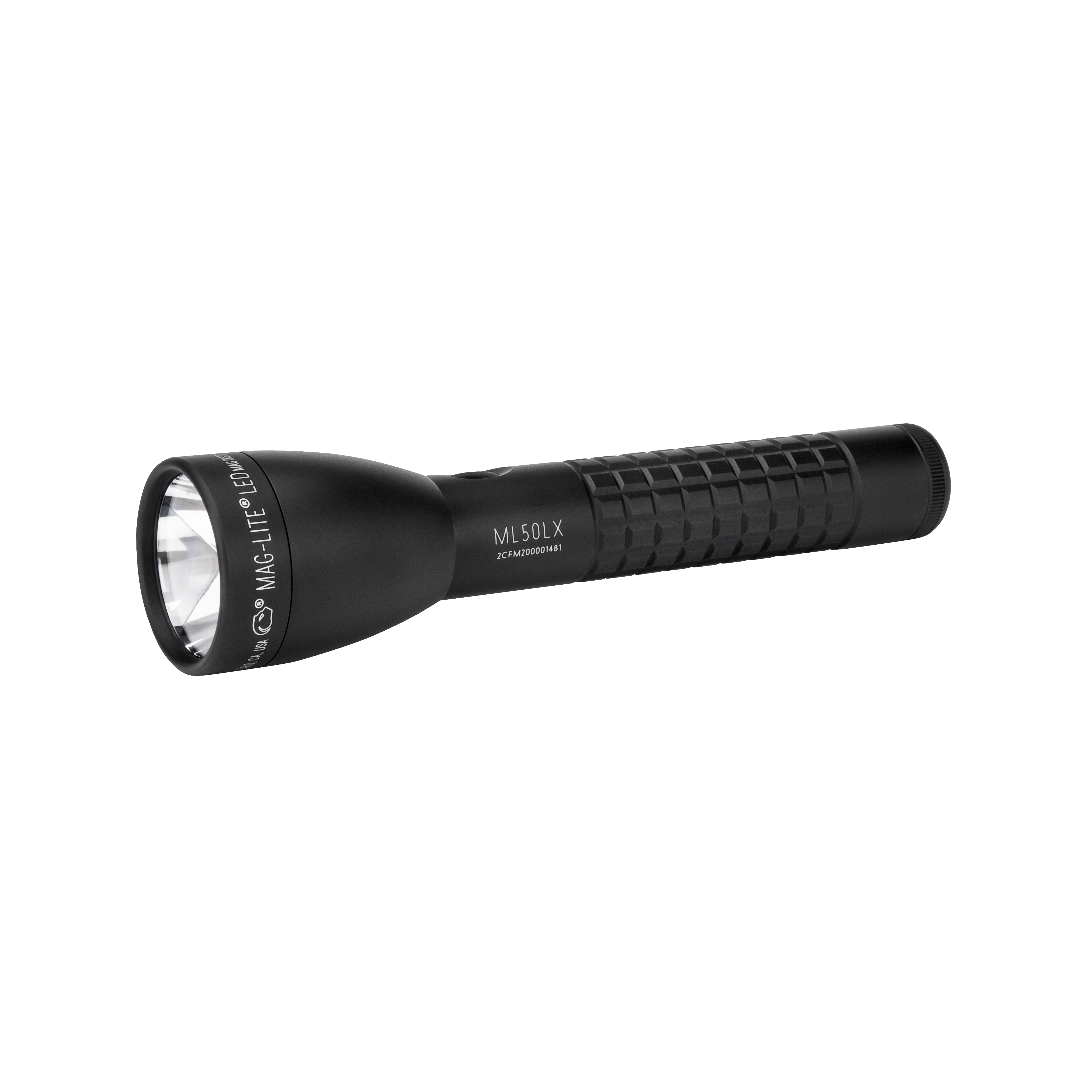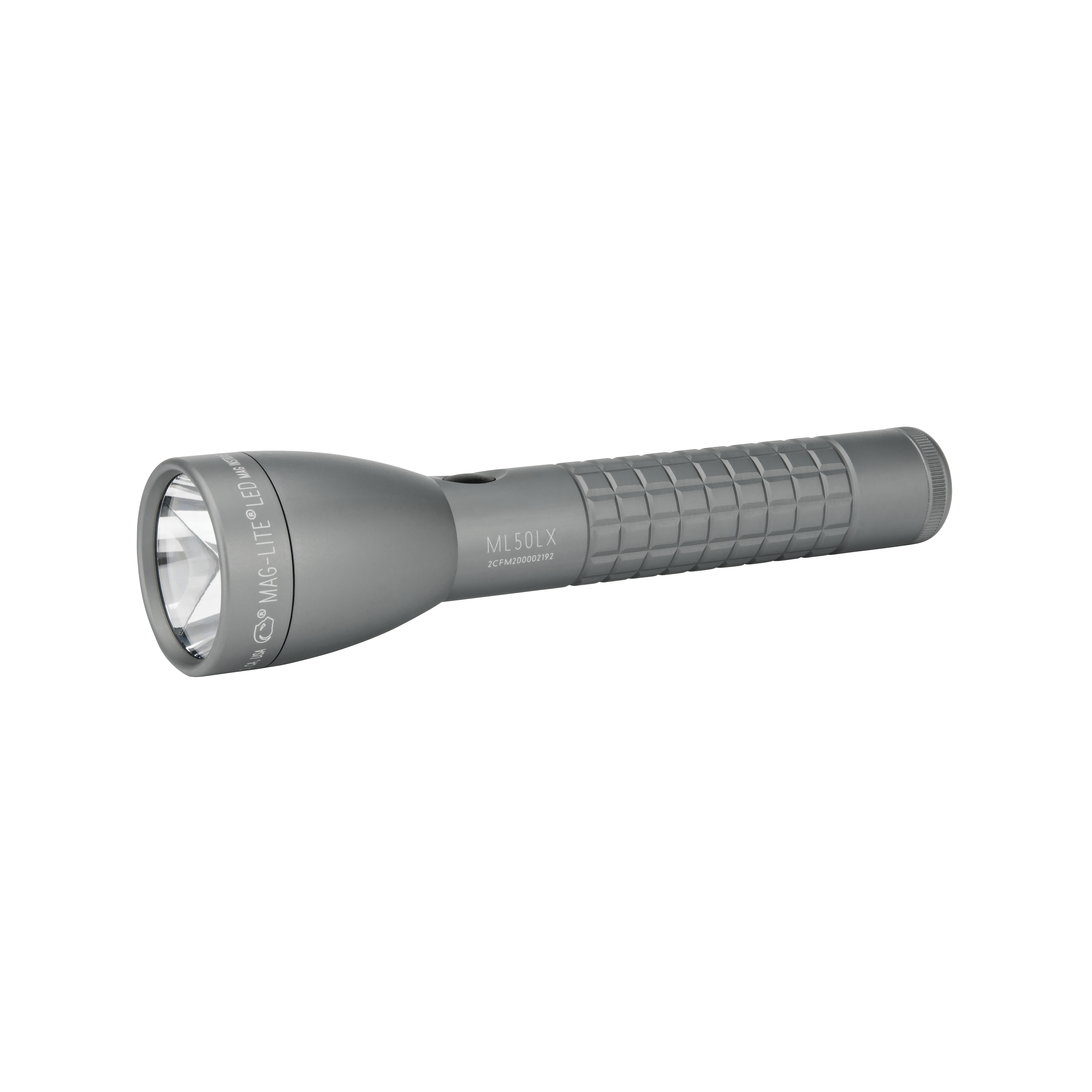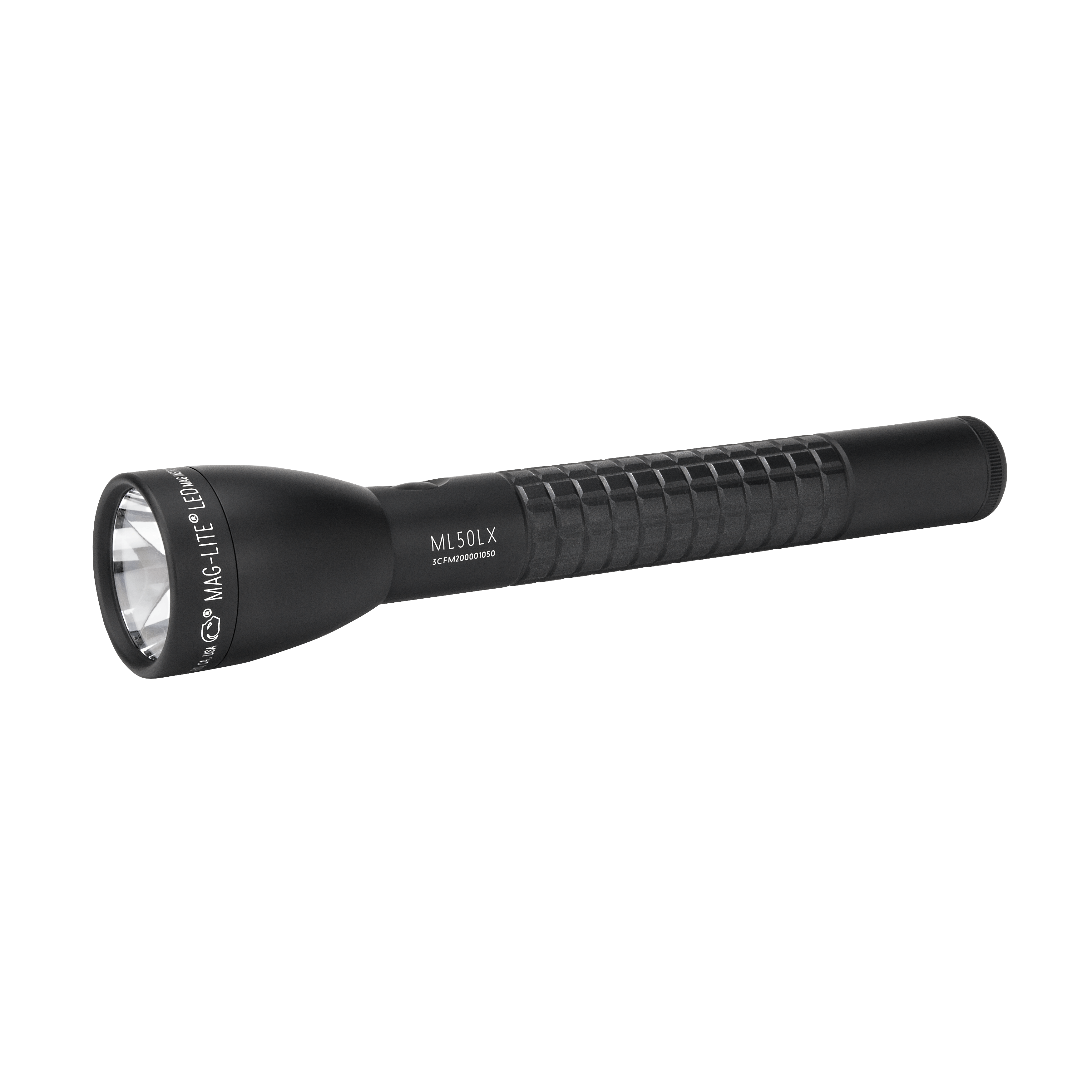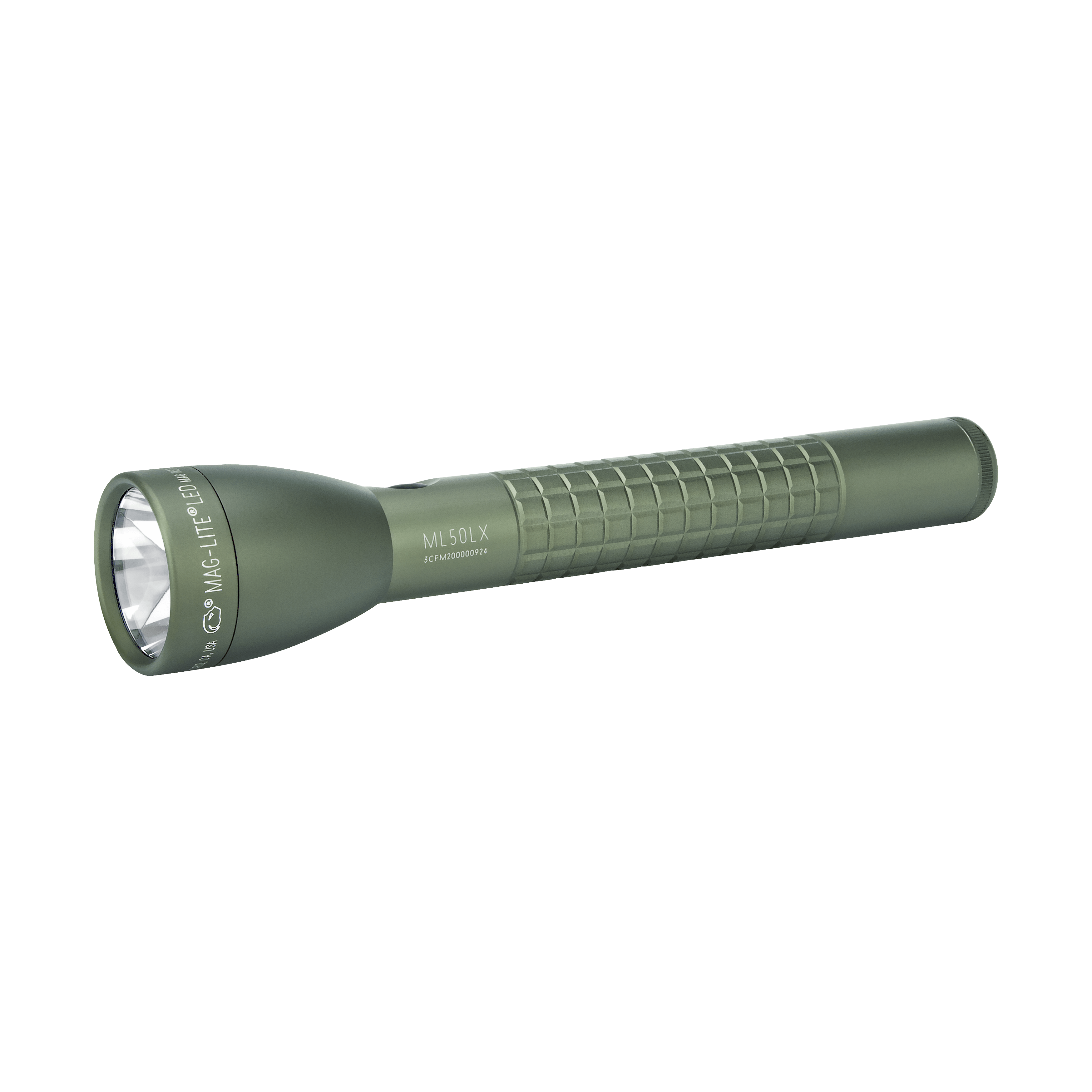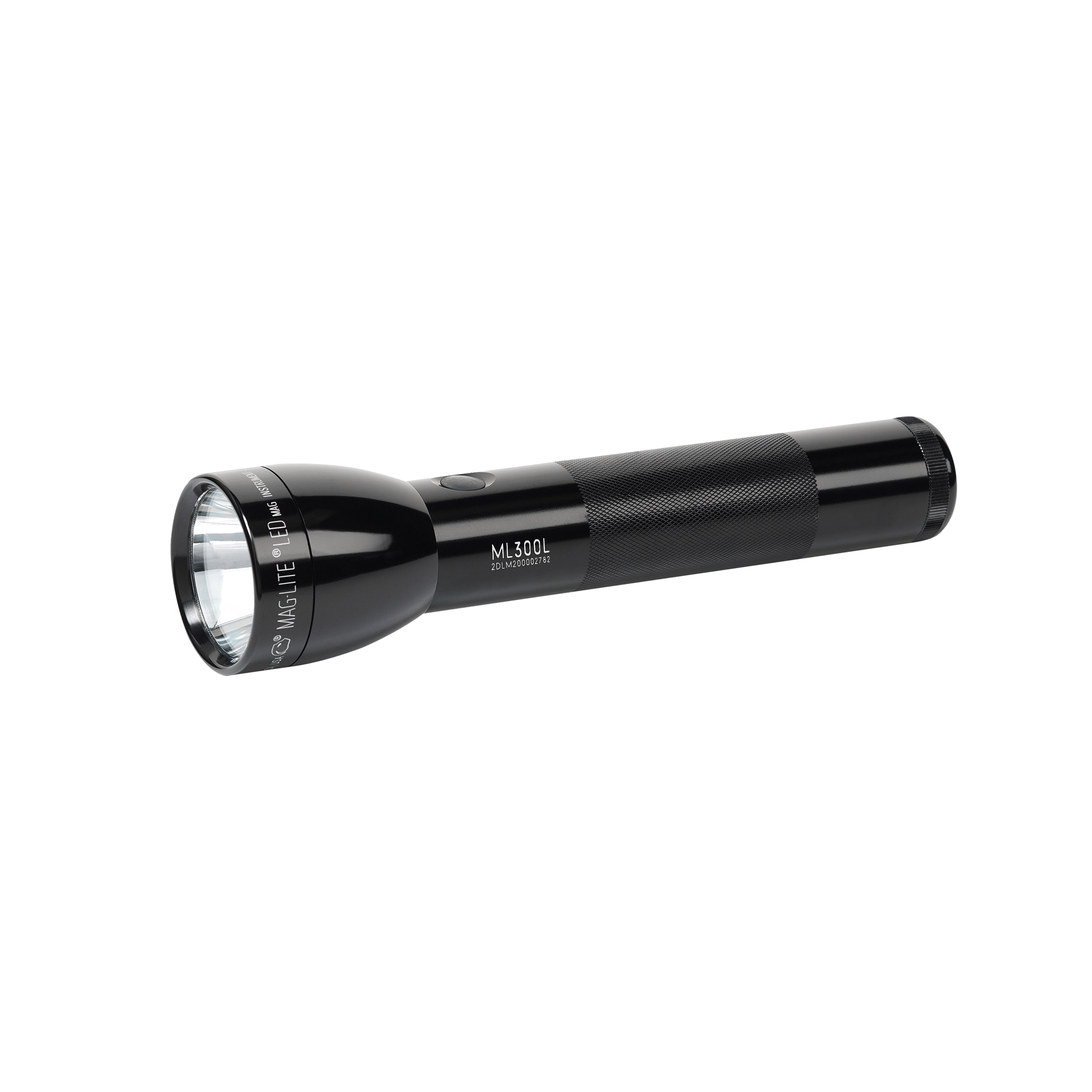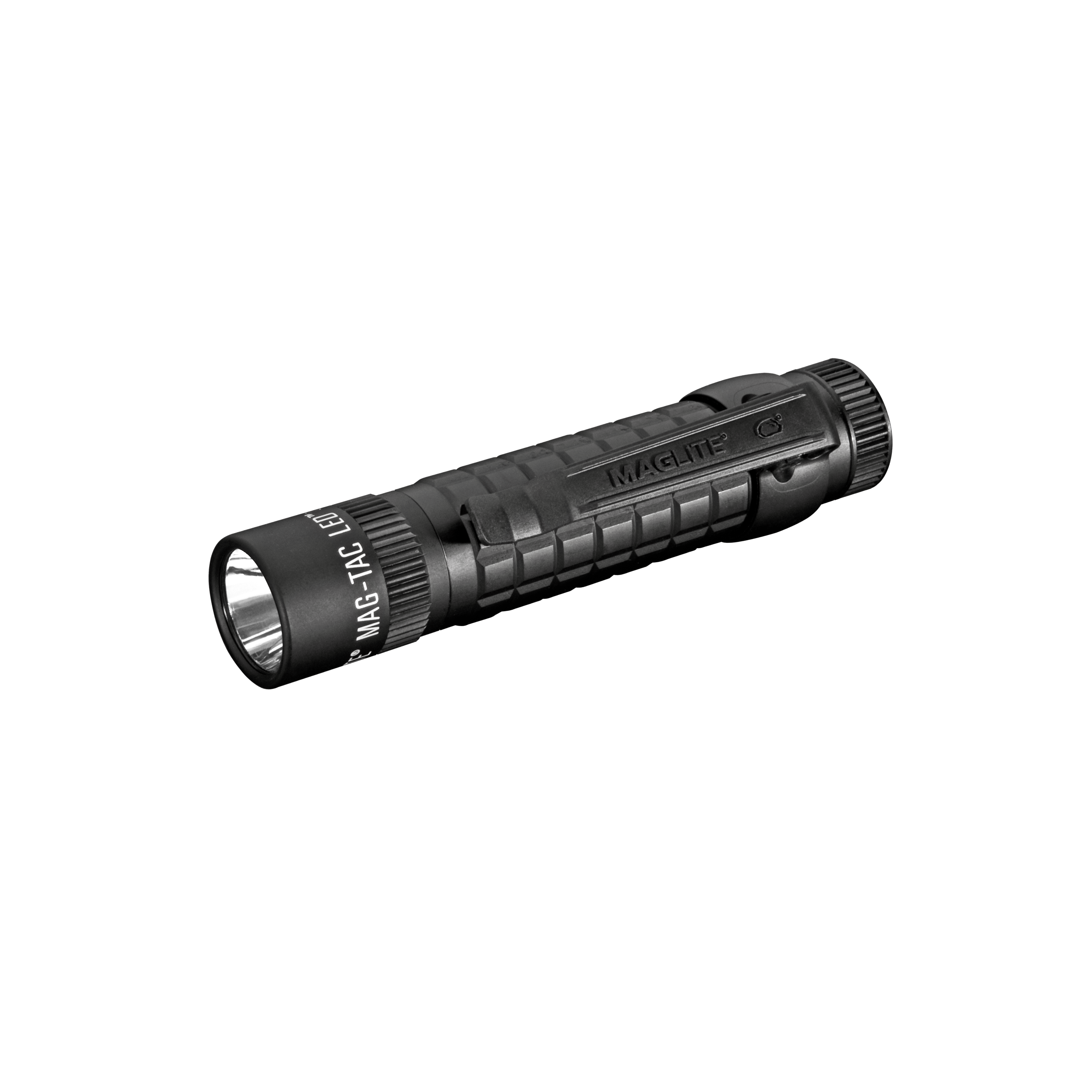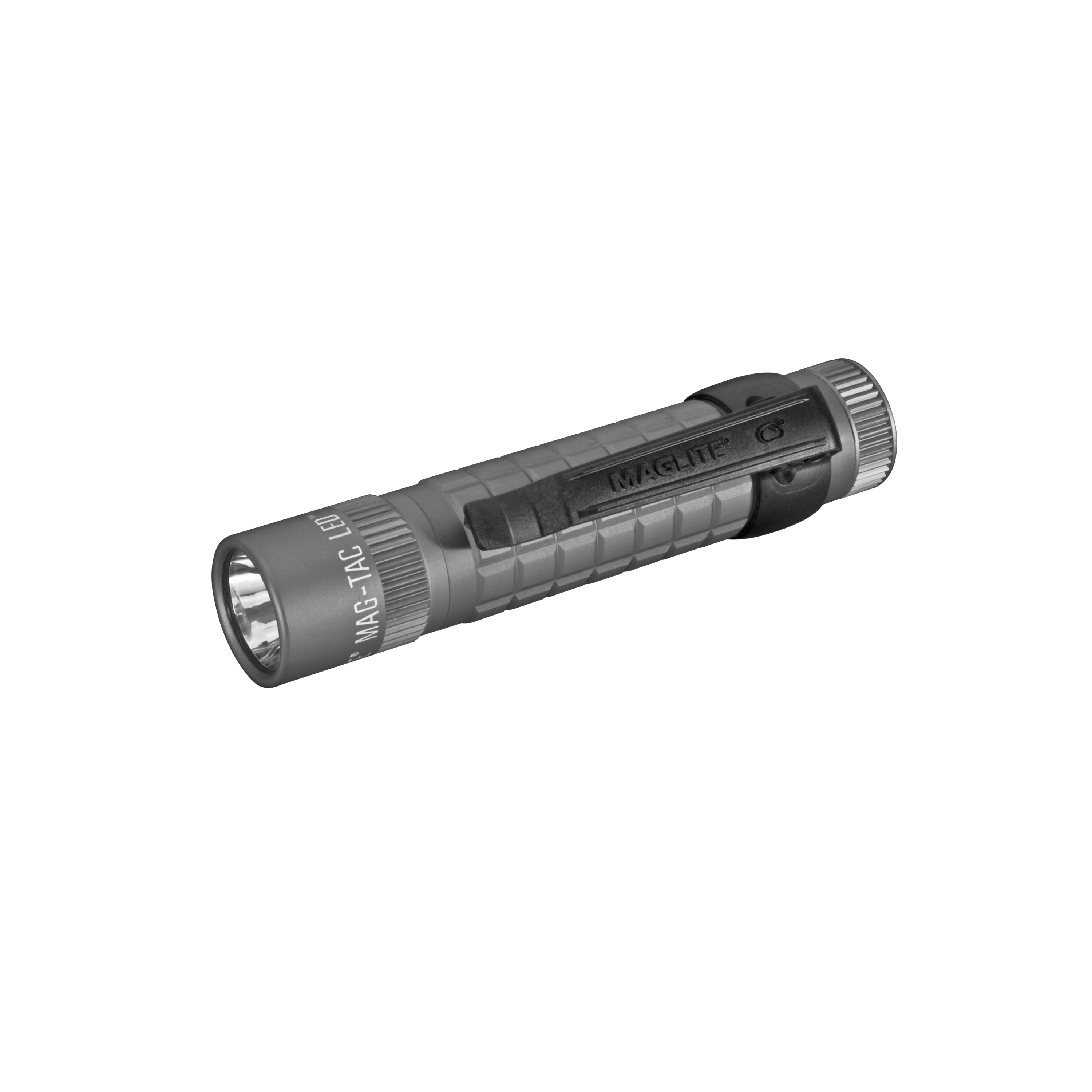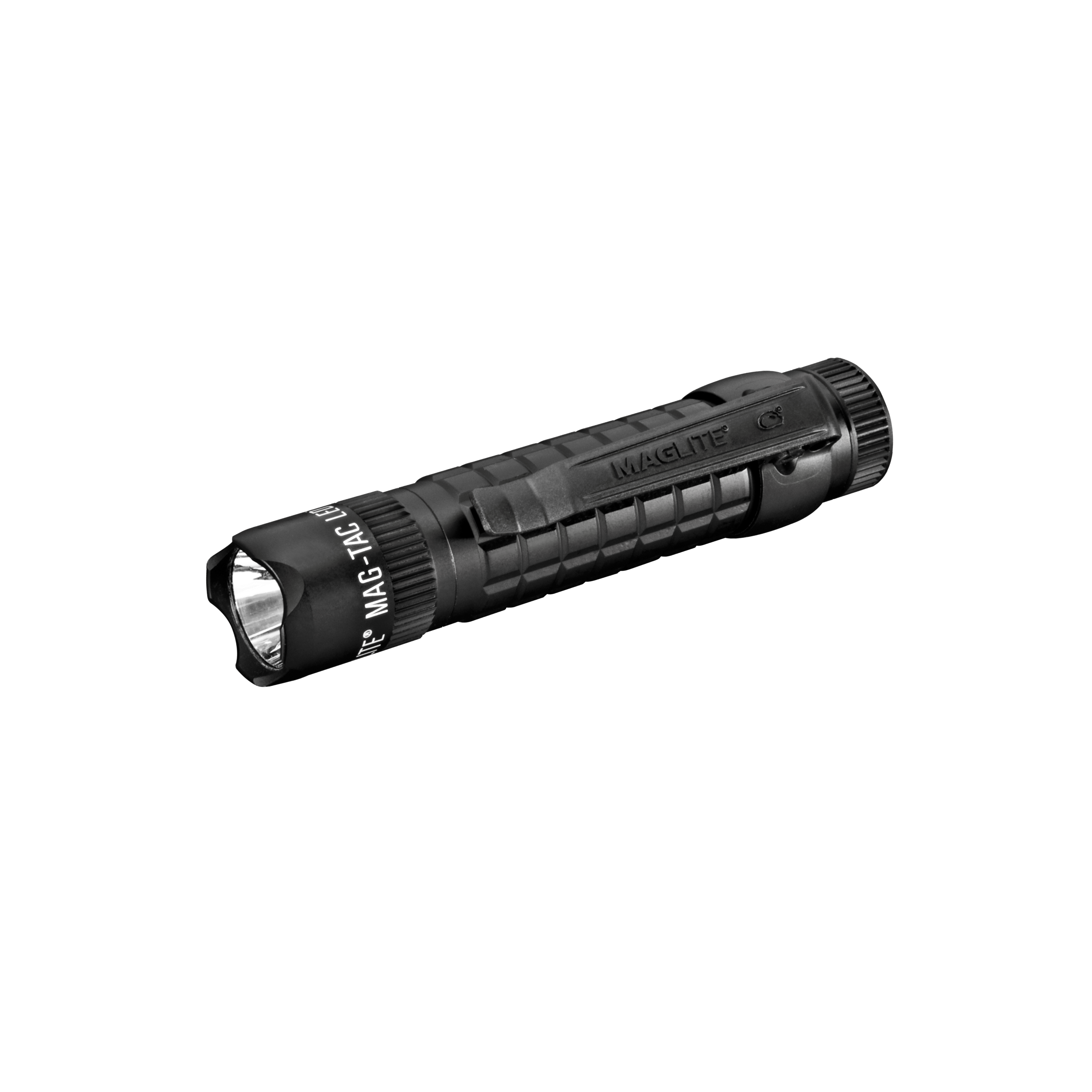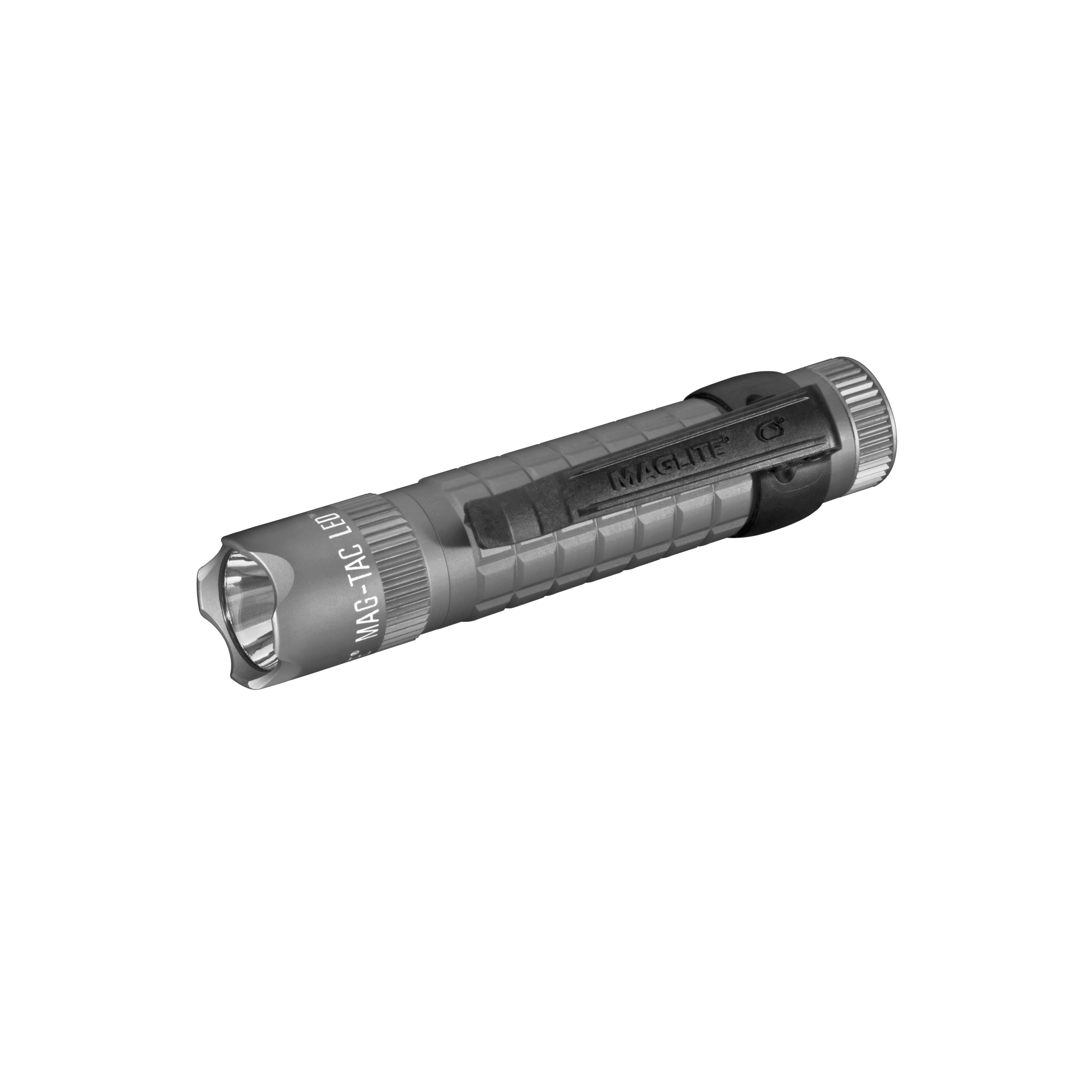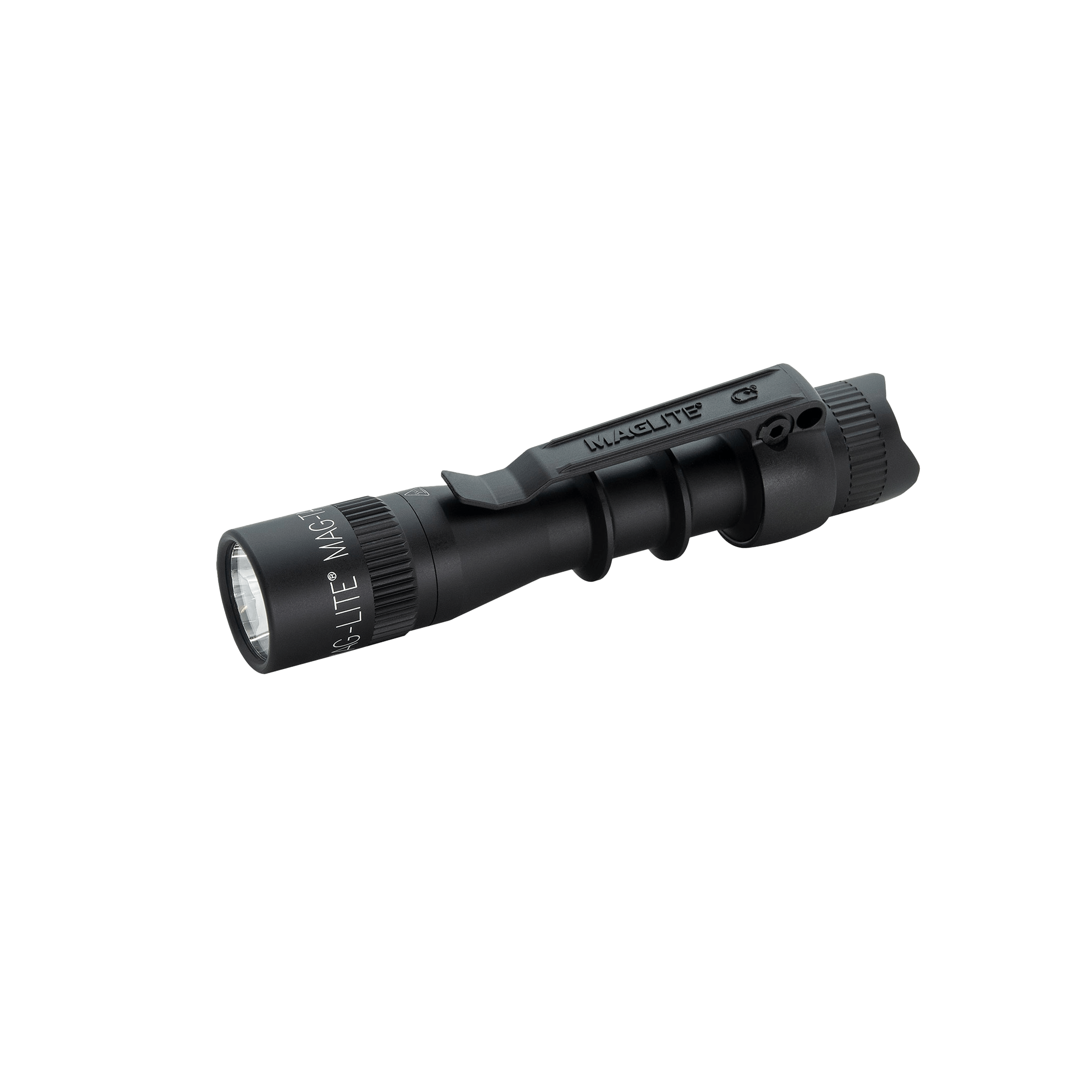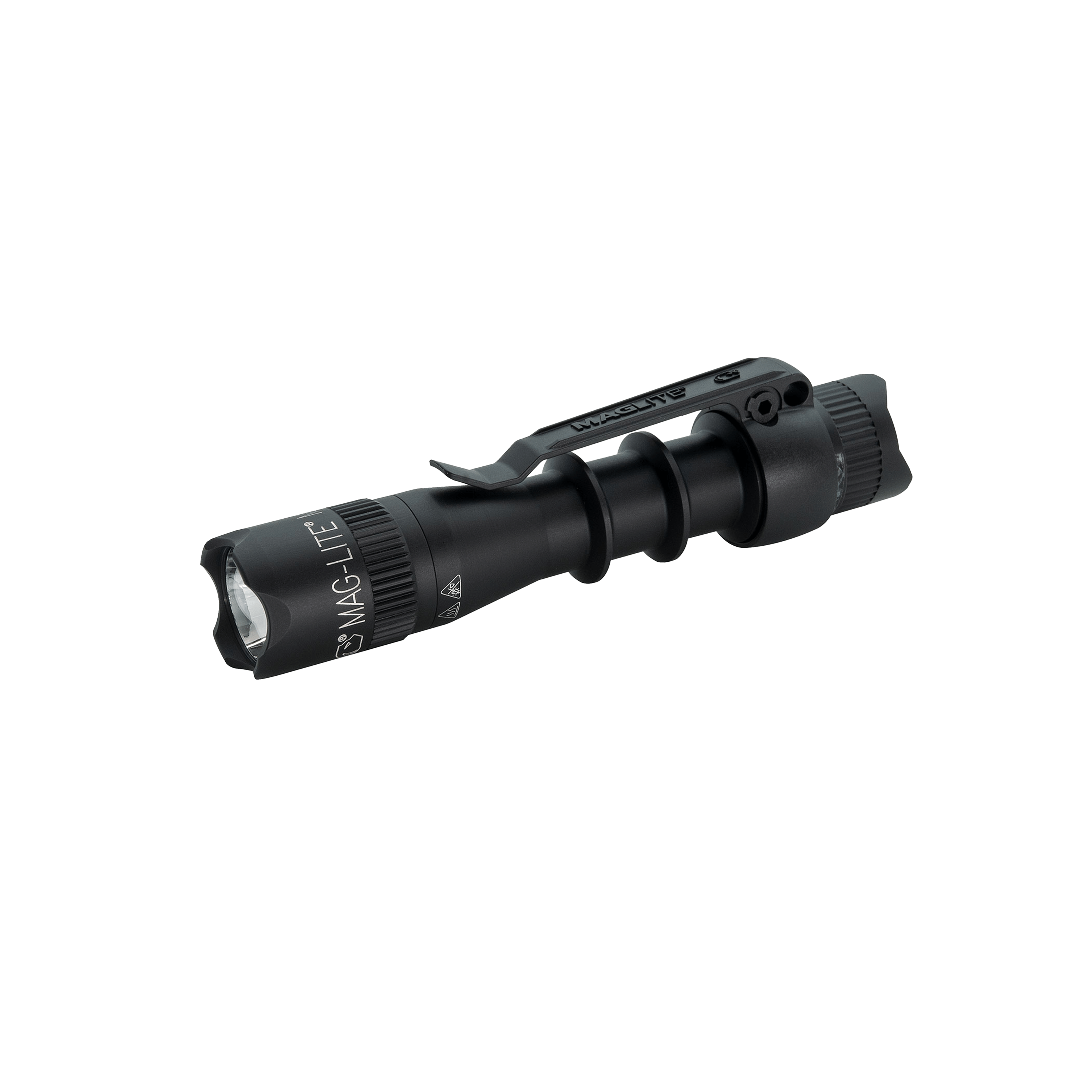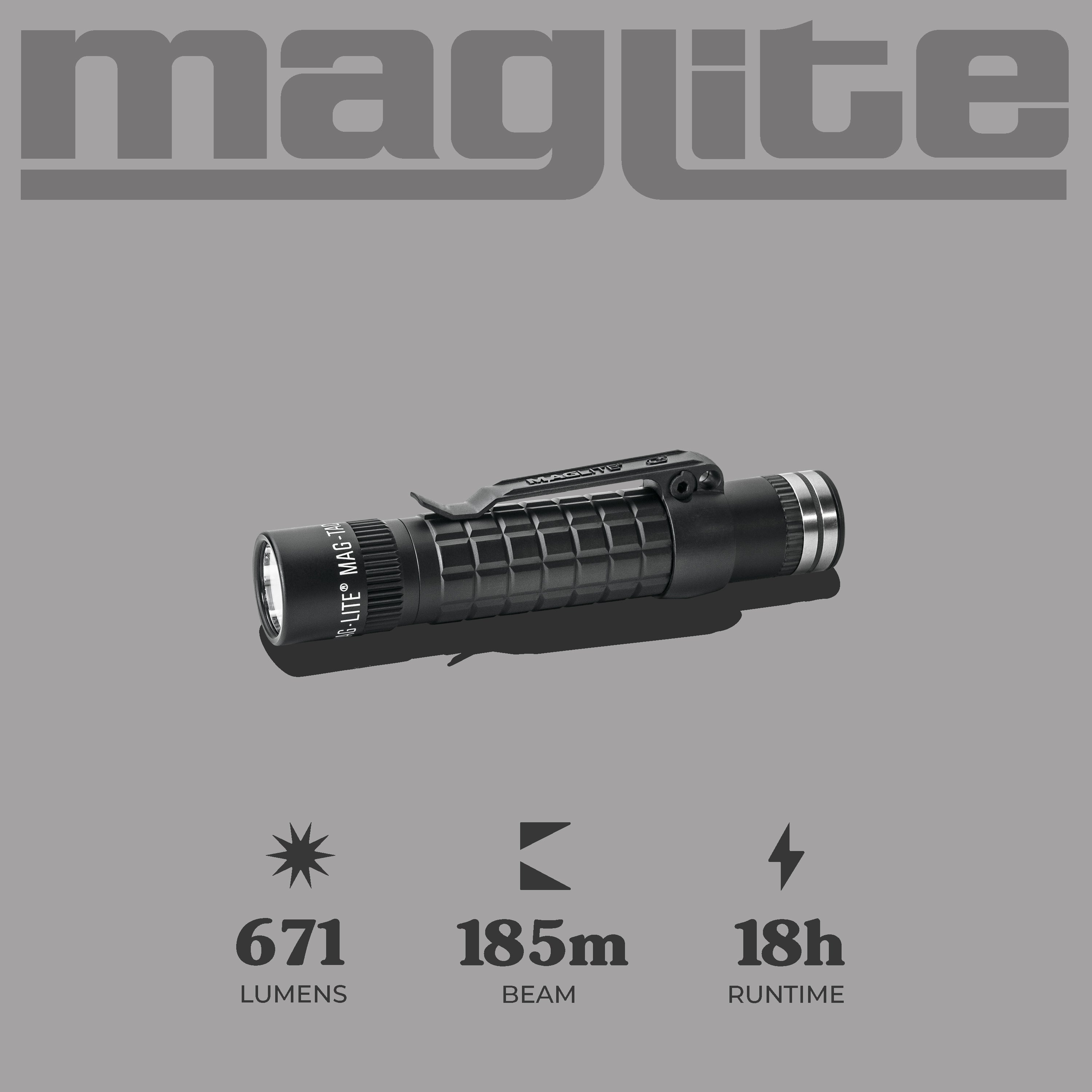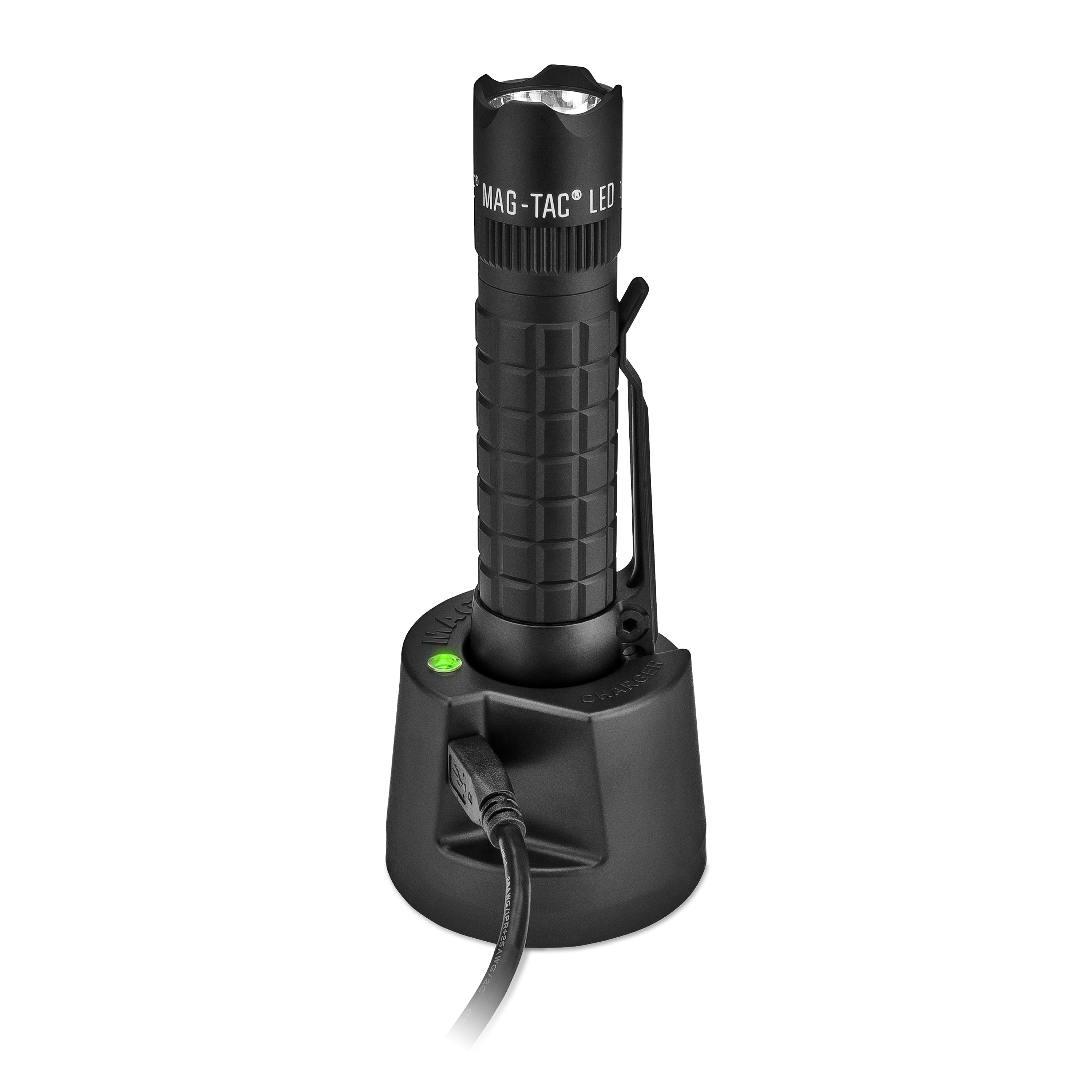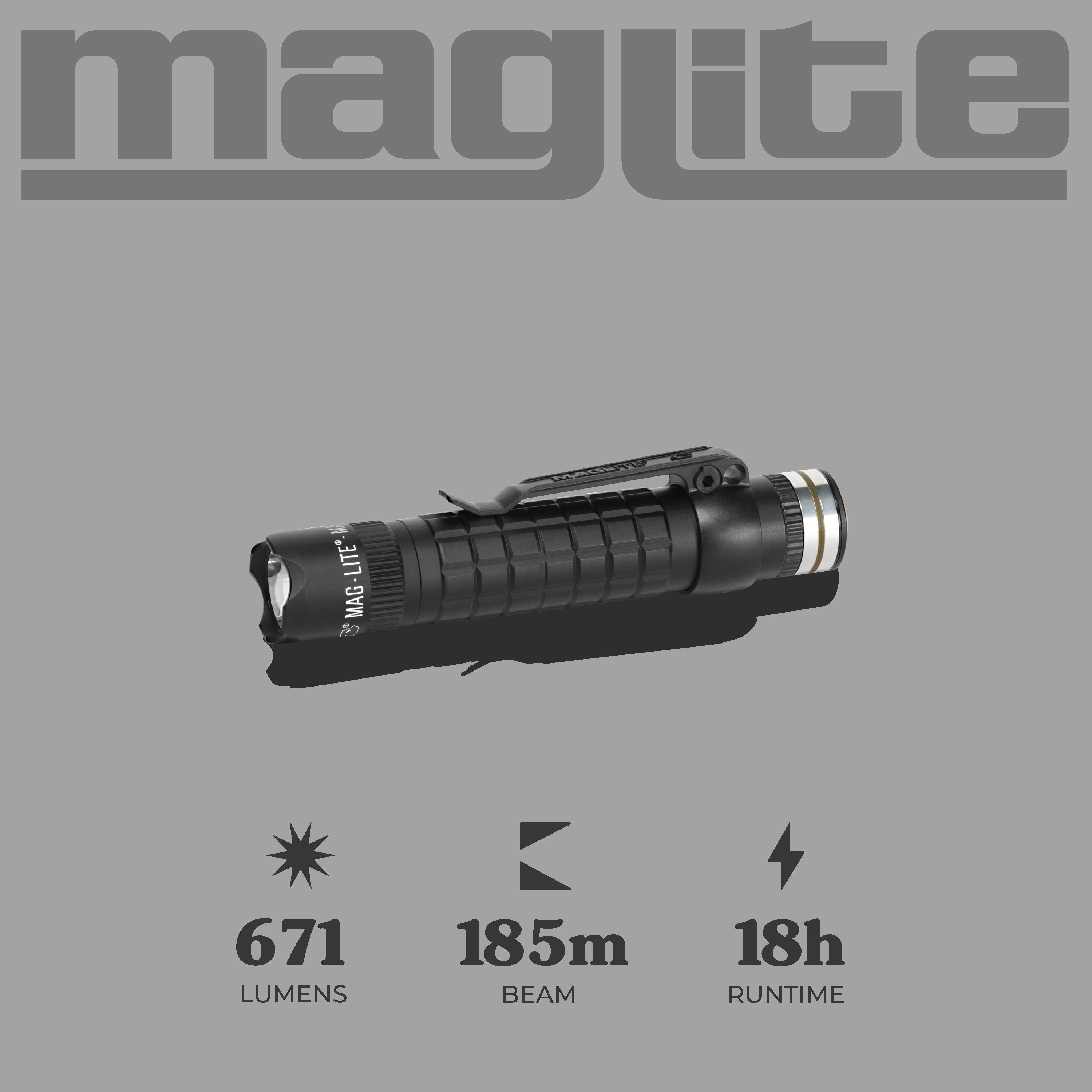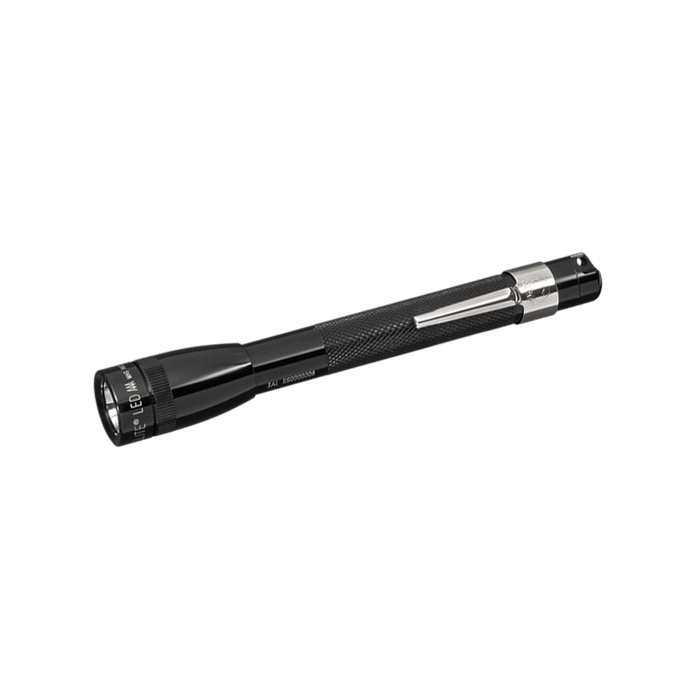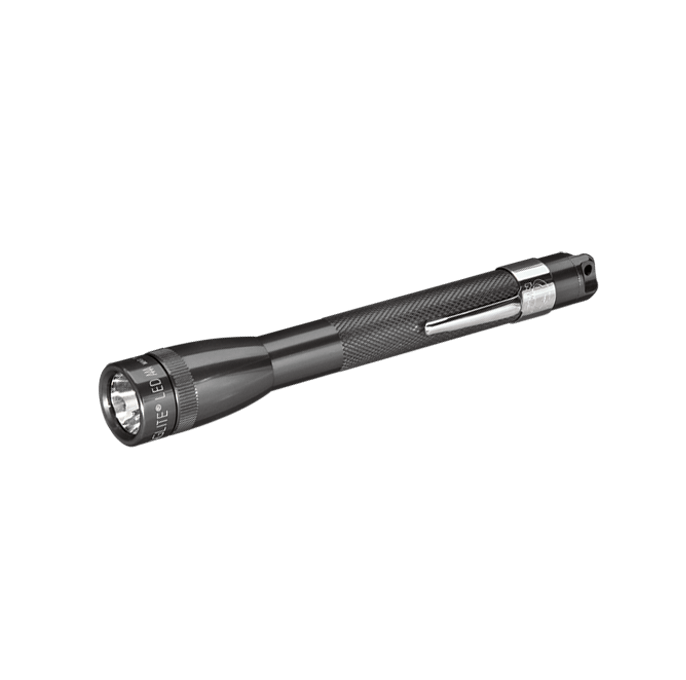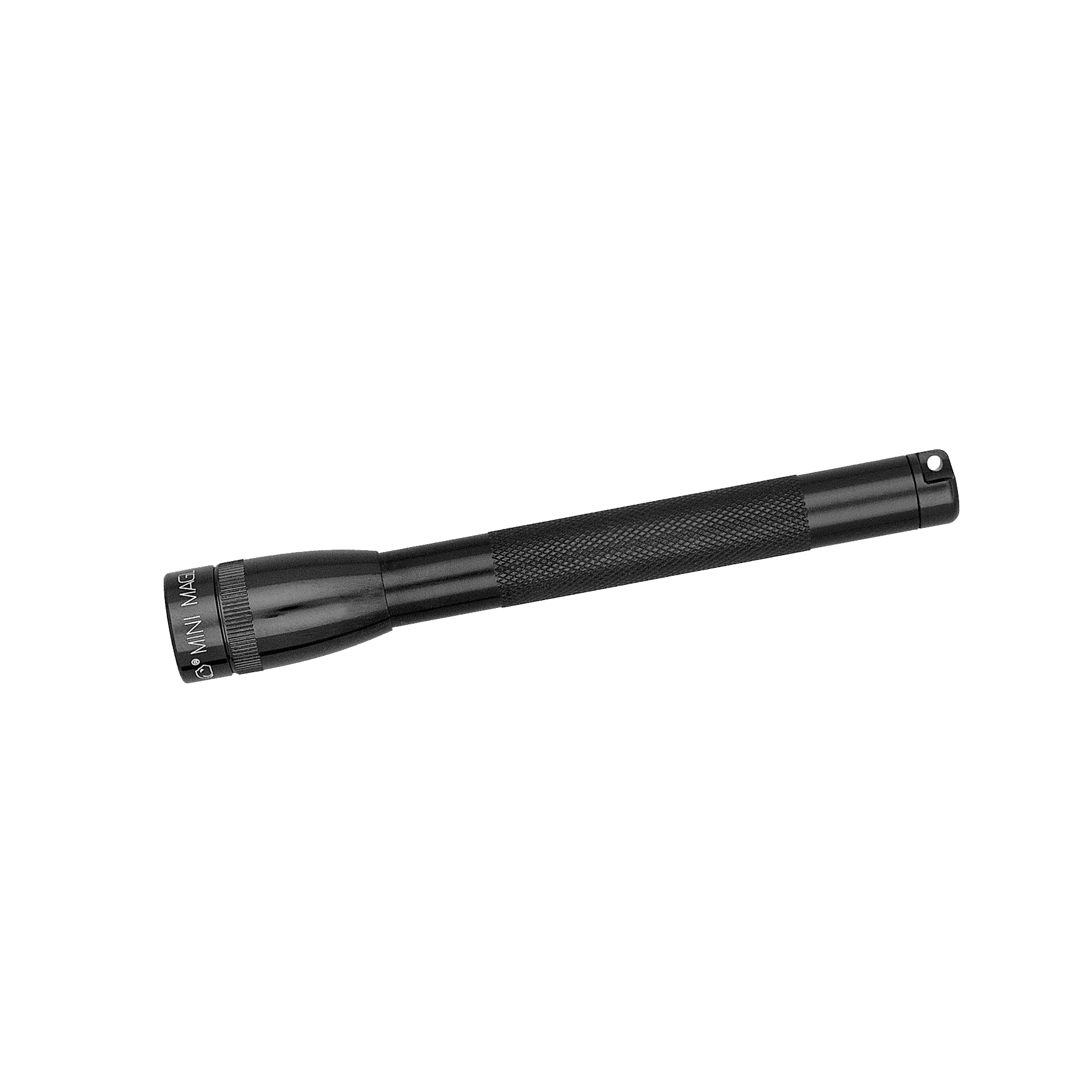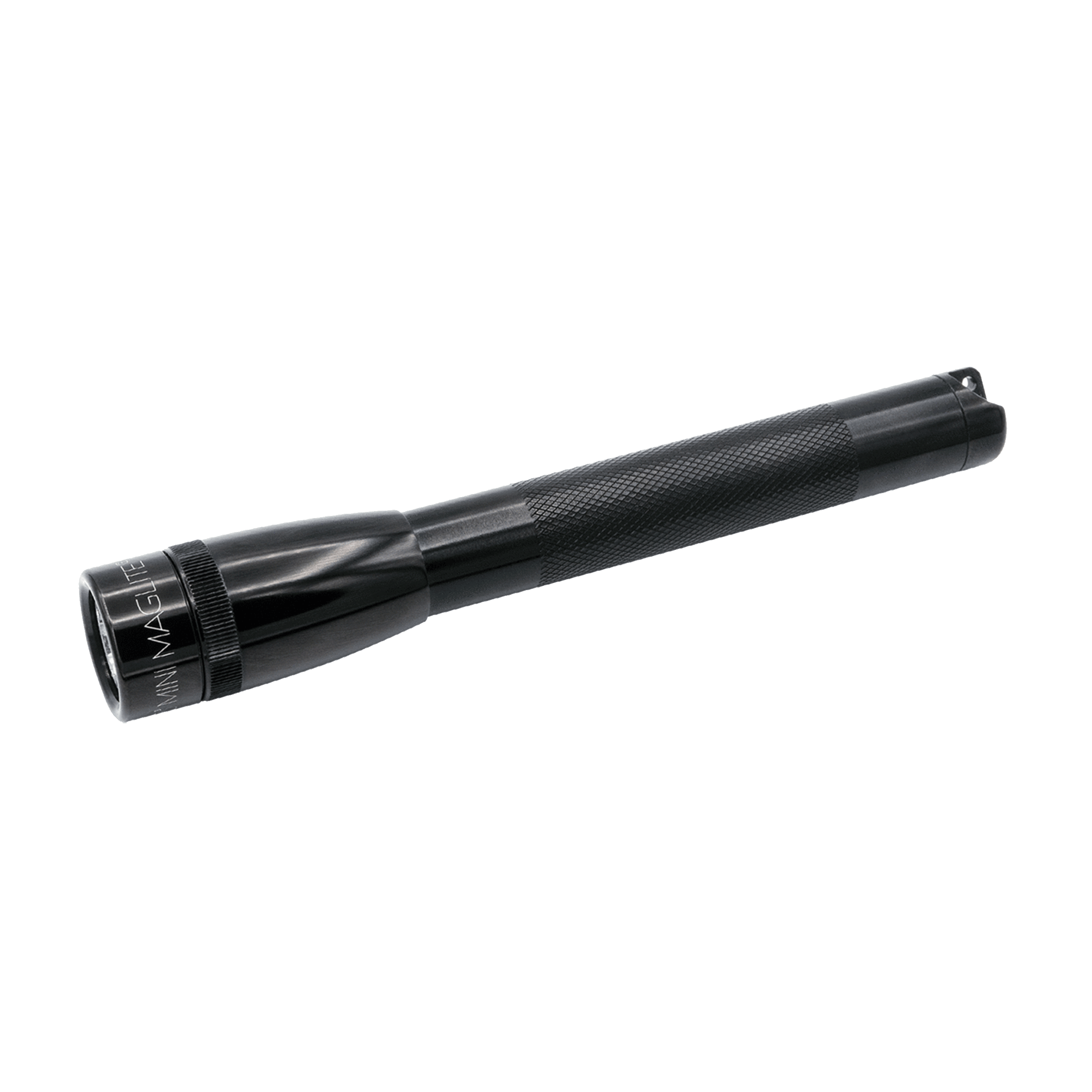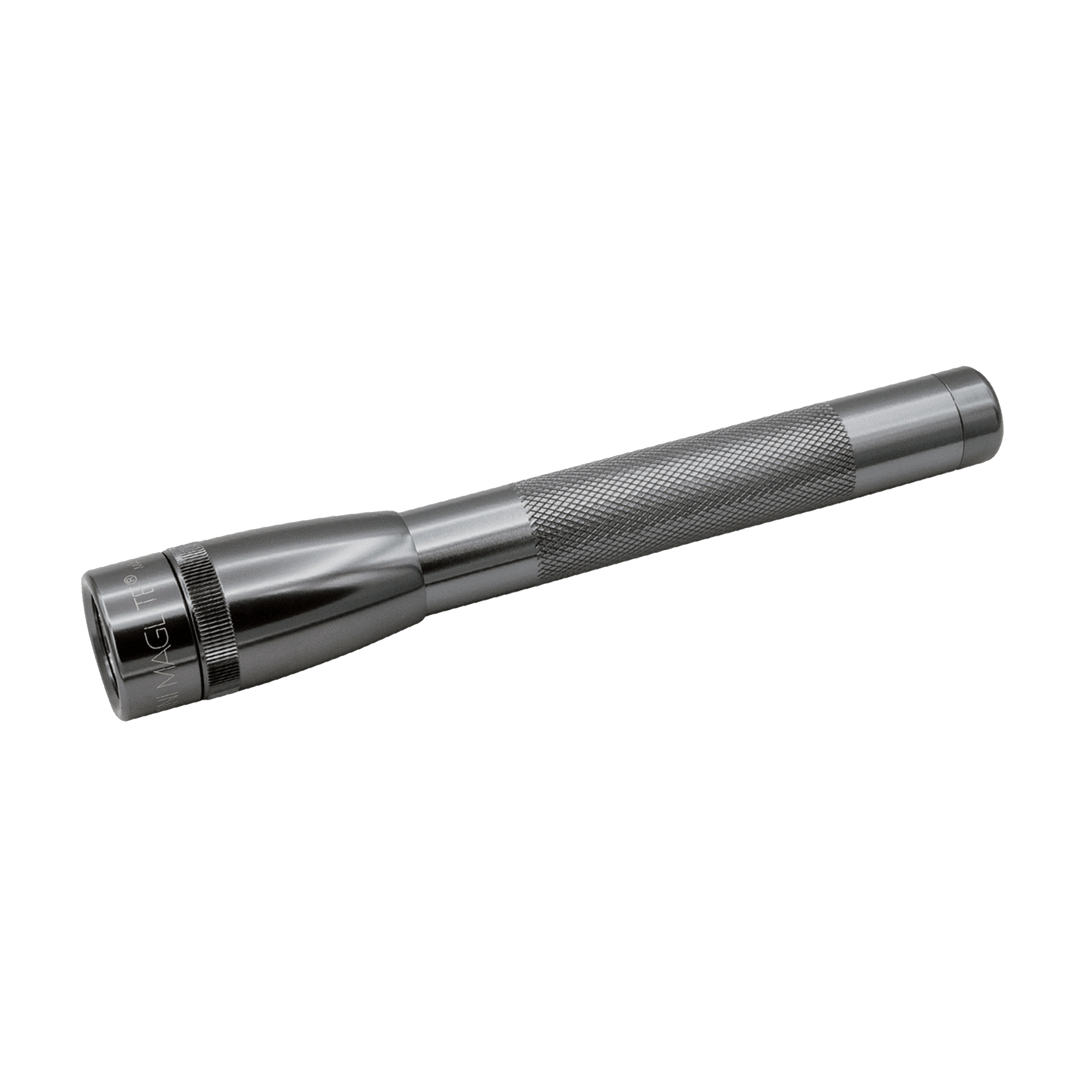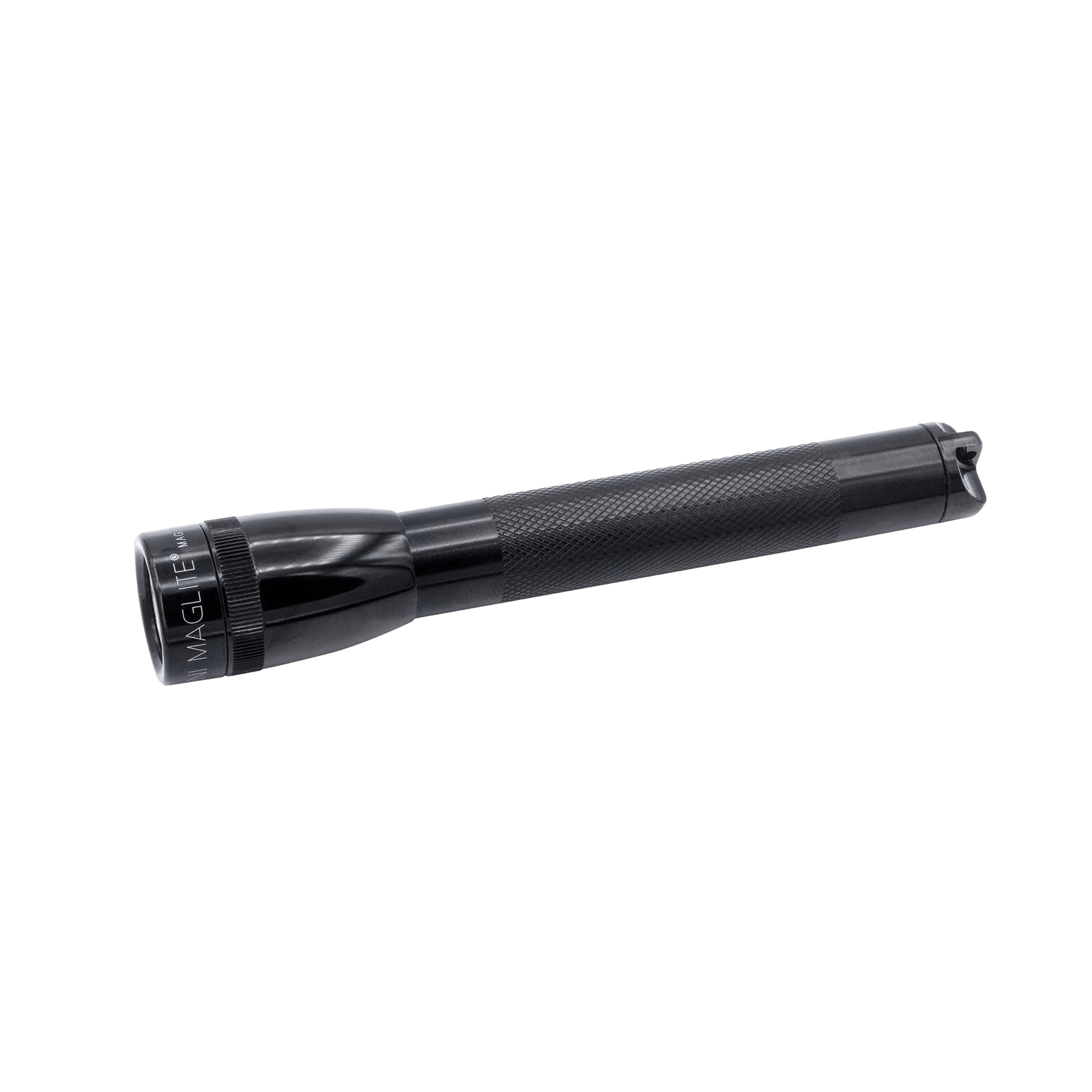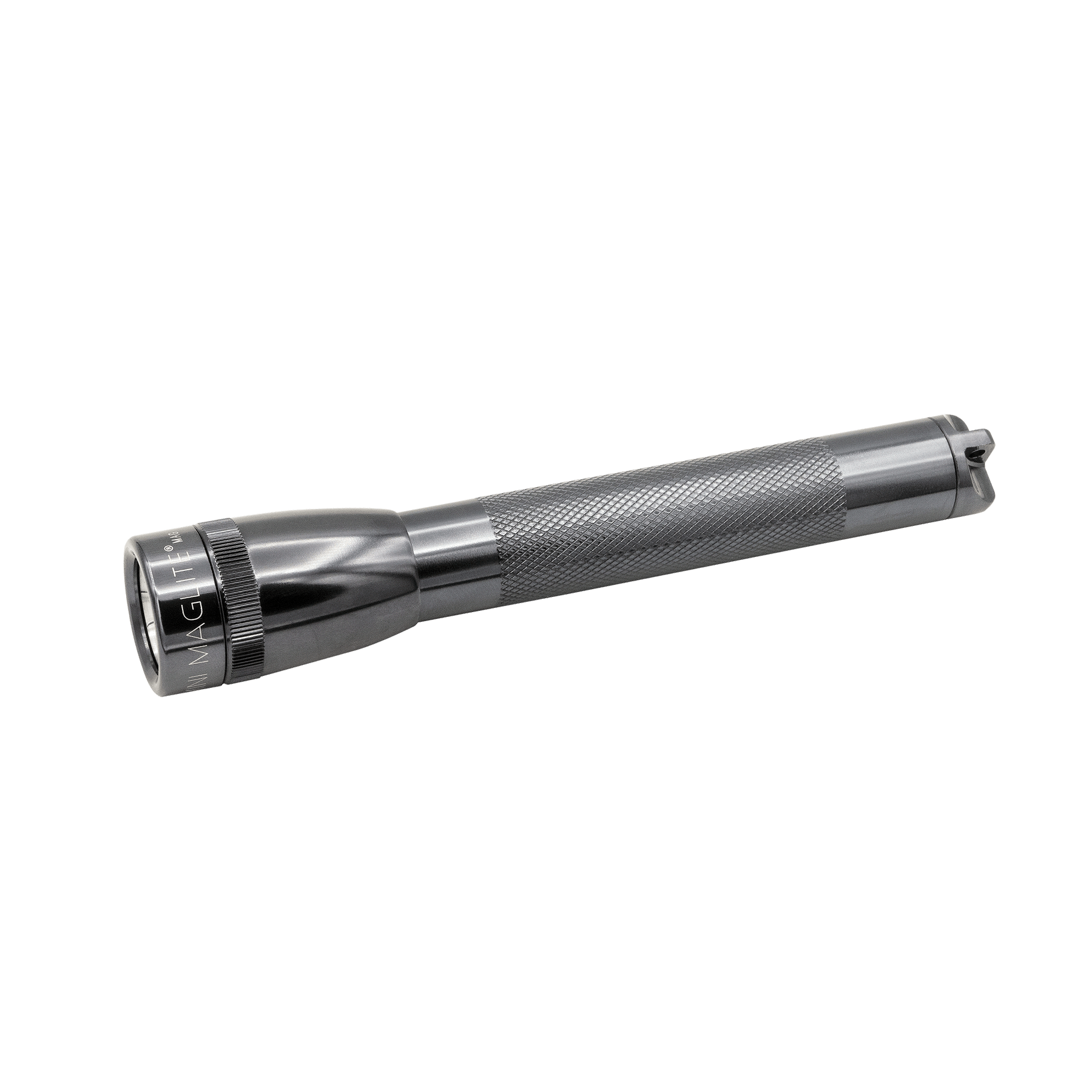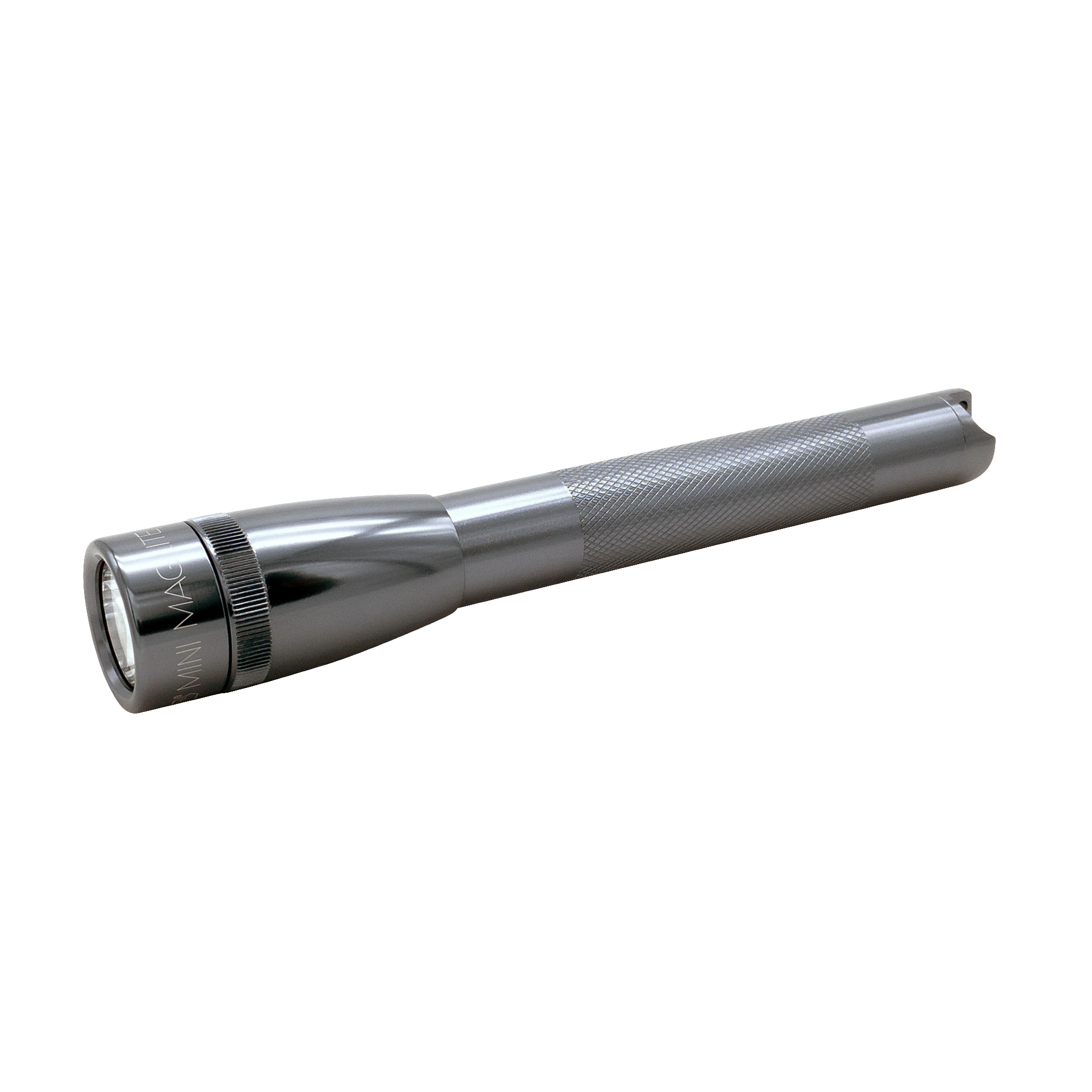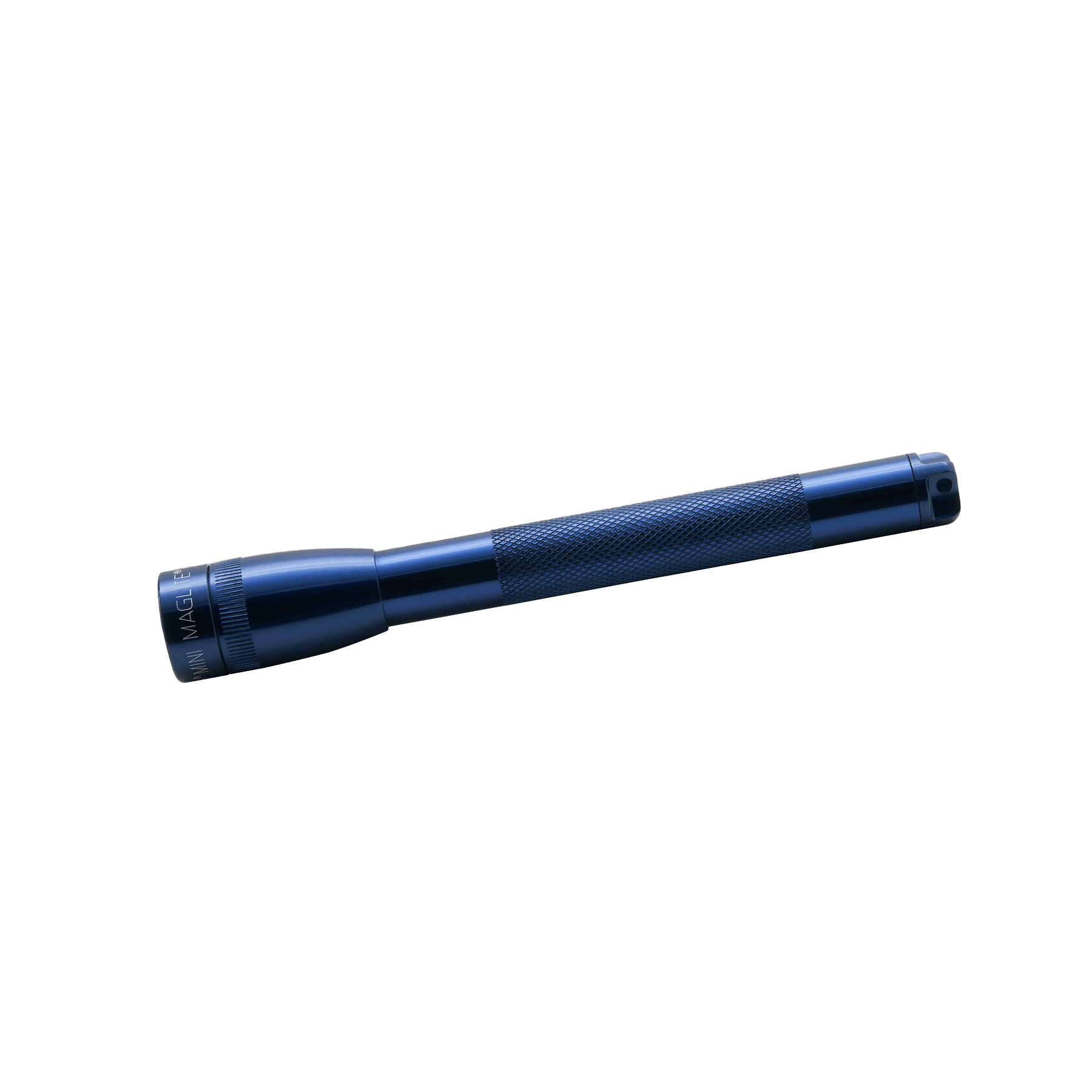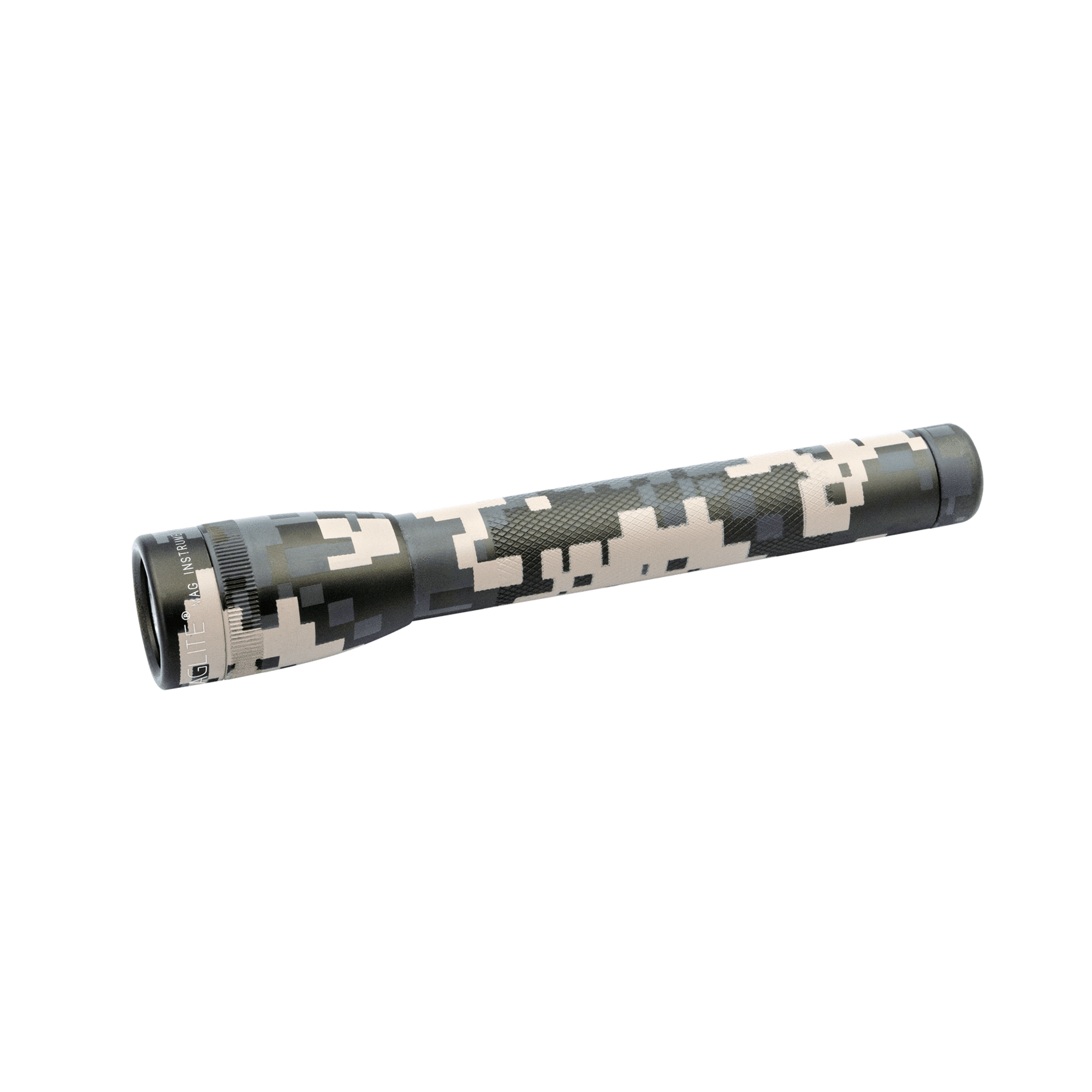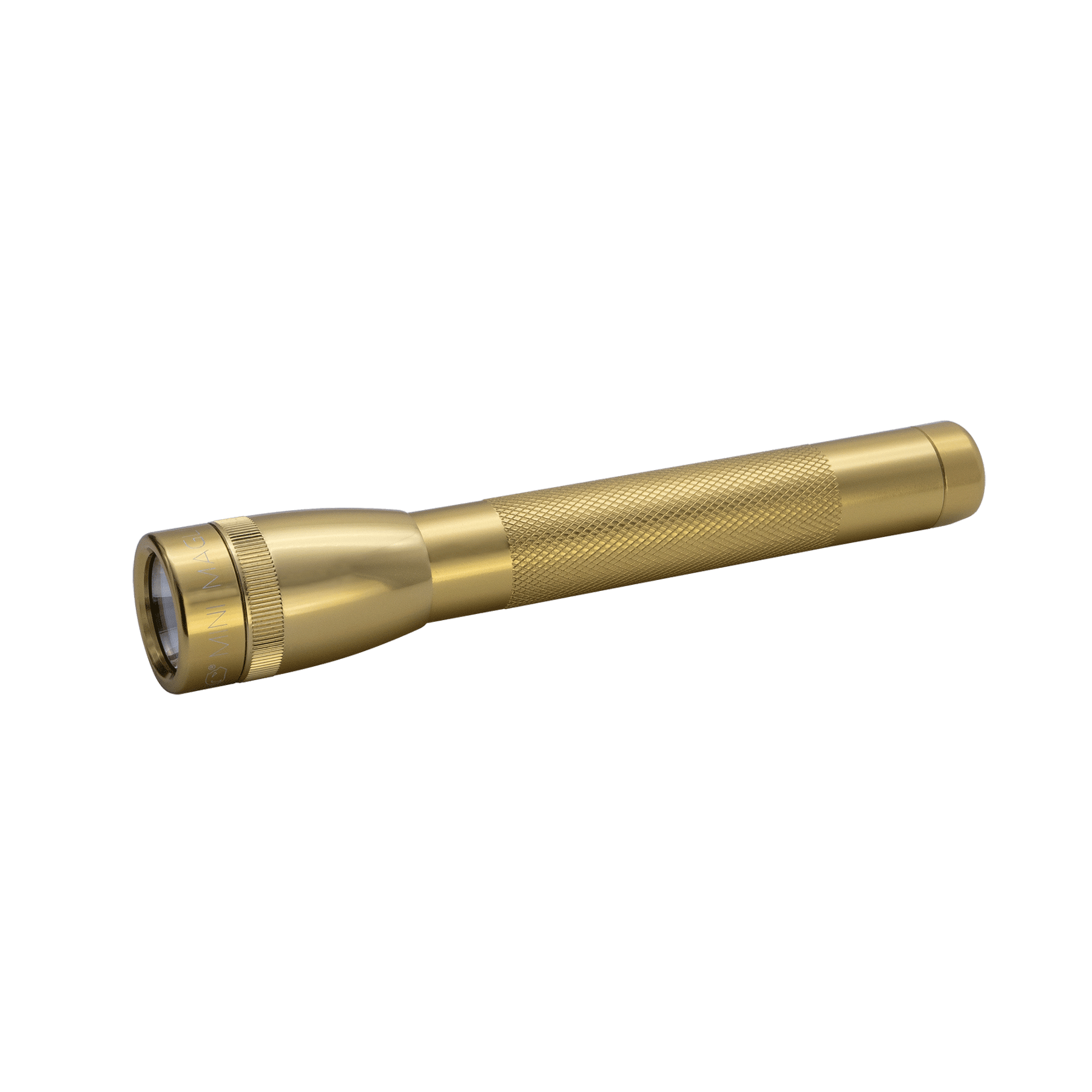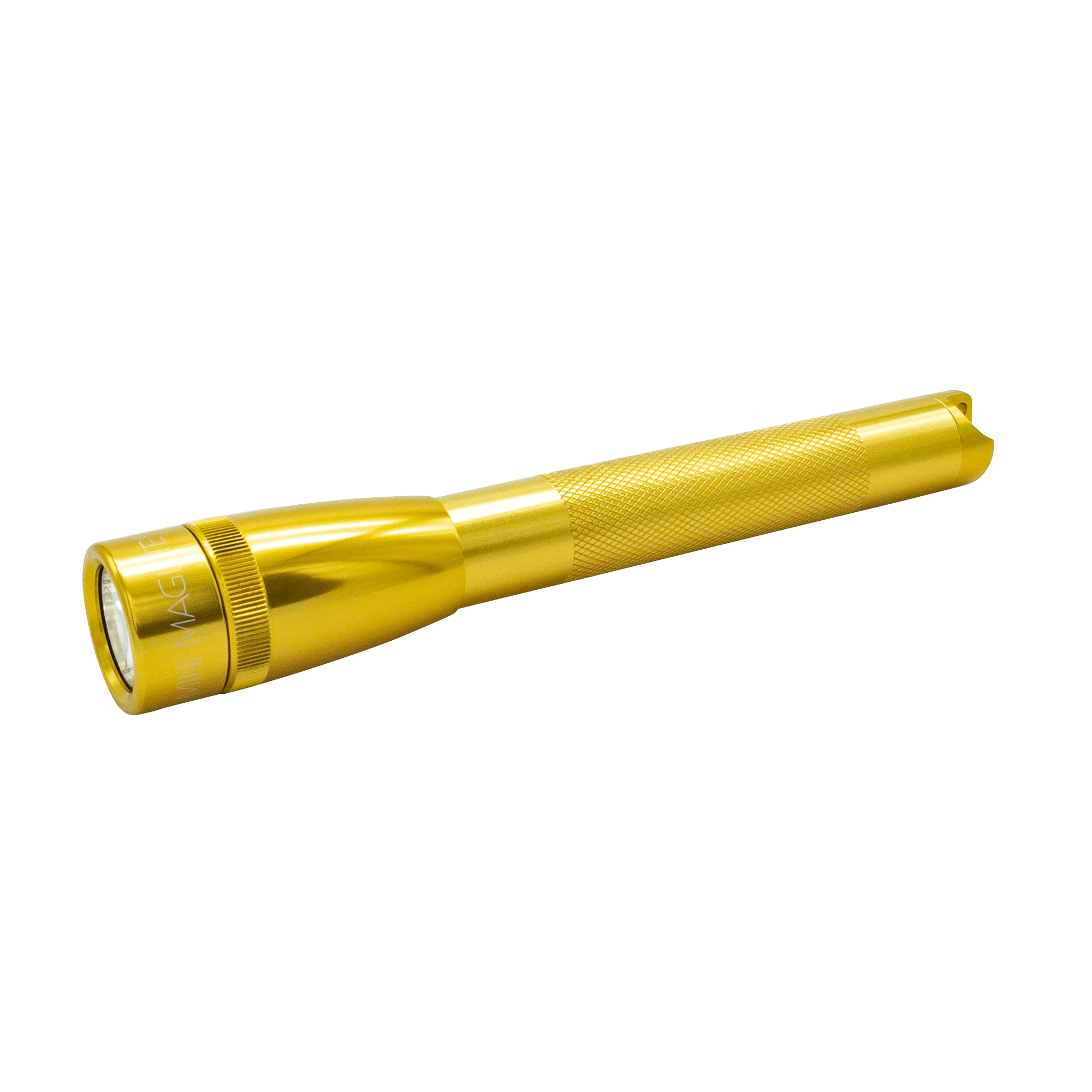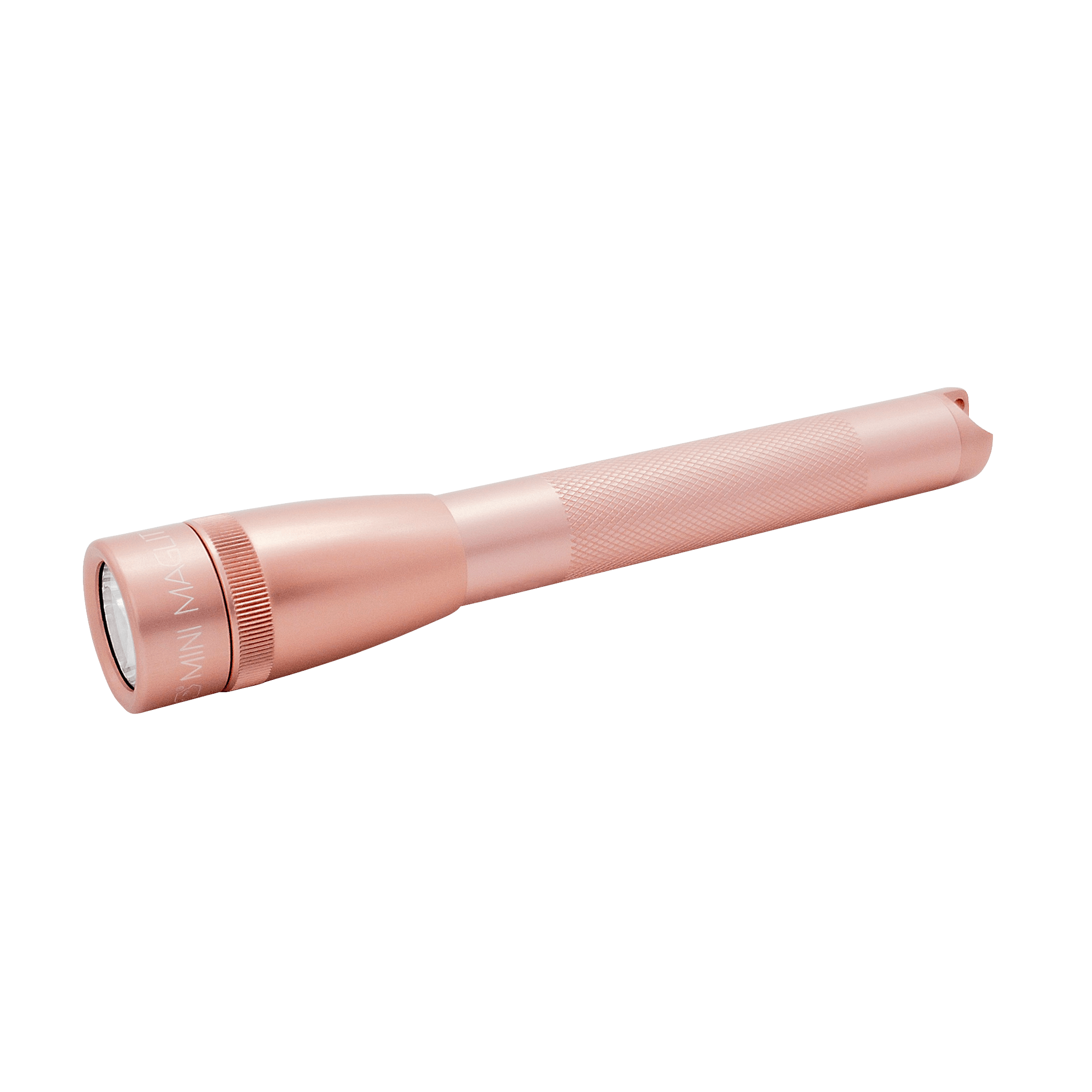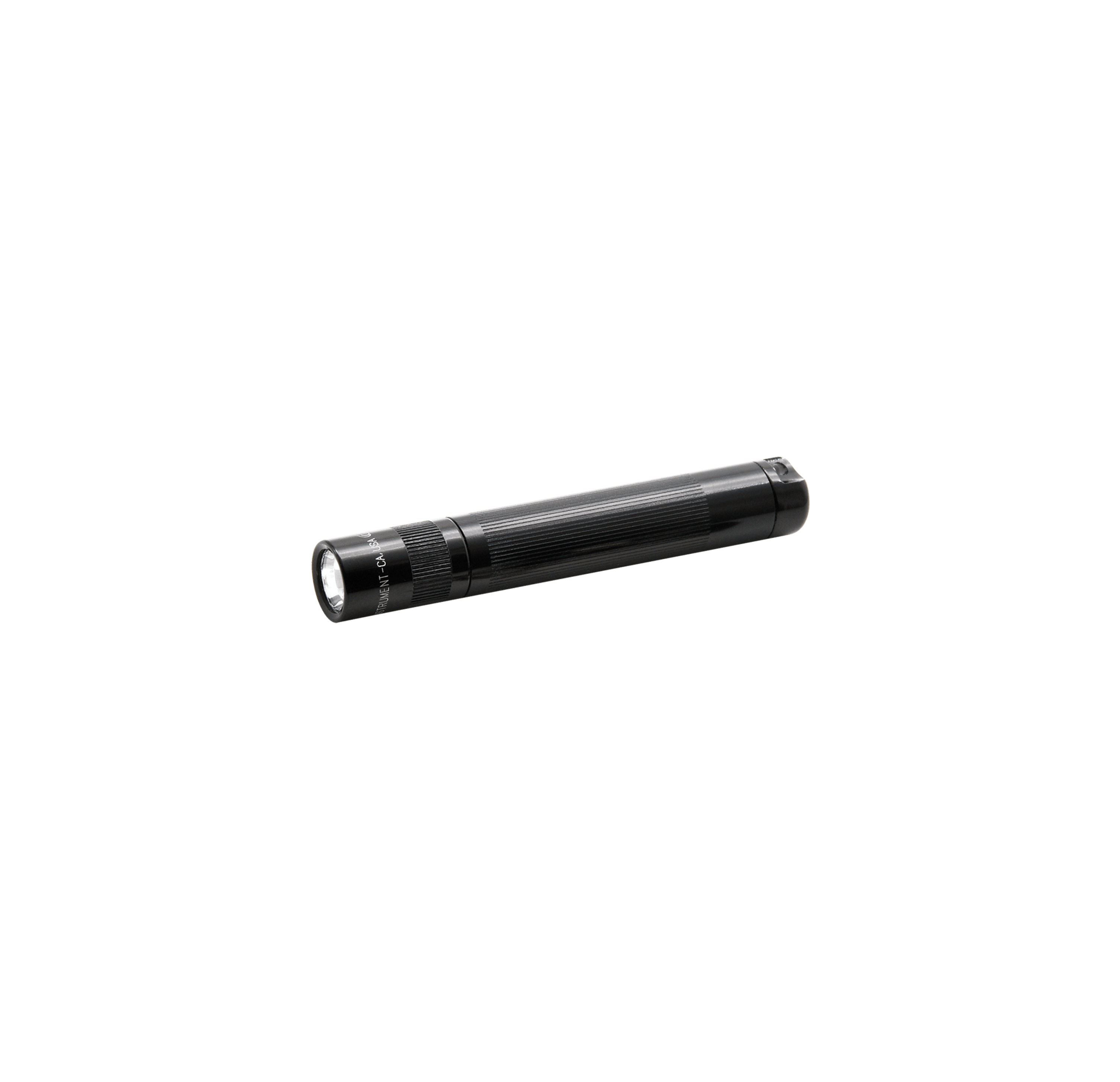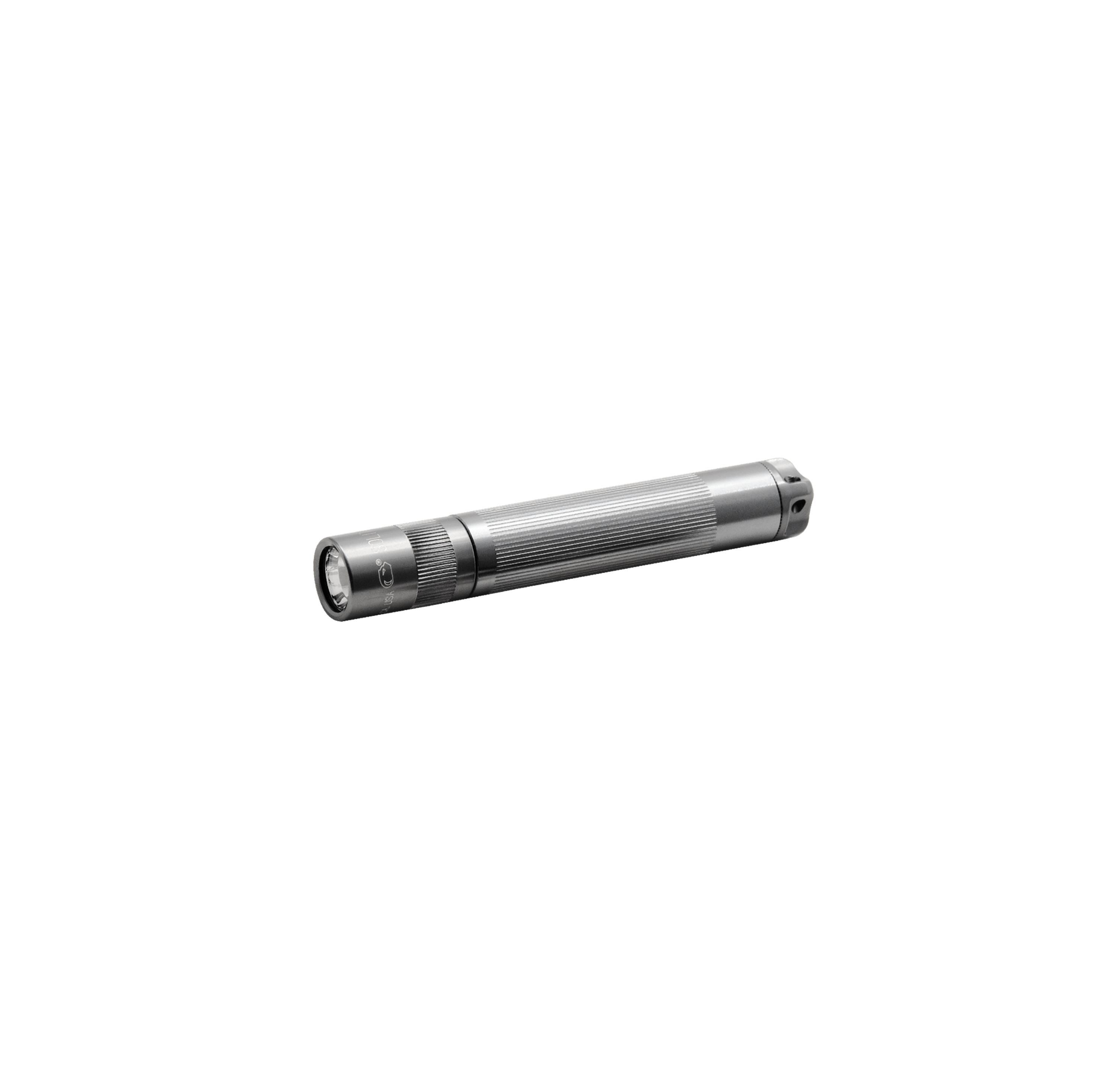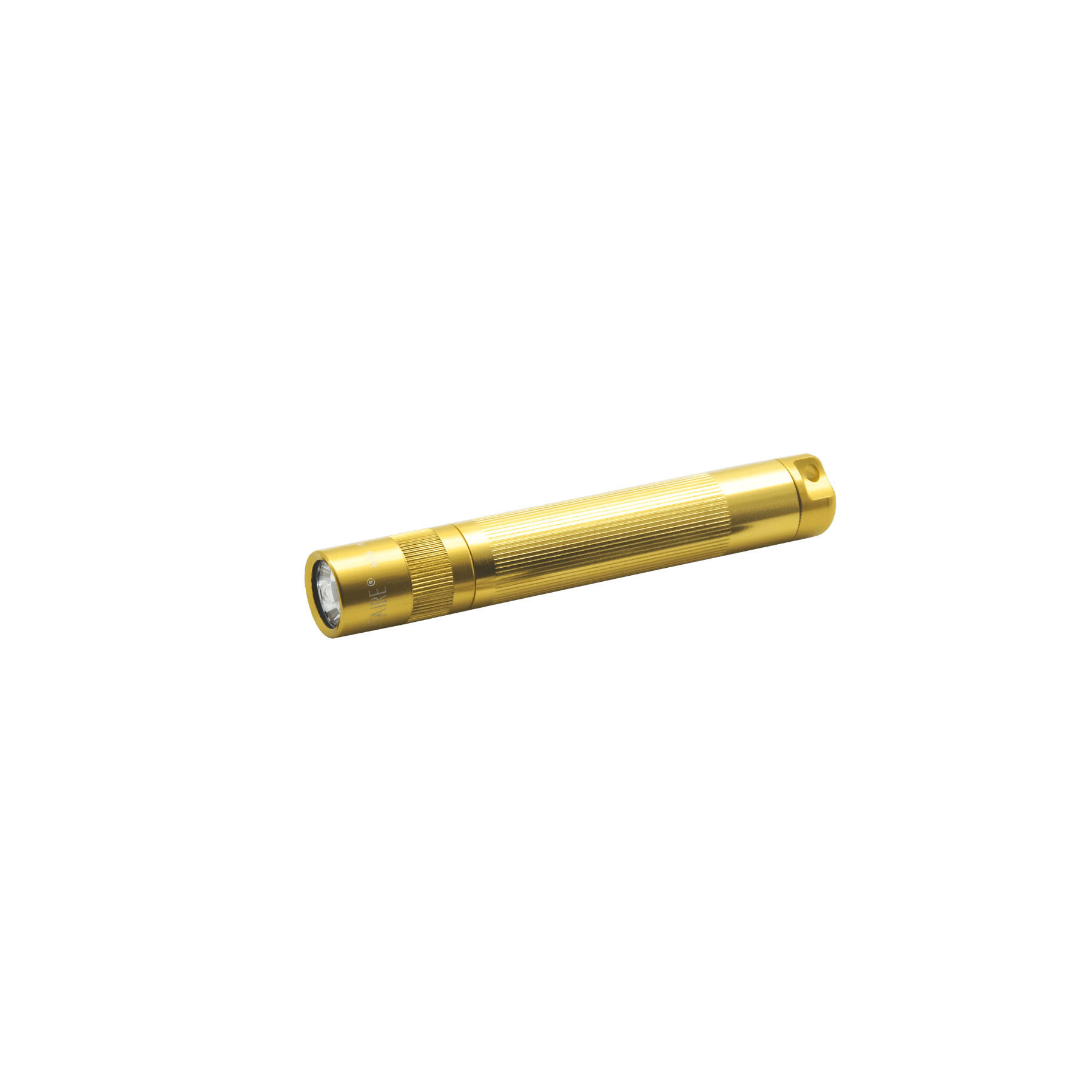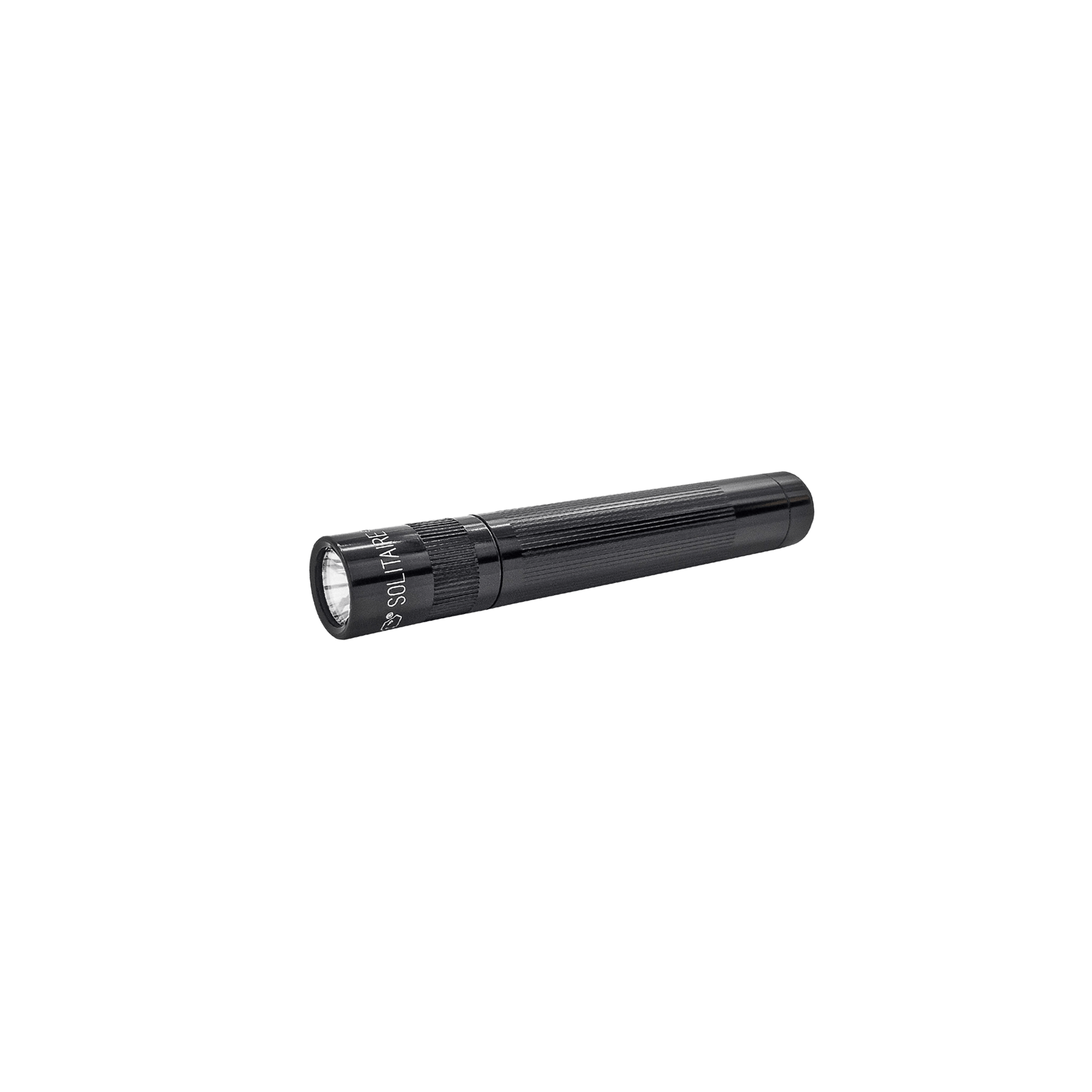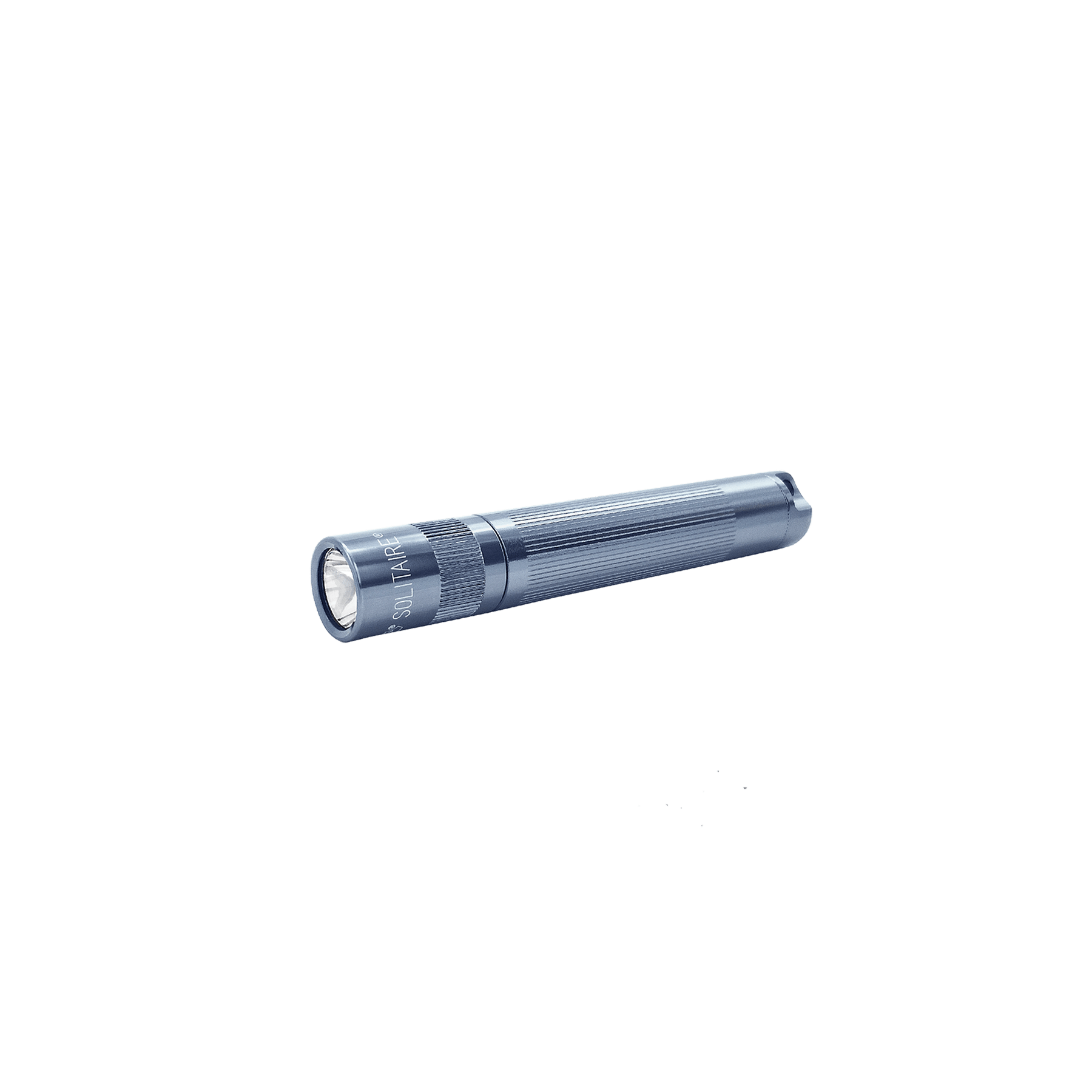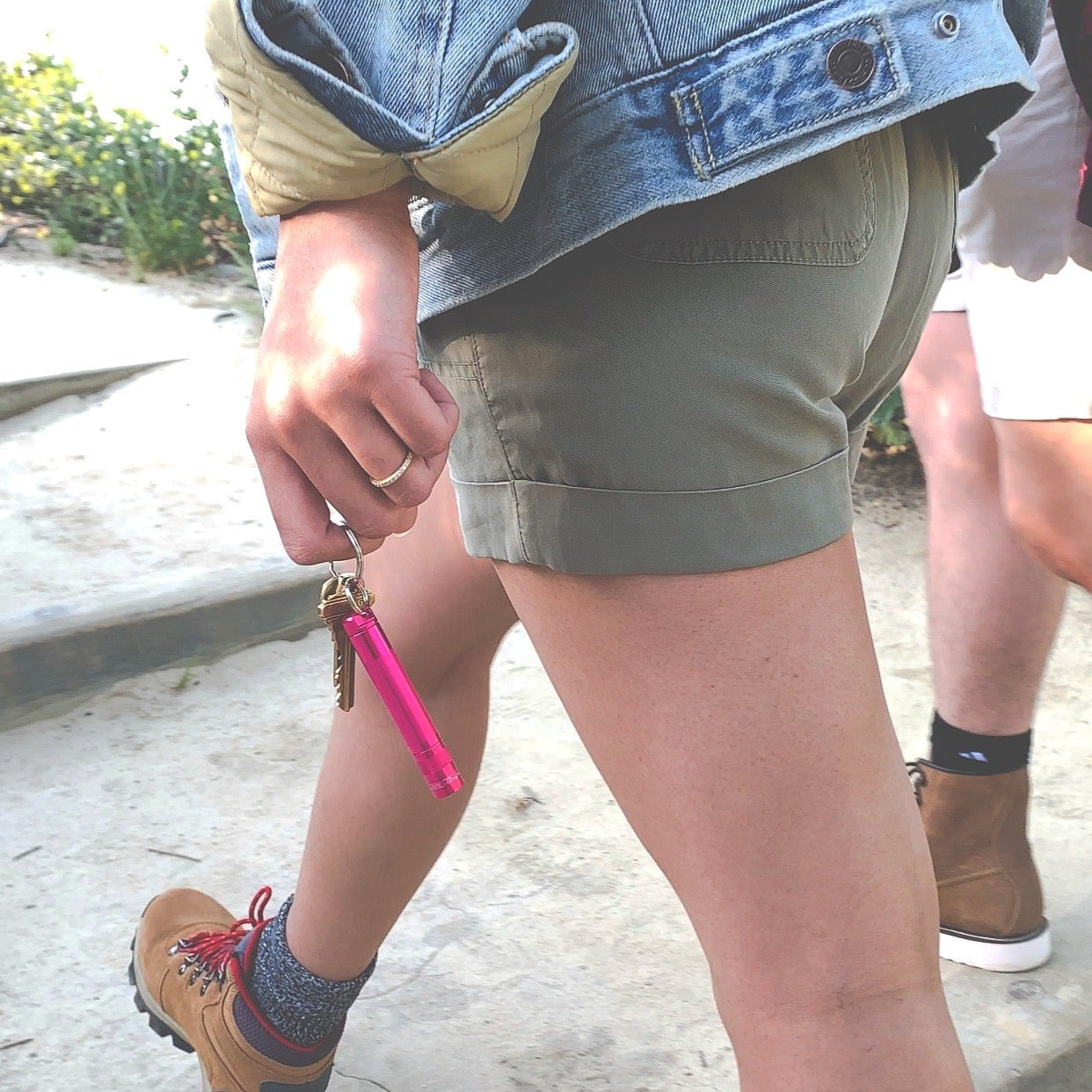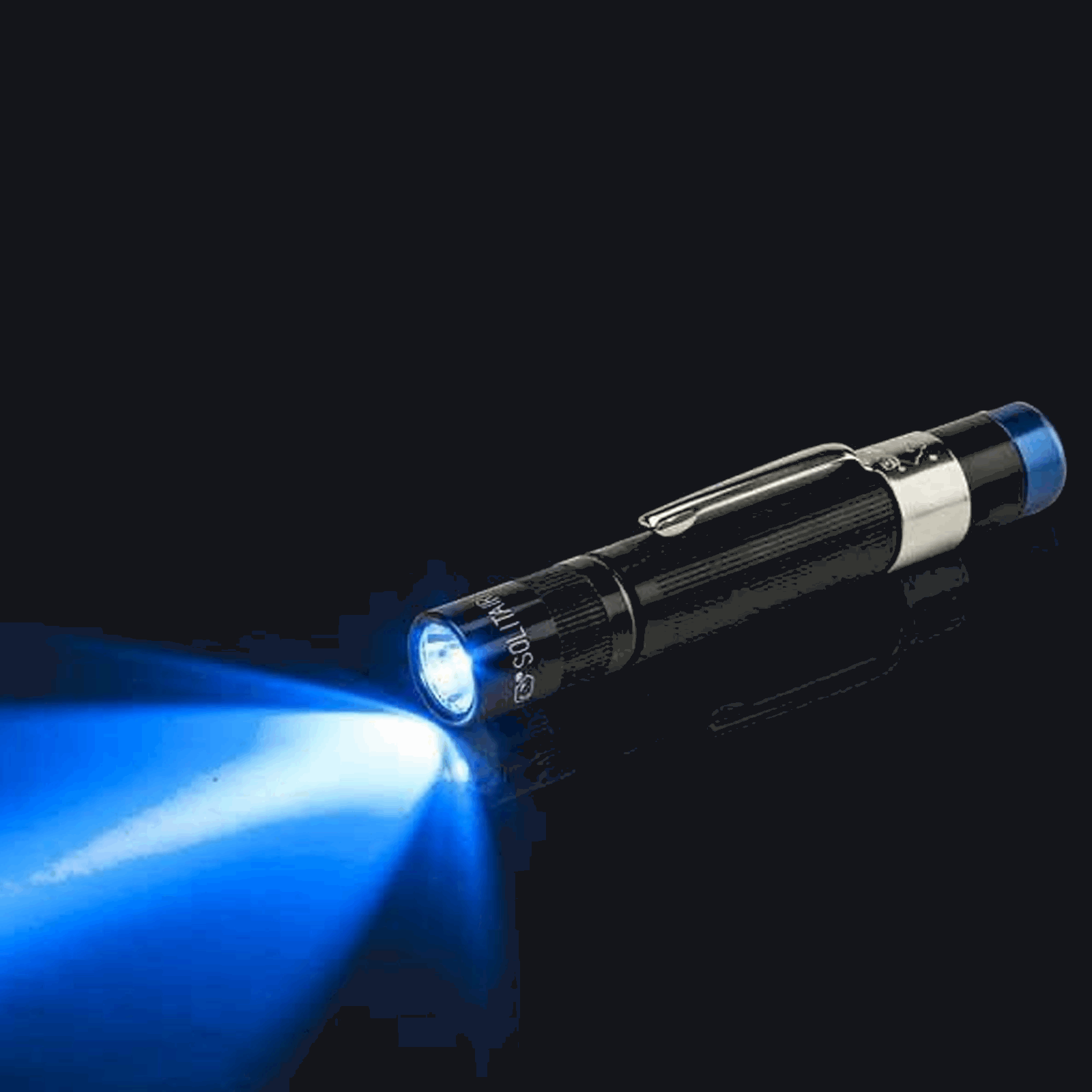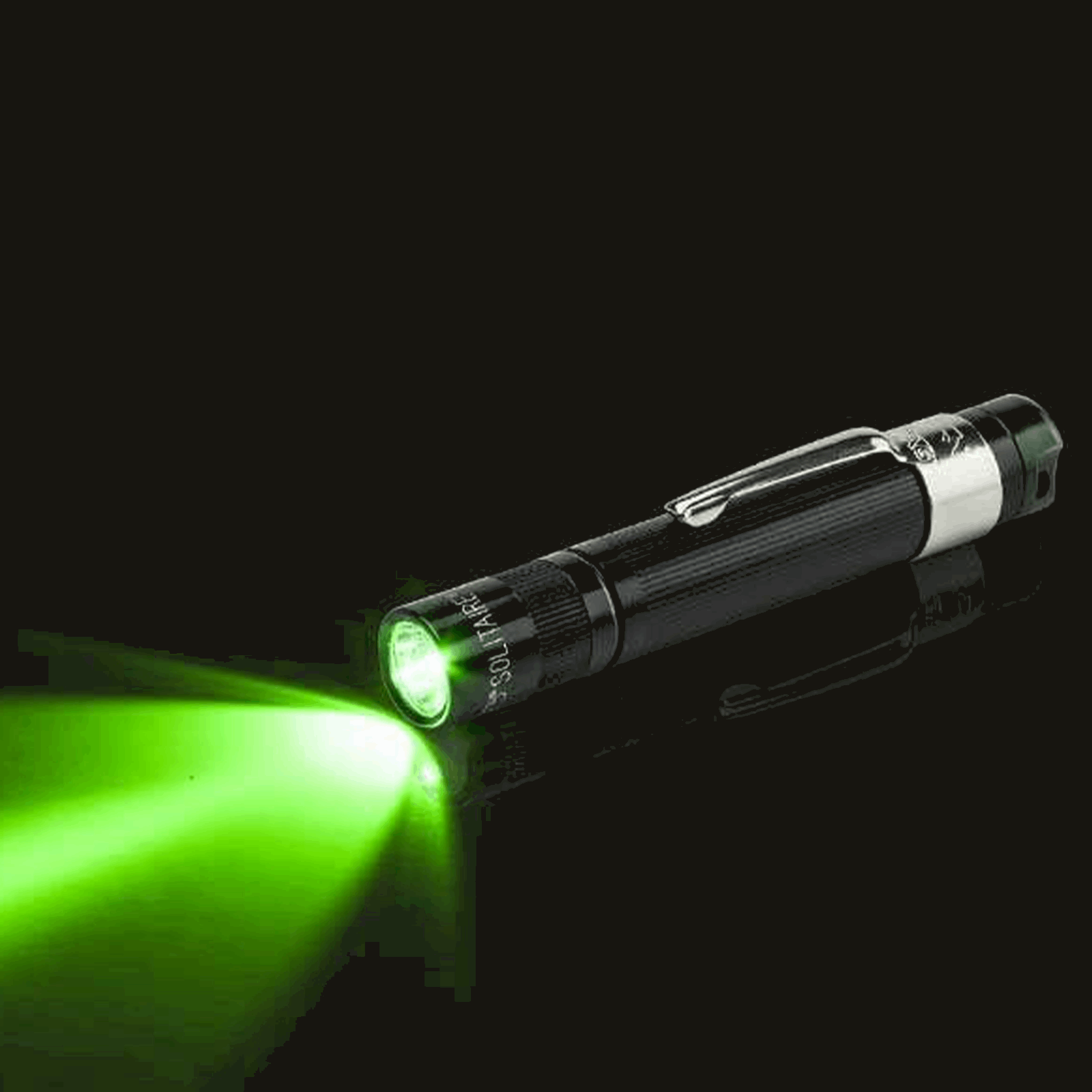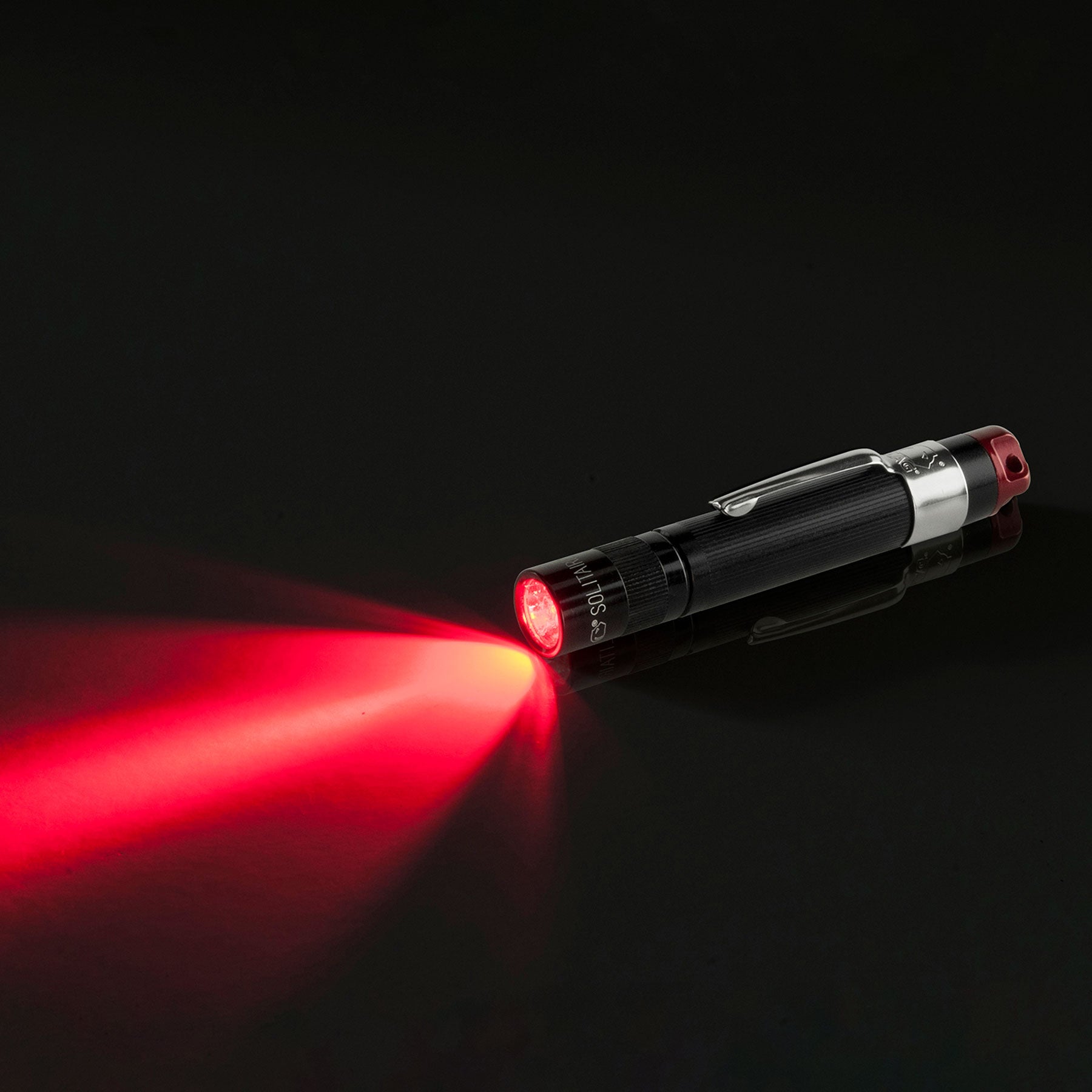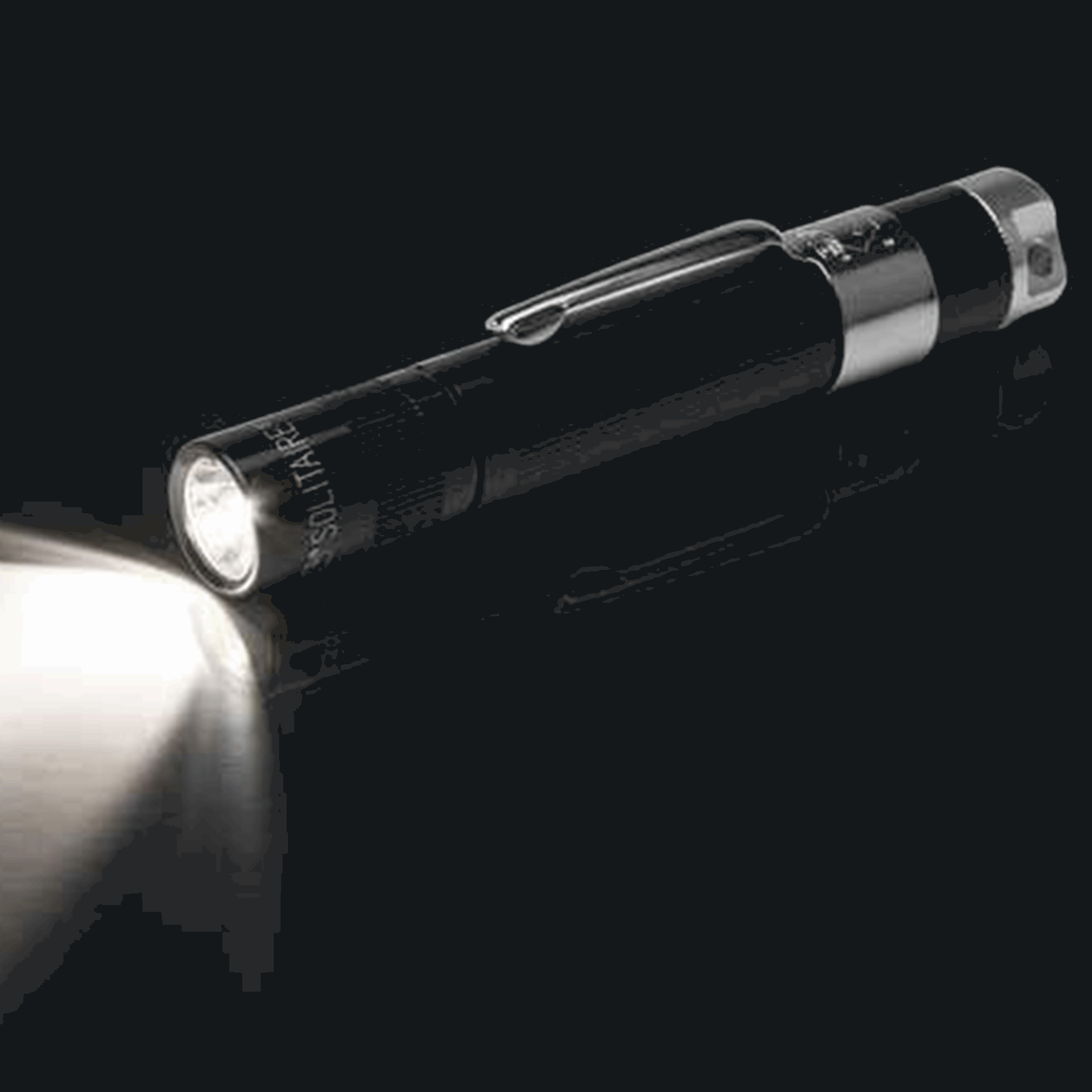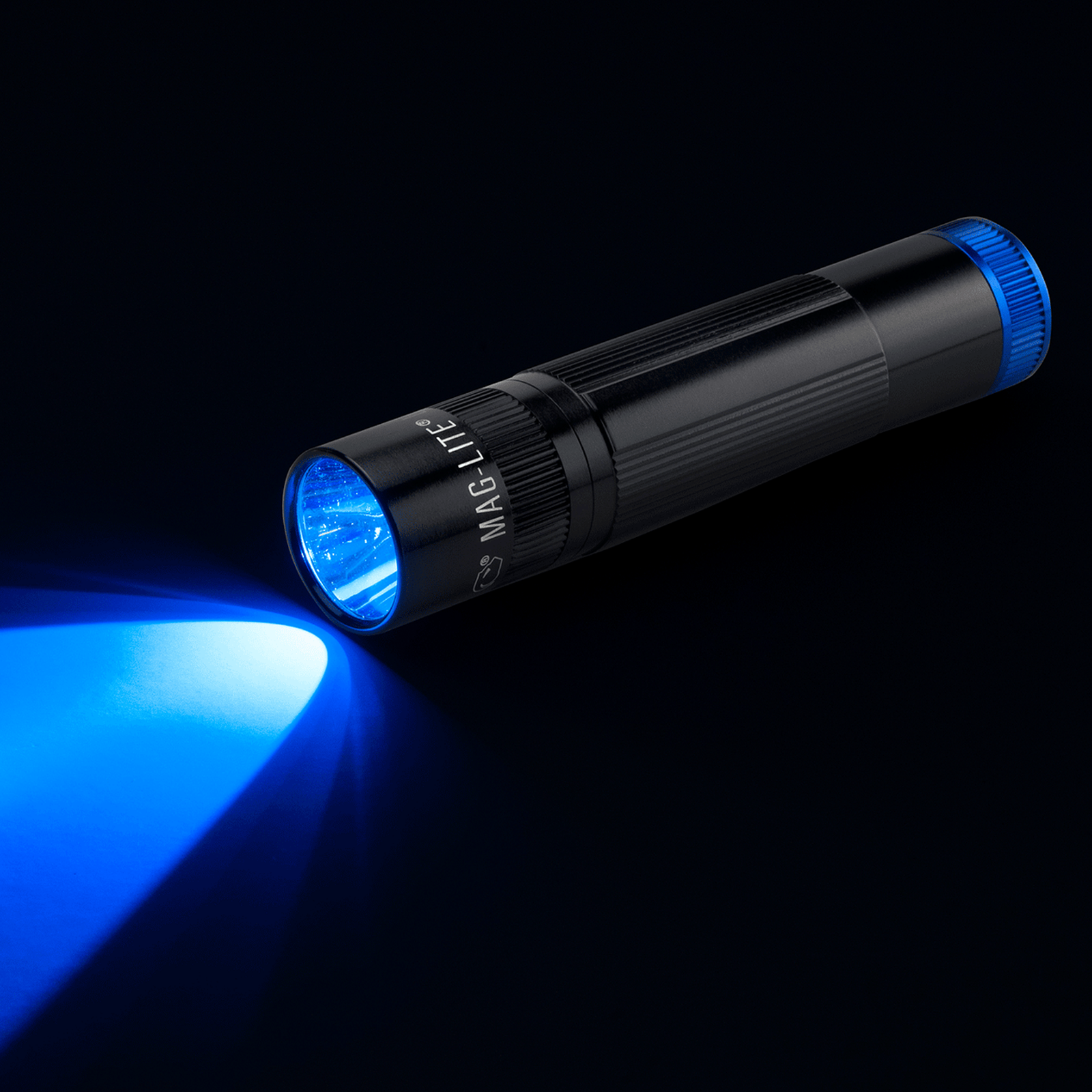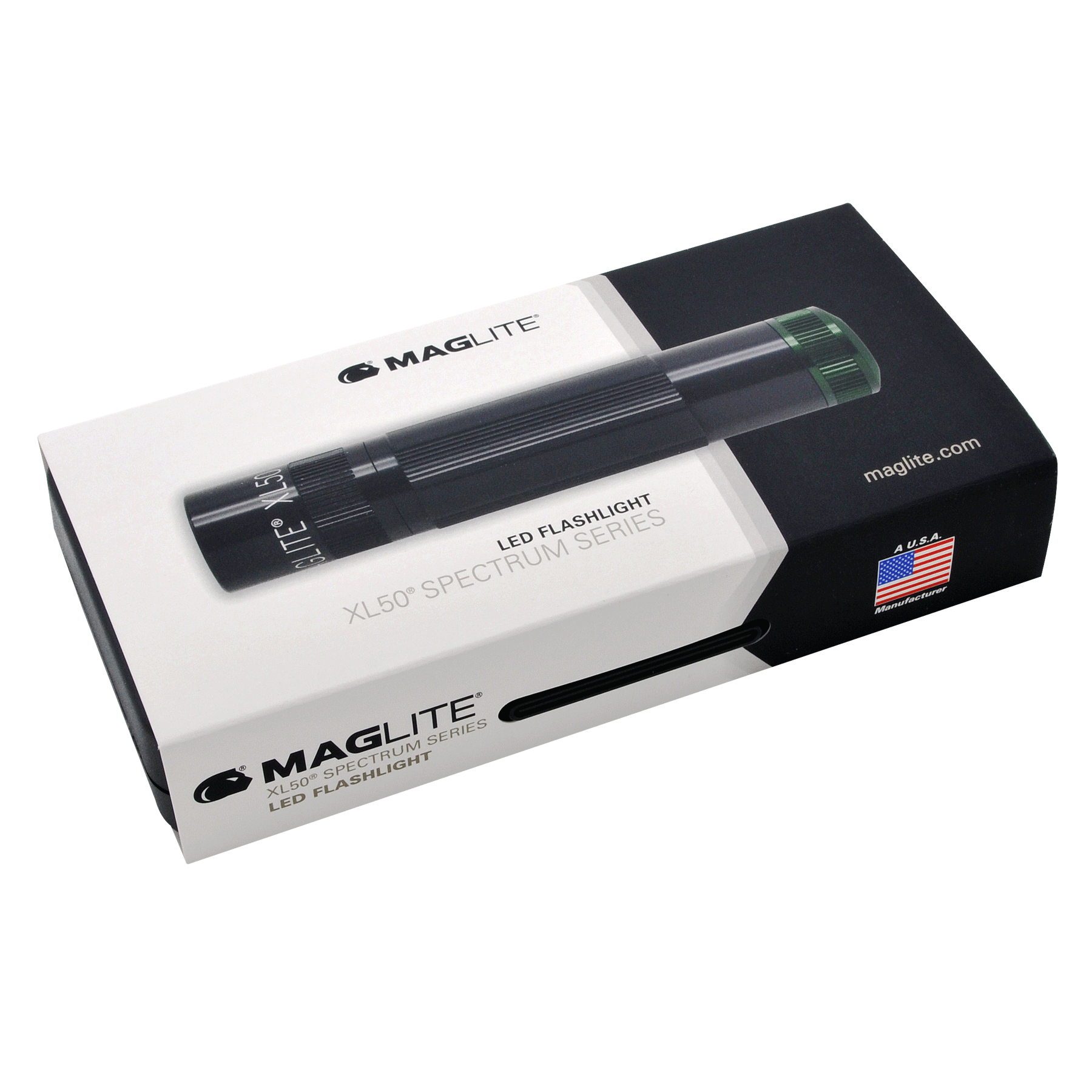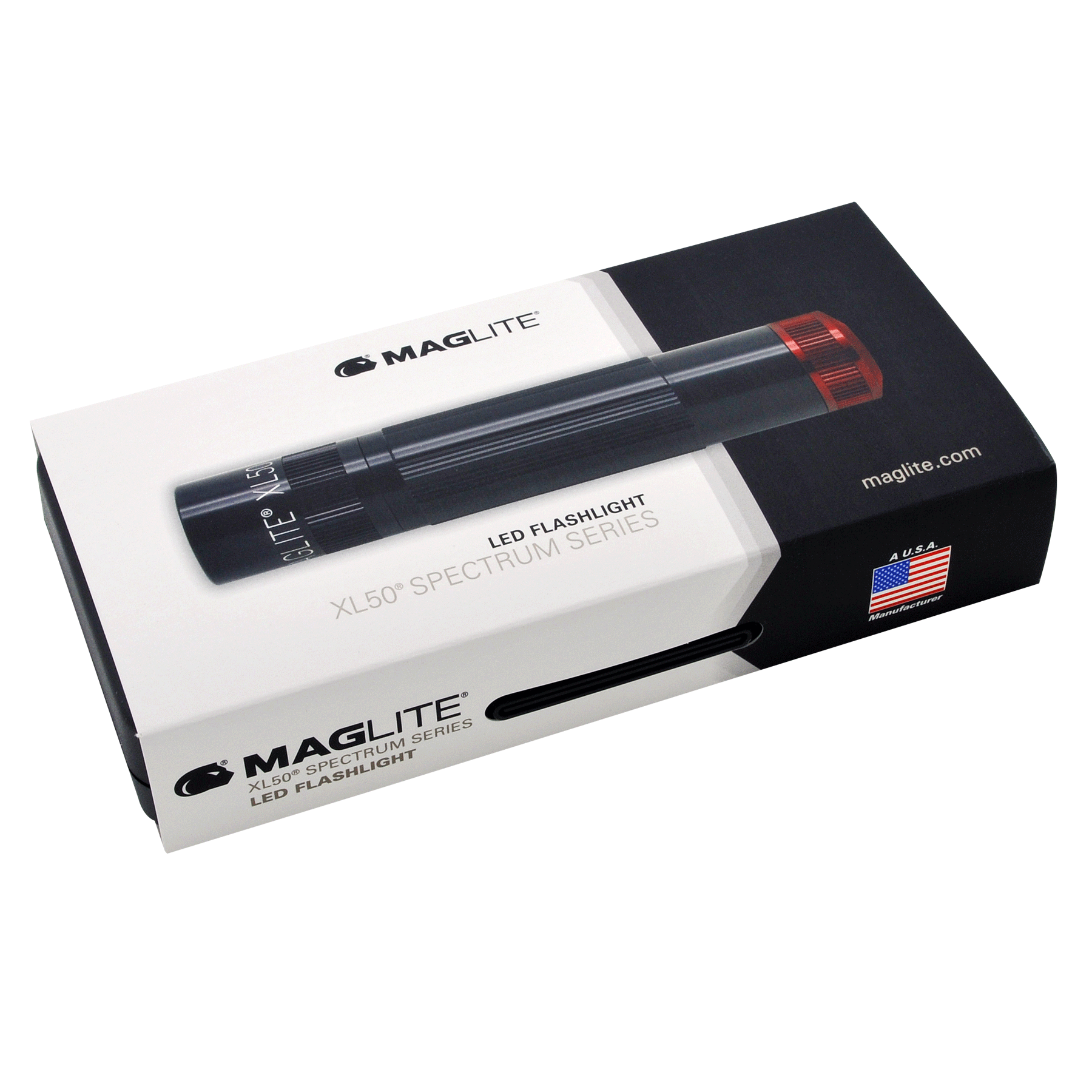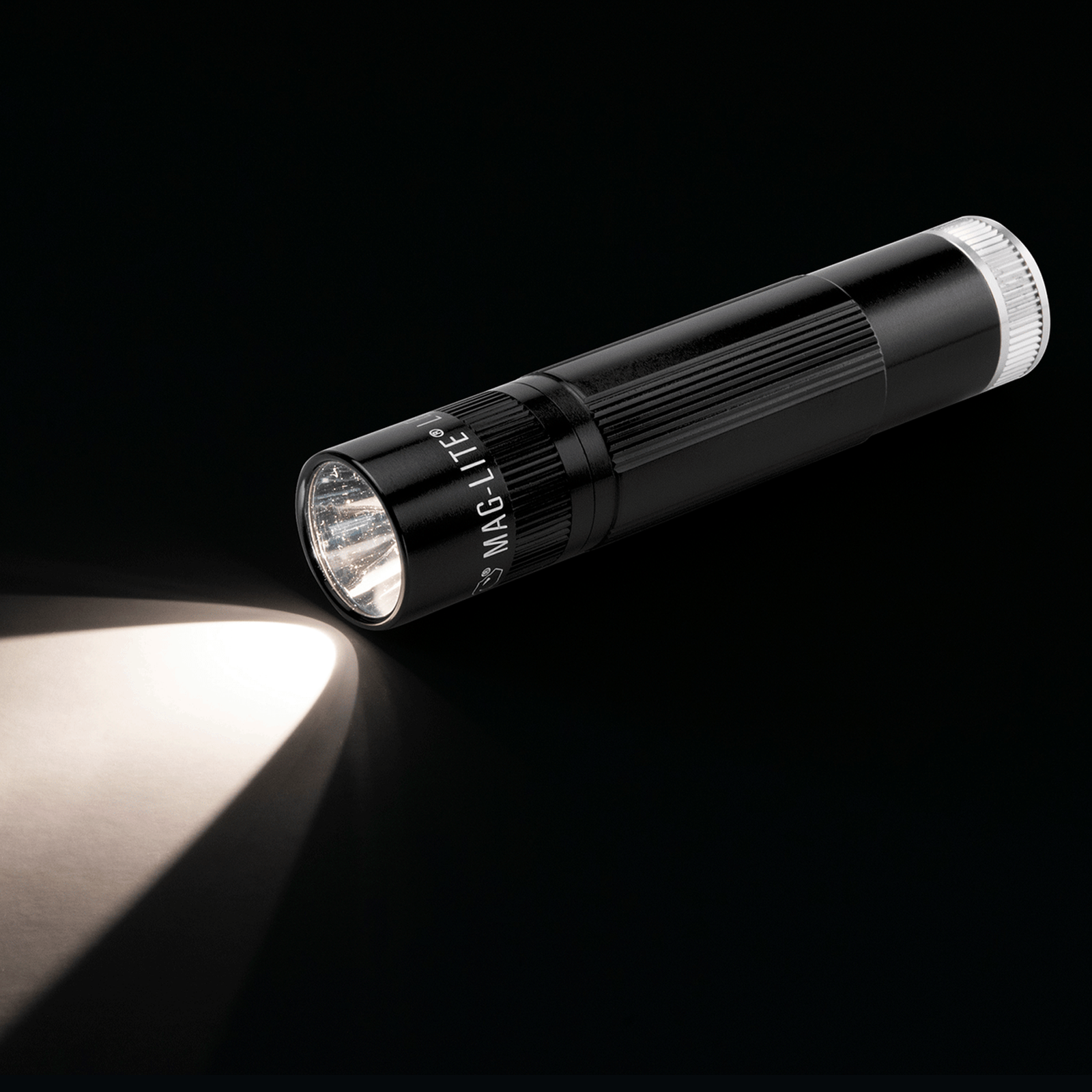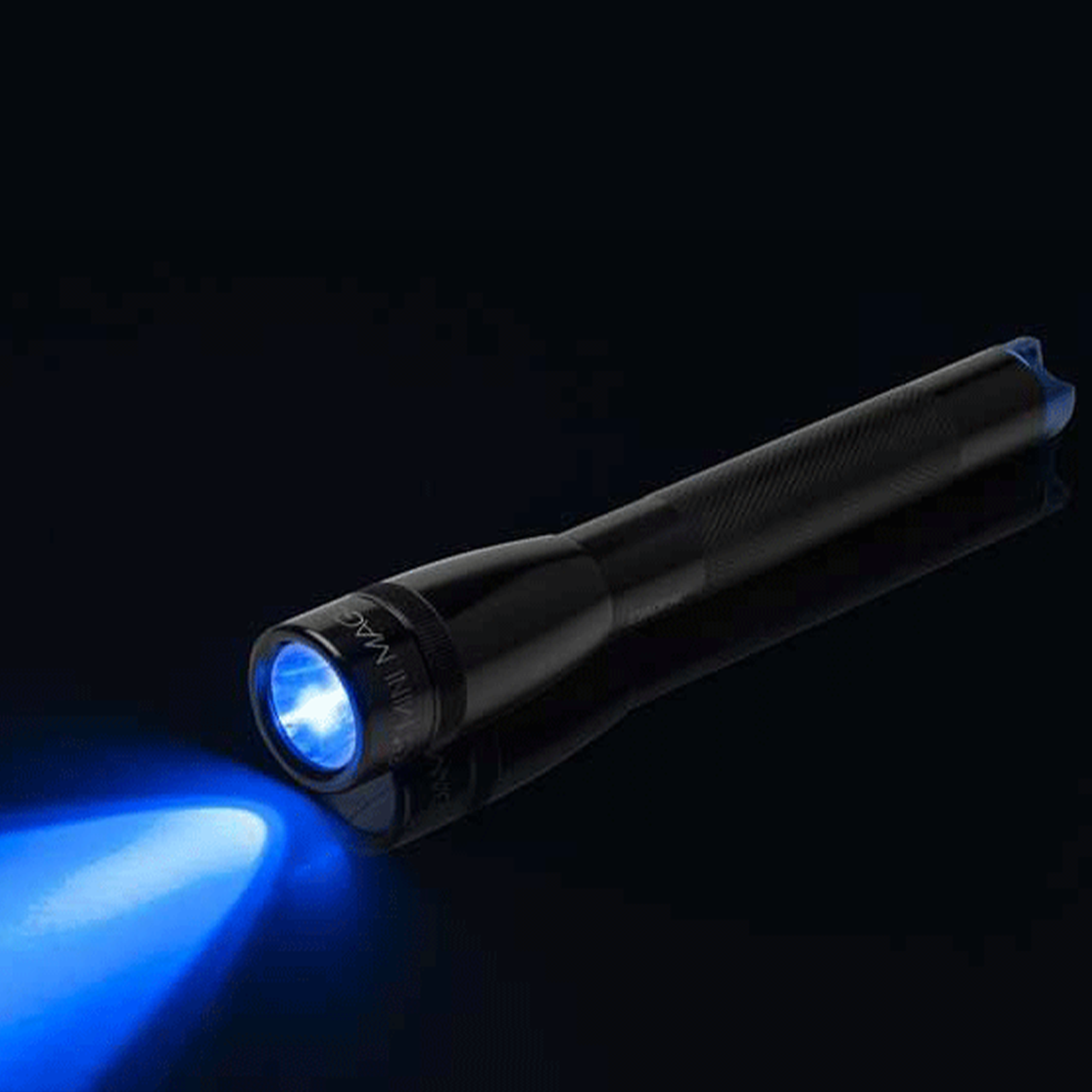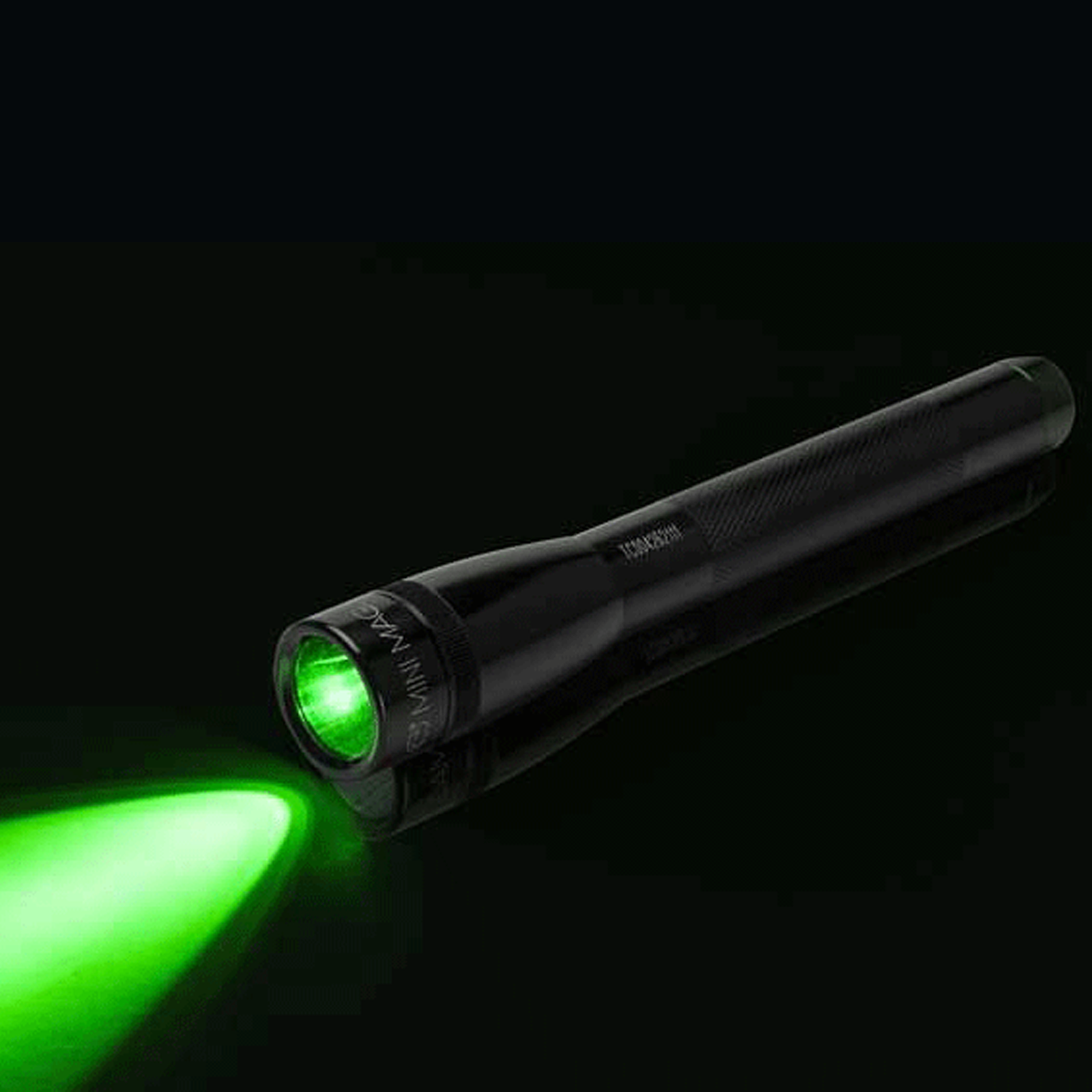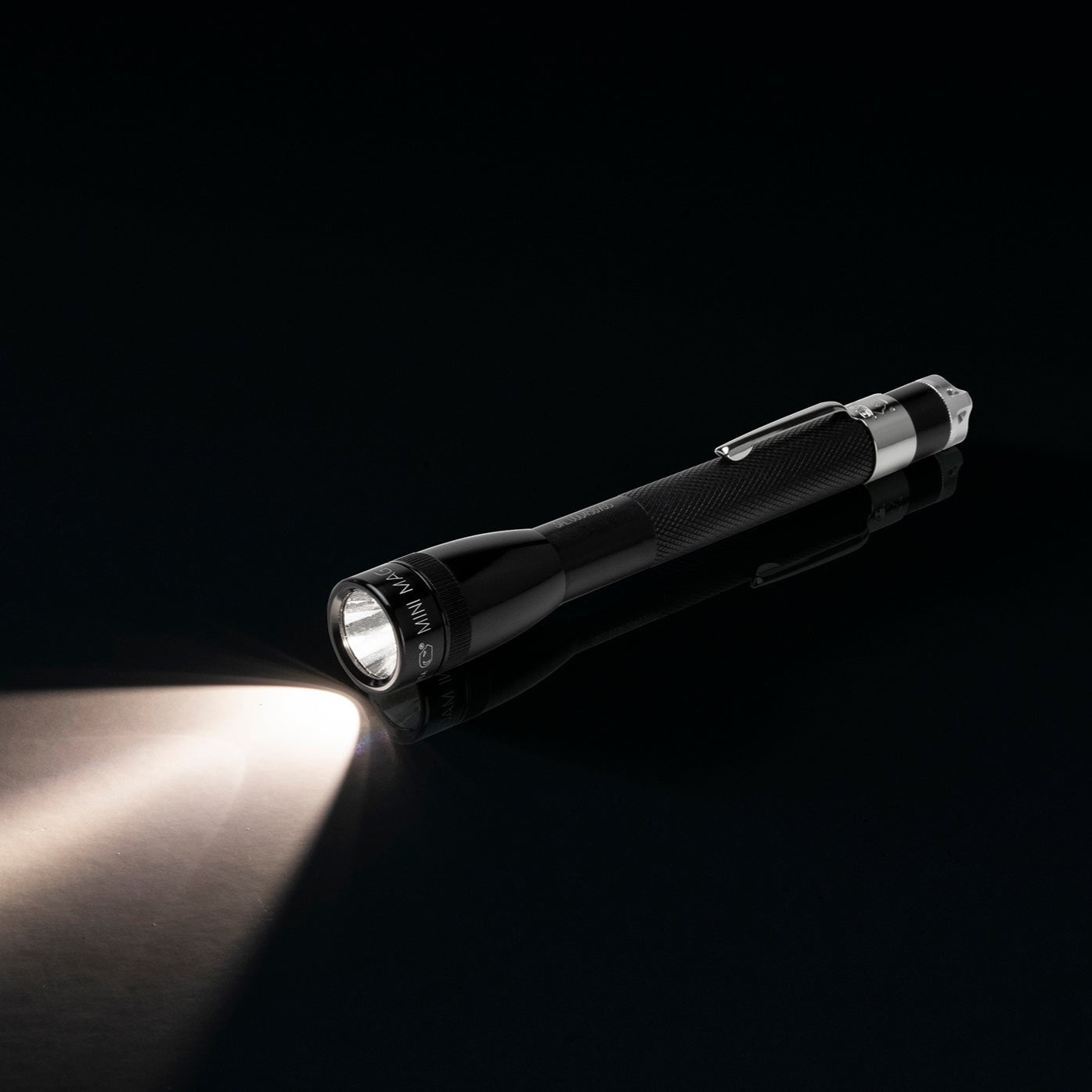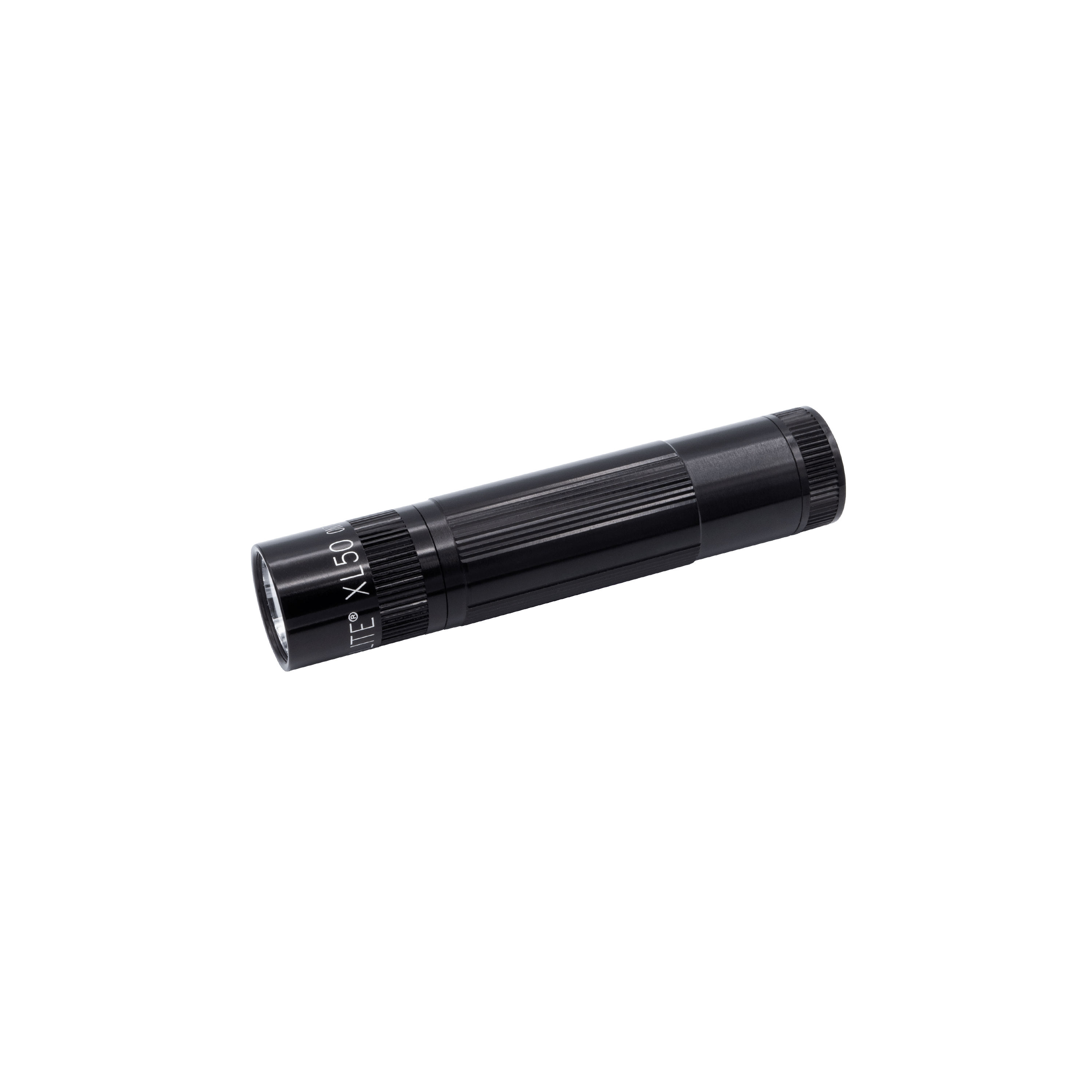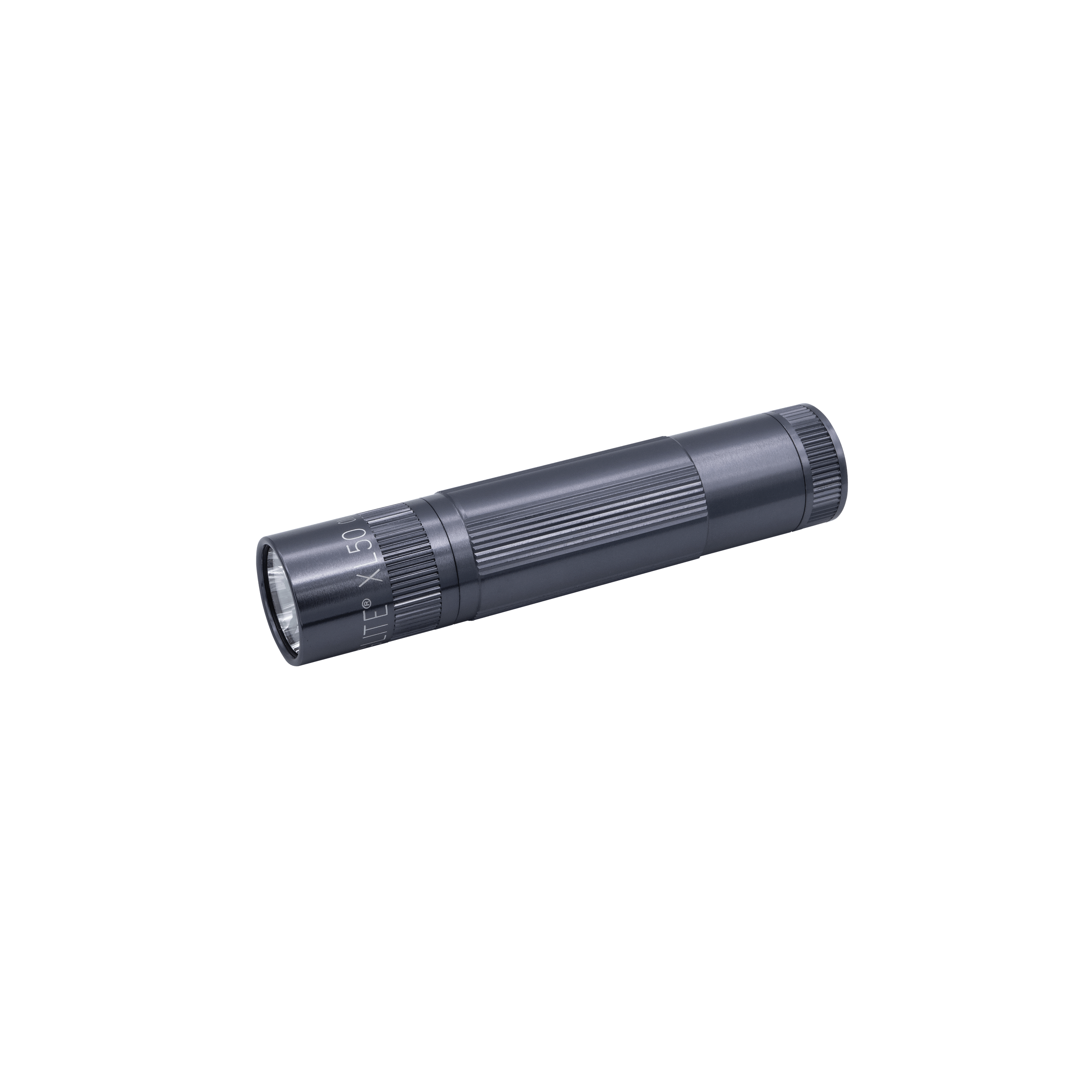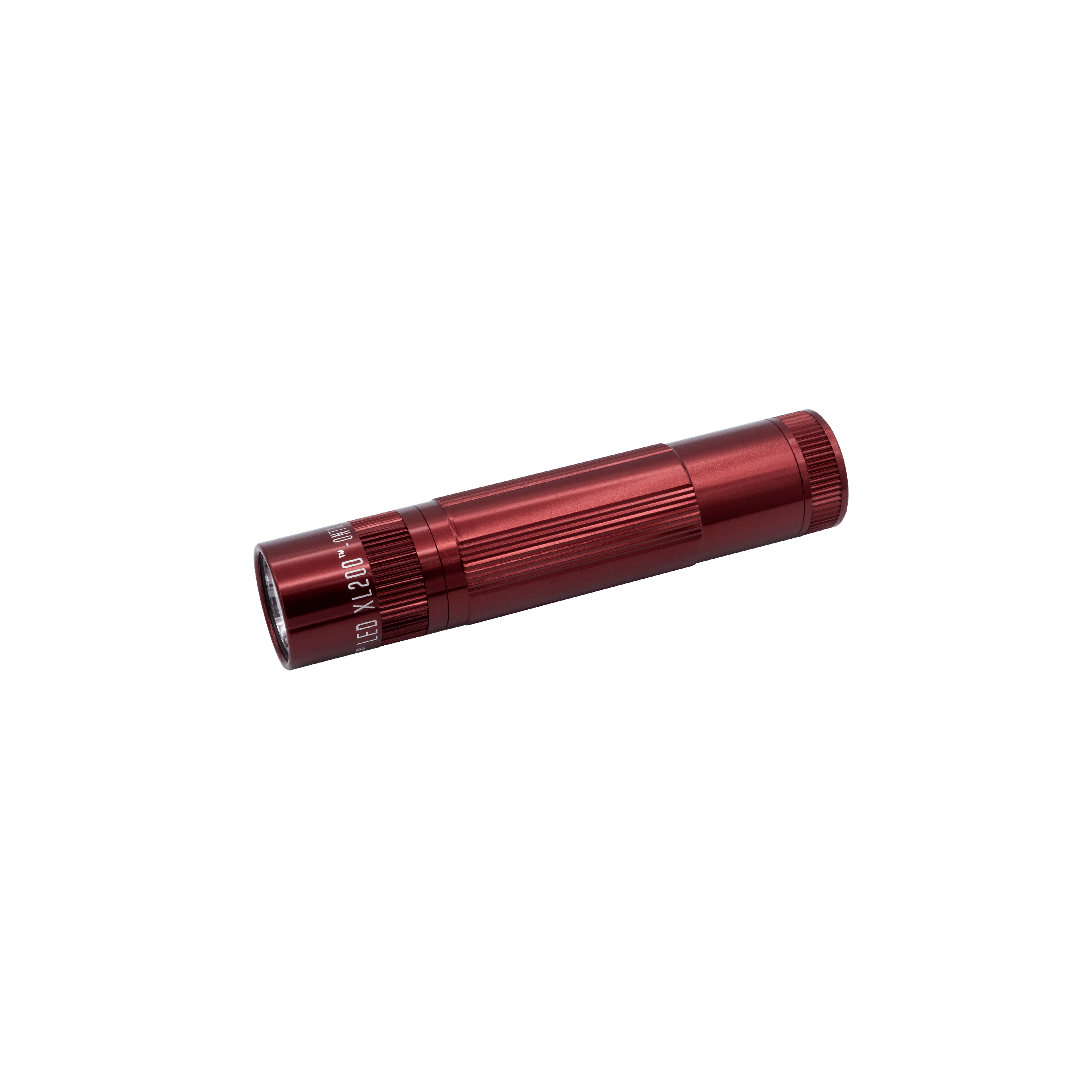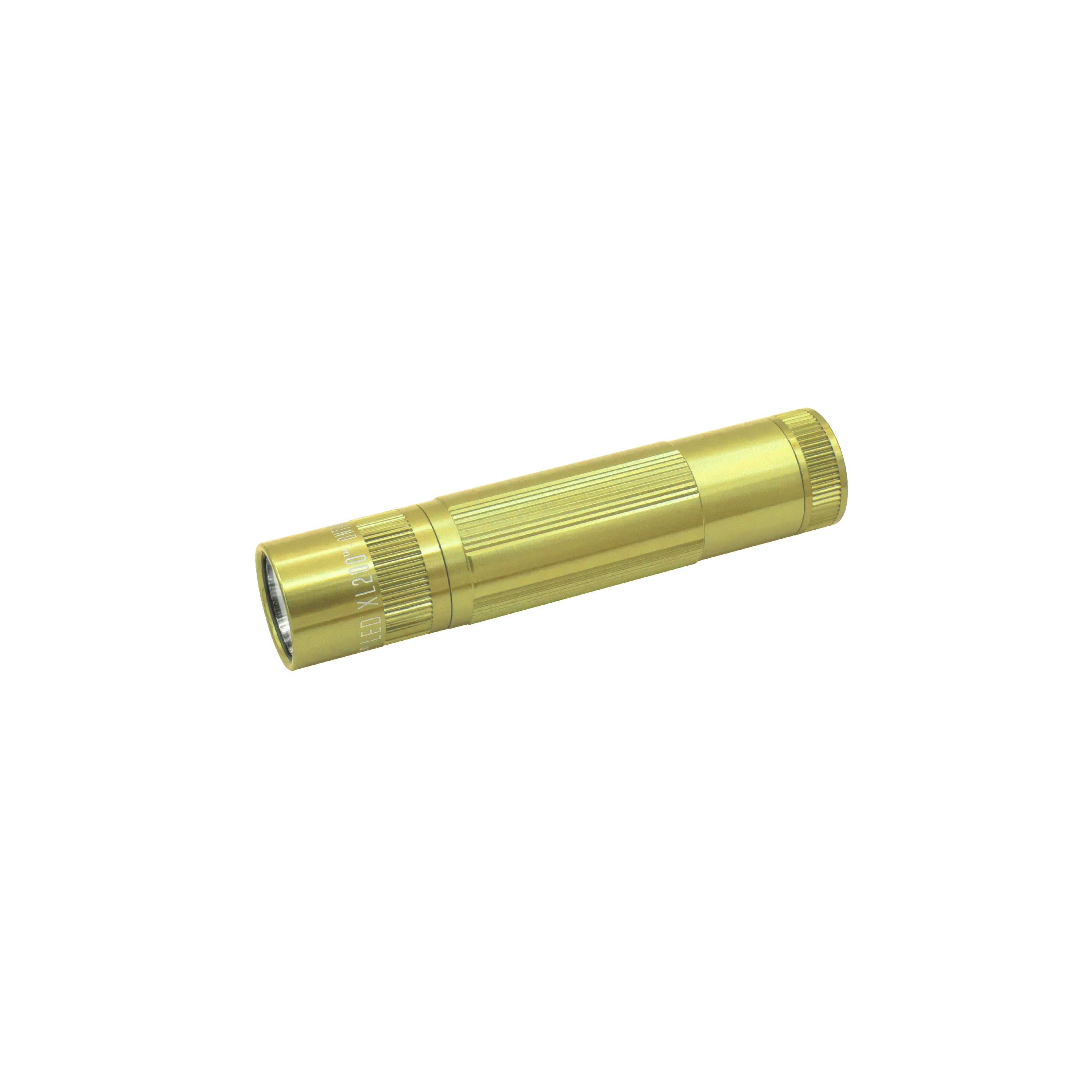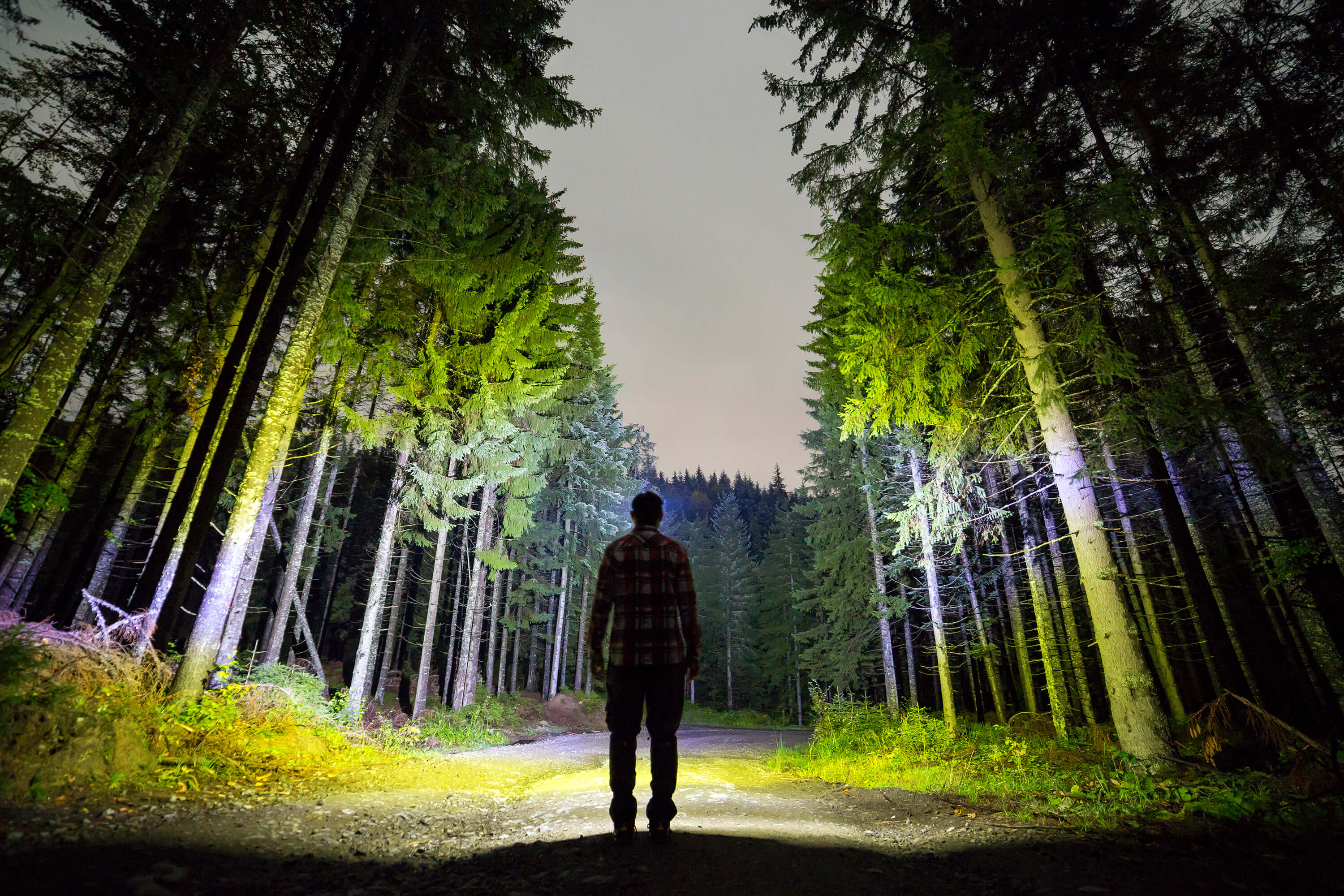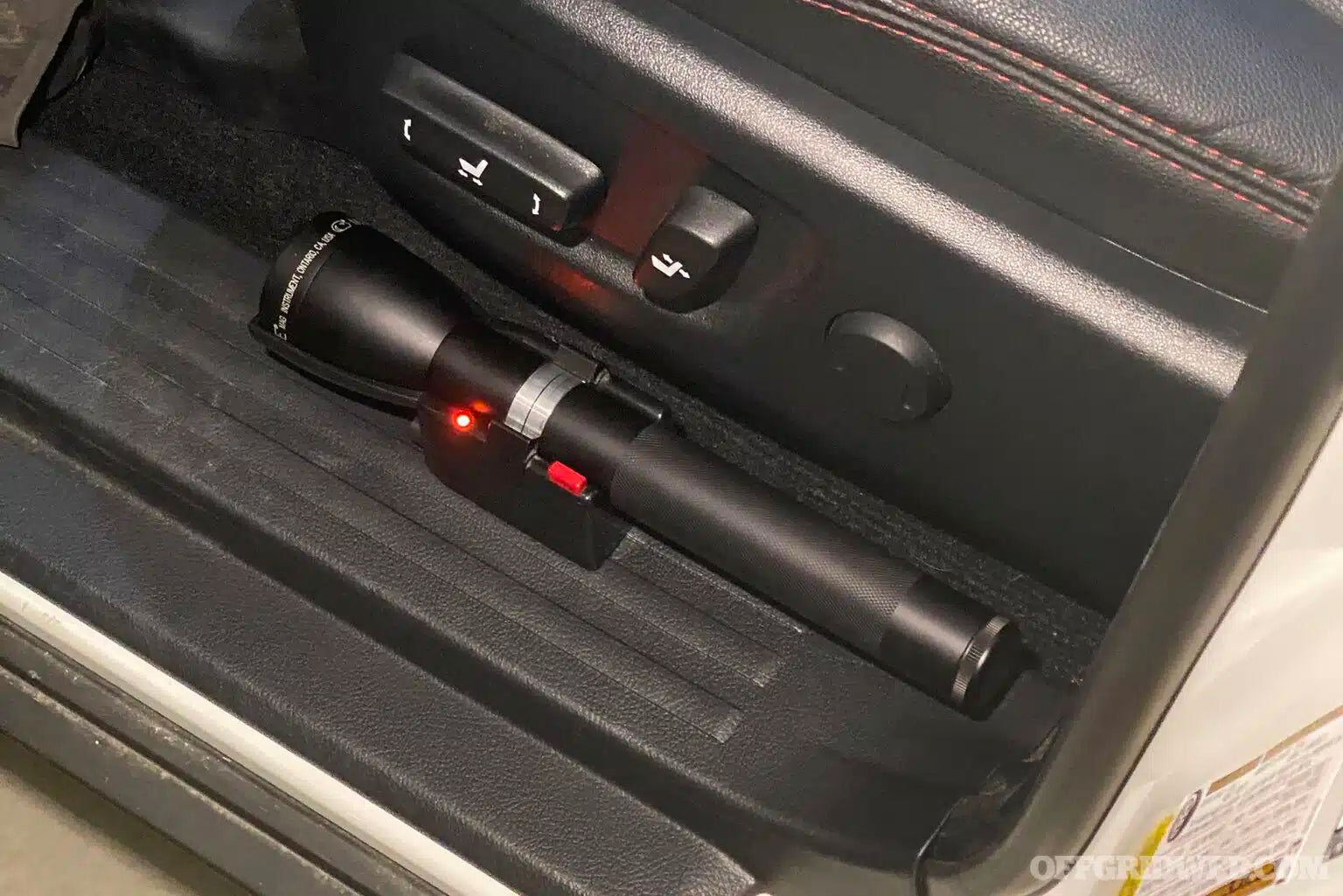BILL MURPHY: 00:49 Oh my pleasure. Thanks for inviting me.
MAGLITE: 00:51 So Bill, before we go into low light training and tactics, talk a little bit about MAG (MAGLITE) and your partnership with Maglite MAG-TAC, specifically what you have planned for the brand.
BILL MURPHY: 01:05 Well, Jim Zecchini, who's been training with us for a lot of years, VP at Maglite, and he approached us about putting together a program. And one of the keys was that we would go at this about all tactical equipment, all tactical training. And so as a result of this, we started designing things and coming right from the MAG-TAC, uh, instructors right from the personnel. So we've got MAG-TAC ONE that will be coming out in the future MAG-TAC TWO. And that's one in two battery flashlights that'll be able to be used with high output. We also designed a bud cuff for the shotgun. I am still a shotgun guy, I have all the carbines, I have all the sub guns, I have all that. But still when it gets scary and harry, I want to take a Twelve gauge. And so by putting a bud cuff on the side of the shotgun buttstock is that now I'm carrying extra eight to ten rounds of ammunition without potentially interfering with the receiver or anything else along those lines with a side-saddle or some other device and it's going to stay in place. And it's reversible for rider left-handers. So everything that we're designing right now is about the tactical environment and the tactical user
MAGLITE: 02:18 Low light training is something that you are very focused on at Firearms Training Associates. Why is that?
BILL MURPHY: 02:24 I've been in this industry teaching low-light and building, searching and clearing tactics for about 20 years. And I ran a program for a long time where I designed the training and did this, took it up to the highest levels of U.S. Military SOCOM. And so as a result, we have tons of testimonials about how we saved special operations guys lives over in Afghanistan and Iraq and other places. And so as a result of that, it's a passion to me. Police officers that survive because of what we've taught them, military guys that have survived because they came through our week of training. Some of the guys we've had three and four weeks, running them through before deployment. So this is what gives me my reward. It's not money. It's knowing that people are alive today because of what I teach them.
MAGLITE: 03:14 I can't think of much of a scarier thing than being in a combat situation in the dark where there are bullets flying and you can't see. It's terrifying. And then as a homeowner with young children and a wife, the idea of hearing that noise that you shouldn't be hearing, the creek on the stairs, footsteps coming down the hallway when you know that it's not supposed to be there and it's dark. And the area where I'm, I live, it's really dark. There are no street lights, there's no ambient light of any kind. When it's dark, it's dark. And this is obviously a training that I should personally be going through. I'm gonna have to come down and do that with you. What are the basics that people learn in low light training?
BILL MURPHY: 03:59 Well, let me cover one thing first, I don't believe in gun fighting and I've never been in a gun fight. I shoot people because they have to be shot before I let them shoot at me. And so that's the concept. If you're ready, if you're equipped, if you're in the spectrum, is get them before they start sending stuff down. Because it may say to whom it may concern on that bullet, and I don't want to find one, but what happens is coming in here is, use the light as a tool, like you would anything else. Use enough light to manage your environment, but don't use so much light that they can go ahead and identify where you are. Be unpredictable, move fluidly through the location. And so, as we do this, as we can use less and less light in the environment because we know where to go, is that during the process of this is I've already planned my next move. All my light was on for an instant to see an area and so that there's a thing called the (inaudible). And so what happened is one, it was developed, it was about making people do fighting faster and better. So what happens is as you go ahead and you run through the cycles of the (inaudible) is that you go ahead and realize that you can perform before the other guy can and that you're gathering much more information. The flashlight is an information gathering tool, so that I know when I need to use deadly force and I know when I don't need to use deadly force.
MAGLITE: 05:27 So interesting point. You're advocating lower light flashlights rather than super high lumen flashlights in those situations?
BILL MURPHY: 05:37 No, that's not the point that I make is that I like a light that causes people just to be overwhelmed when it hits him, is that it overloads the optic nerve and so when they're going through, it's using less of the light, not less Lumens. And so that I don't want to just turn the light on and try to walk through a building because somebody's going get an advantage on me, but I'm going to illuminate an area, decide where I'm moving to turn the light off and then move during that time when no one can see me.
MAGLITE: 06:08 Okay, so the idea is not to use the light in such a way that it makes you a target constantly.
BILL MURPHY: 06:13 Absolutely, and it doesn't backlight my team or anybody else that's in there working with me.
MAGLITE: 06:19 Well, that sounds a lot more complicated than just turning it on and off and something we're going to have to explore further. But again, we keep these short and pithy so that people can listen through in a very short period of time, get some useful information, and we'll be delving deeper into this topic of Low Light Training, Low Lumens versus High Lumens lights, how to use them.. As we continue the series here at the MAG-TAC Podcast with Bill Murphy here on the practical defense series. Bill, thank you for joining us and we'll talk to you next time.
BILL MURPHY: 06:52 My pleasure.


